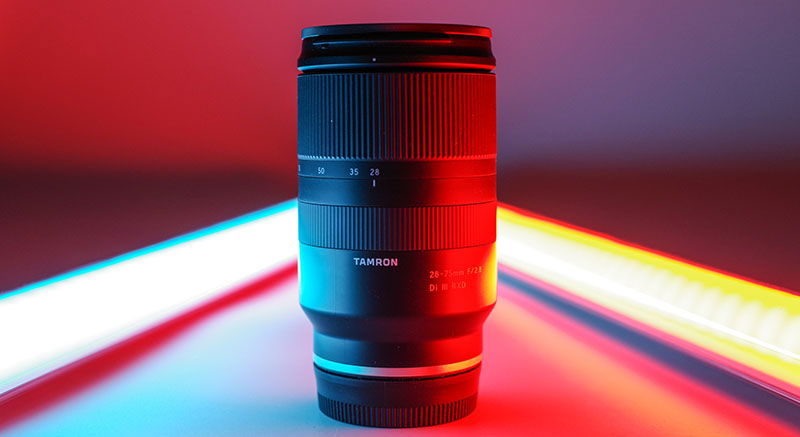
Introduction
In this review, we take a look at one of the most versatile lenses in the Tamron E-mount line-up, the 28-75mm F/2.8 Di III RXD for Sony FE-mount.
Most photographers carry a variation on the “normal zoom”; a lens going from moderately wide to short telephoto. On full frame E-mount; there are several options:
- Tamron 28-75mm F2.8
- Sigma 24-70mm F2.8
- Sigma 28-70mm F2.8
- Sony 24-70mm F2.8
- Sony 24-105mm F4
- Sony/Zeiss 24-70mm F4
- Sony 28-70mm F3.5-F5.6
- Sony 28-60mm F4-F5.6
The last two are what we generally call “kit lenses”. Not bad per se (and in fact the 28-60mm impressed us) but with smaller apertures, these lenses are not in the same categories as the others. The Zeiss is an older design with an average reputation, and the Sony 24-105 F4 has a longer range, a slower aperture, and a larger size.
This leaves us with two Sigma, one Sony and one Tamron lenses, all covering similar ranges and all offering an F2.8 max aperture.
Of these, the Tamron 28-75mm stands out for a number of reasons. Contrary to the two Sigma, it offers full weather sealing. It reaches a slightly longer maximum focal length than the others, but doesn’t widen below 28mm. It is the second smallest and lightest. It is also the cheapest.
In this in-depth review, we will take a look at all the technical and artistic parameters which help to define a lens. This was Tamron’s first full frame lens for Sony’s full frame E-mount, and on paper it is still extremely relevant after a few years. Read on to find out everything there is to know about the Tamron 28-75mm F/2.8 Di III RXD!
Table of Contents[Hide][Show]
Specifications
| Lens Name | Tamron 28-75mm F/2.8 Di III OSD M1:2 (Model F053) |
| Optical formula | 15 elements in 12 groups |
| Image circle | Full frame |
| Field of view diagonal | FF: 75.4° – 32° APS-C: 53.3° – 21° |
| Aperture range | F2.8/F22 |
| Aperture blades | 9, curved |
| Aperture ring | No |
| Max magnification | 0.34X (wide) – 0.25X (tele) |
| Minimum focus distance | 0.19m (wide) – 0.39m (tele) |
| Internal focus | Yes |
| Filter thread diameter | 67mm |
| Lens cap | Plastic, clip-on |
| Lens hood | Removable petal-shaped |
| Diameter x Length | 118 x 73 mm (4.6 x 2.9 in) |
| Weight | 550 g (7.4 oz) |
| Price (US MSRP) | $879 |
Construction and Handling
In this section, we take a look at the physical characteristics of the Tamron 28-75mm.
Front Element
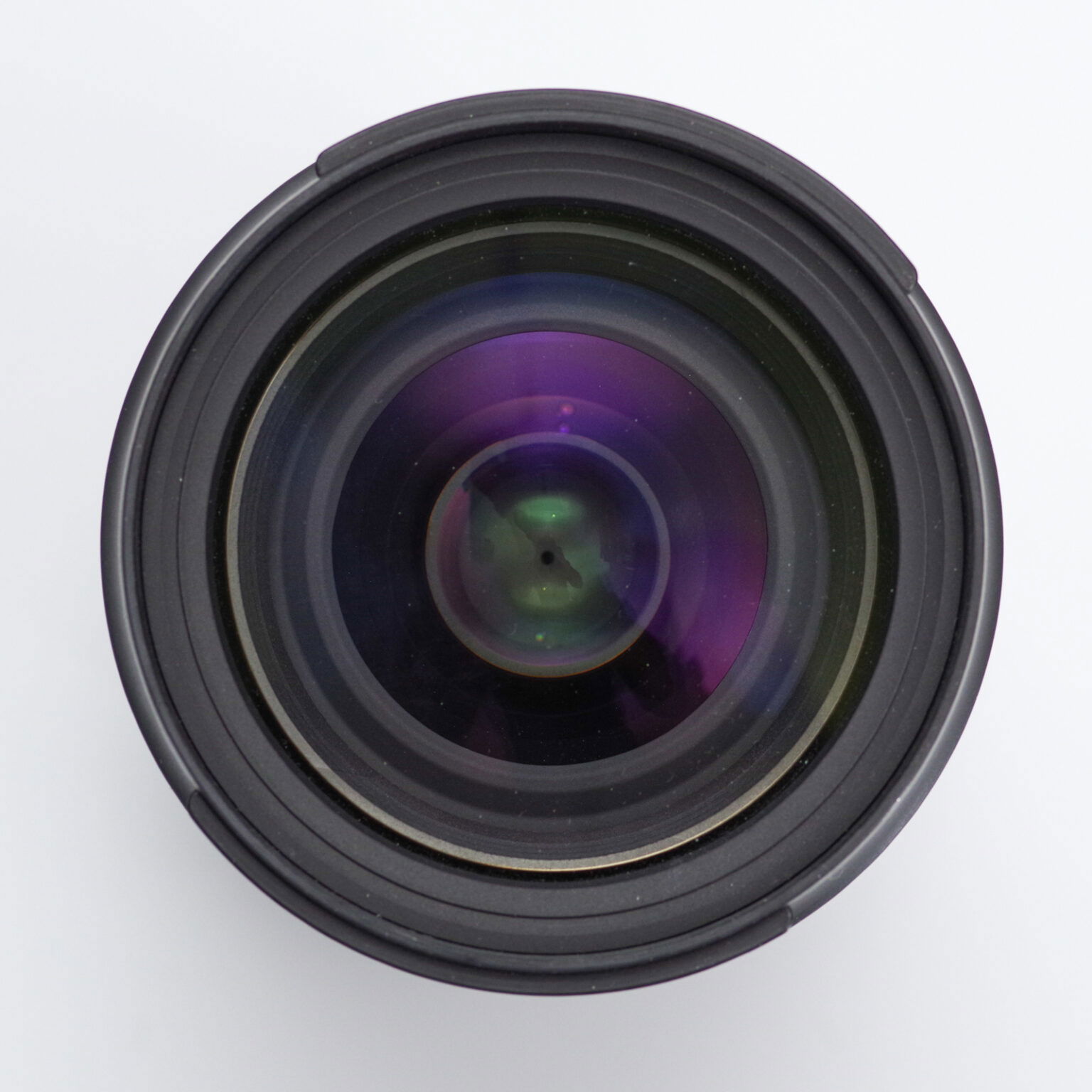
The front of the lens is devoid of markings. The glass takes up a large part of the total front surface. It is bears fluorine coatings to repel water and grease.
The lens uses a large 67mm filter thread. This diameter is shared with most of the FE-mount Tamron lenses. It makes it easy to use a single set of filters for several lenses.
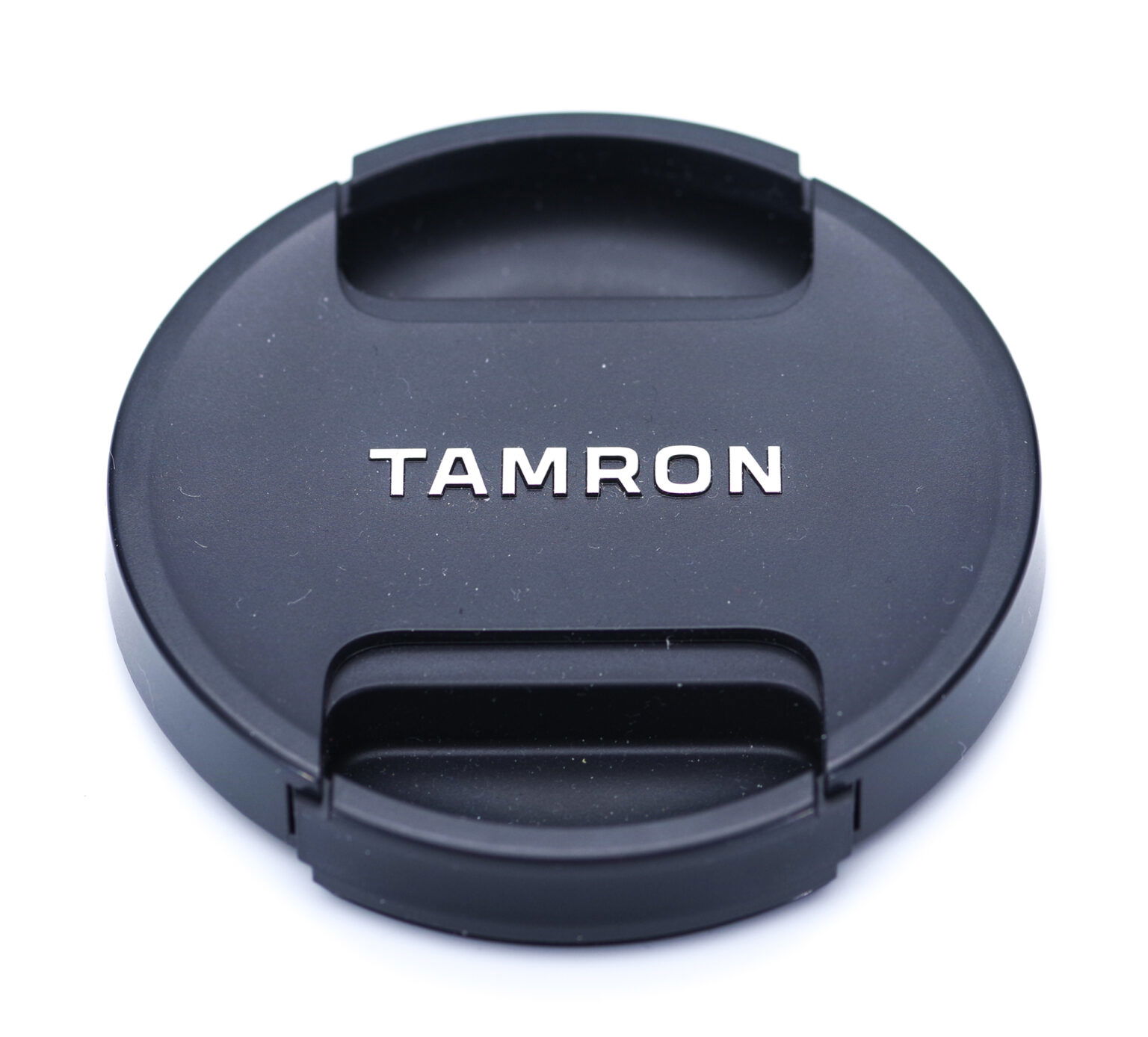
The lens cap is plastic, and a bit thick.
Lens Body
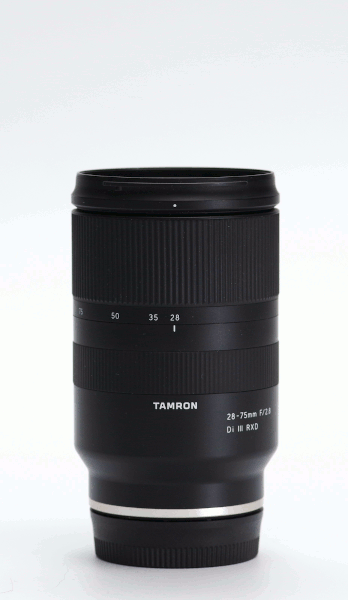
The Tamron 28-75mm has a simple body with a minimum of features and controls. It is also comparatively light weight. The body is made of polycarbonate and is sealed against water ingress.
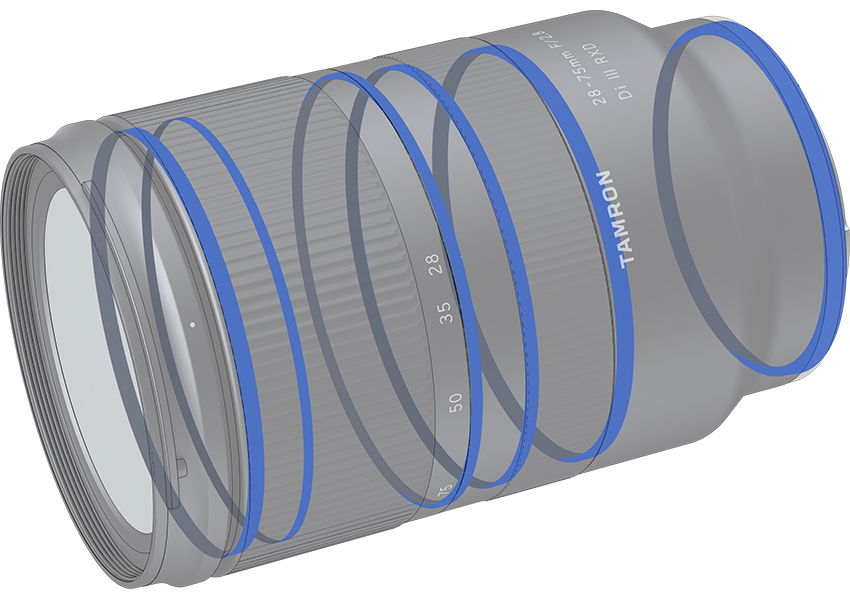
The bottom of the body, near the camera mount, bears a silver ring. This nicely matches the dual-color of the Sony A7C. A discrete mark next to the silver ring helps to line up the lens for mounting. Above, the lens tapers out to a larger diameter. The main shaft of the lens has a constant diameter; it is essentially a cylinder.
Higher up are the only markings on the lens. At the center is the brand name, and to the right is the lens name. At the back are the certification markings and the “Designed in Japan” label. Next is the focus ring. As with other E-mount lenses, the 28-75mm uses focus by wire and, while it does offer manual focus override, this must be activated in a menu and cannot be used with continuous AF. There is no switch for manual focus on the lens.
The ring is ribbed and easy to find.
The lens does not extend when focusing.
Higher up is the wide zoom ring. It has the same ribbed texture as the focus ring, and bears focal length markings. The lens extends moderately when zooming.
Aperture
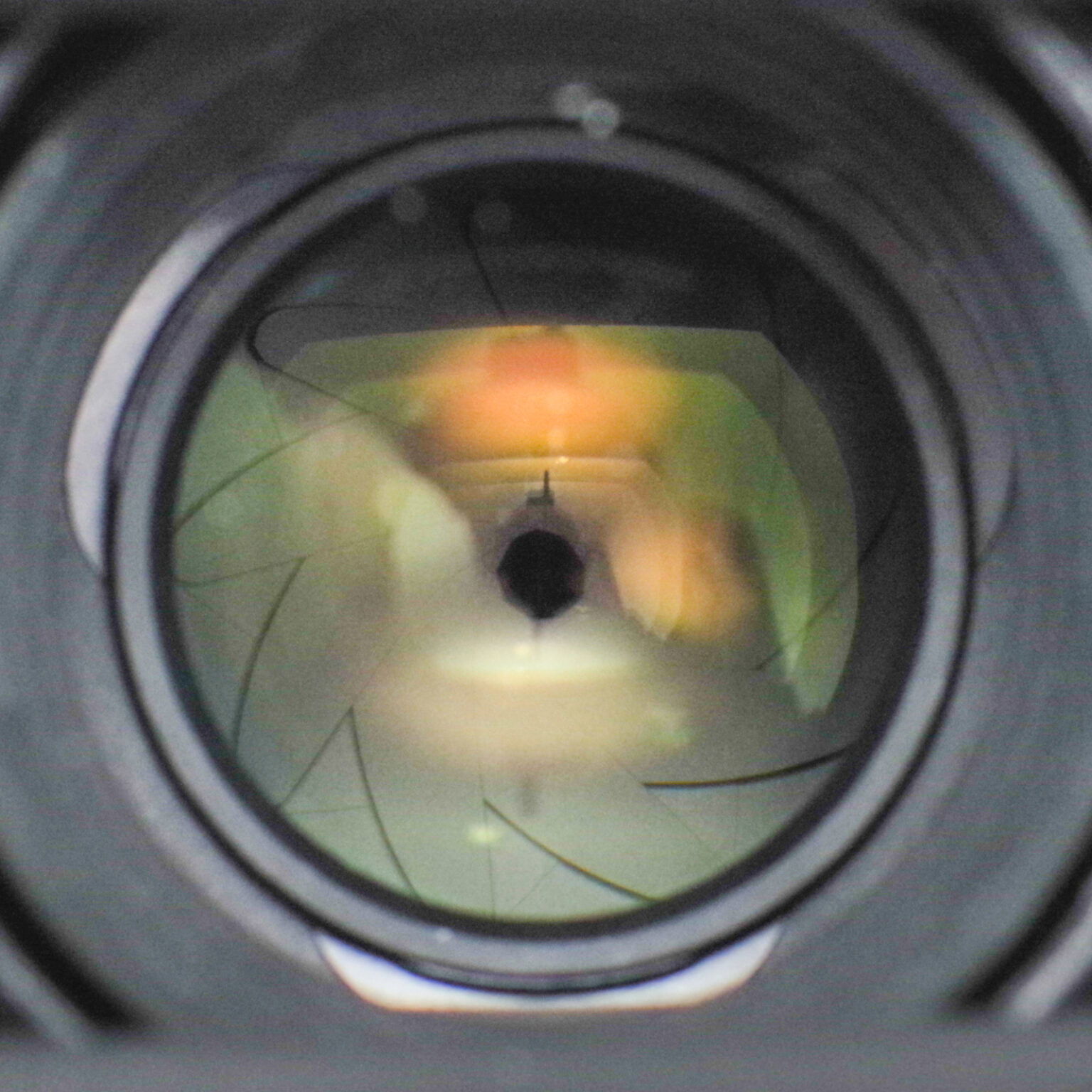
The Tamron 28-75mm uses 9 curved aperture blades.
Lens Mount
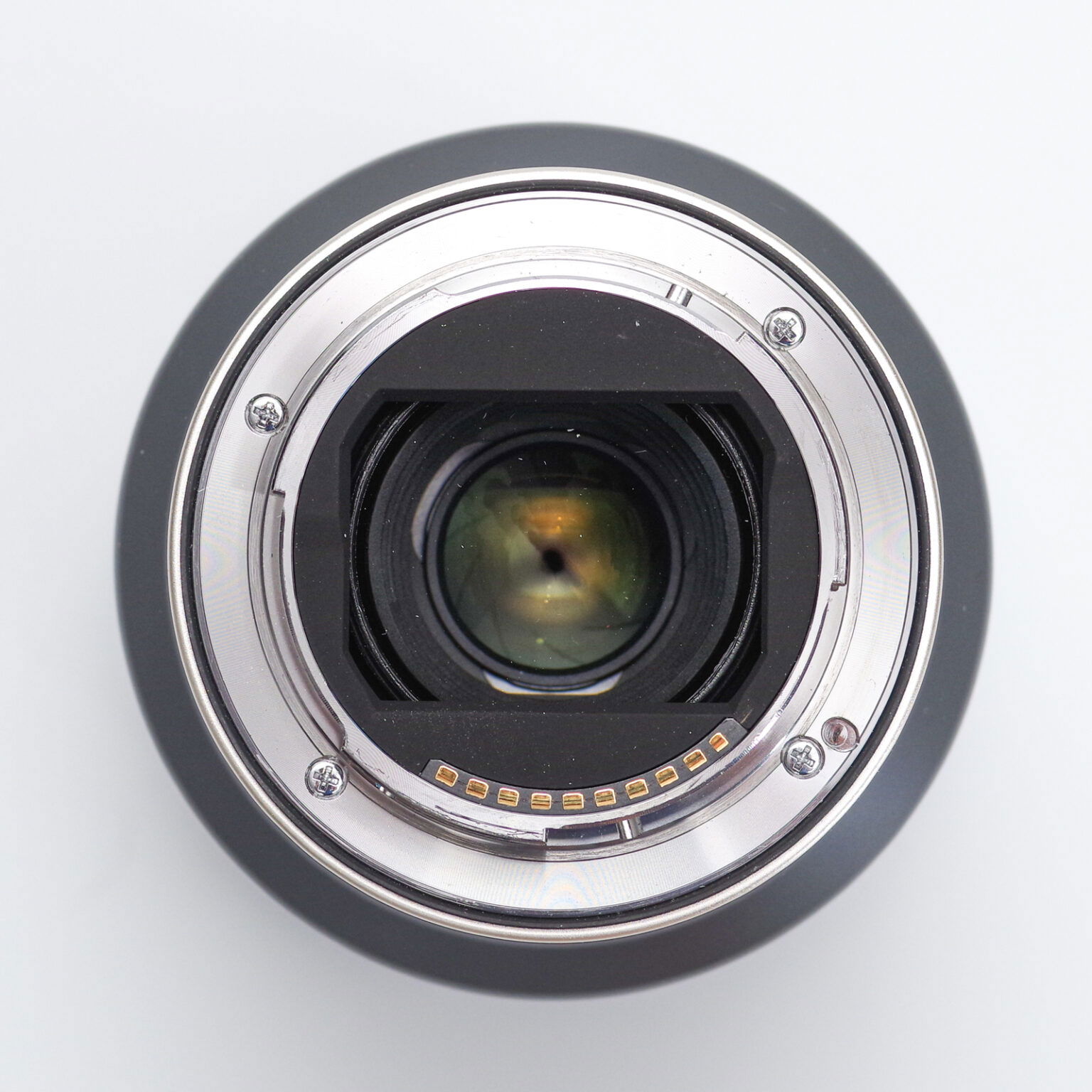
The lens mount is metal, and features a black o-ring to protect against water ingress. There is a rectangular cut-out on the back, to diminish stray reflections. To some extent, it serves a function akin to a lens hood.
Lens hood
The lens ships with a plastic lens hood. It is petal-shaped and, as usual, reverses for storage.
Mounted On Camera
The Tamron 28-75mm is nicely sized to match the diminutive A7C. It makes the system much larger than, say, the 28-60mm kit lens, but the lens is almost flush with the top of the camera body.
Side by side
Here is the Tamron 28-75mm next to the Tamron 35mm. This 28-75mm, along with its 20mm and 24mm siblings, are generally regarded as compact lenses. The 28-75 is about twice as long, and has the same width.
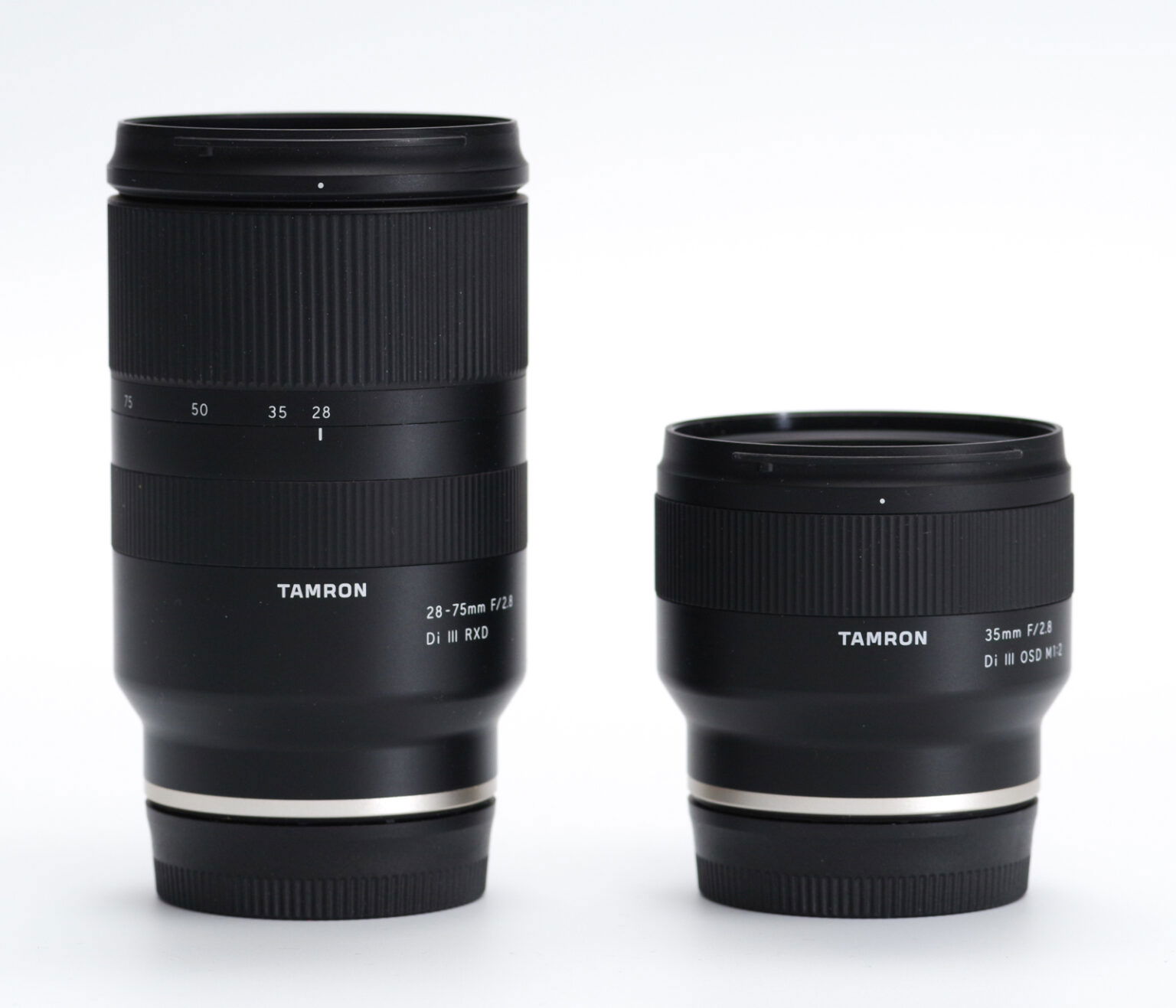
Focusing
Focusing with the 28-75mm is a clear departure from Tamron’s trio of primes. The zoom lens utilizes a different focusing system, called “Rapid eXtra-silent stepping Drive” (RXD). On paper, it is supposed to be faster, more accurate and more silent than the primes’ Optimized Silent Drive (OSD).
In use, it does feel more responsive. Focusing never feels sluggish and is almost completely silent. The lens keeps up flawlessly with subject tracking using AF-C. It supports every focusing mode available on the A7C.
There are no switches or dials on the lens, controls are all done via the camera, which makes using manual focus cumbersome at times. The focus ring is adequately dampened and shouldn’t move accidentally. It provides passable feedback to the user, better than expected but nothing special. The precision of the focus adjustments will be dictated by the speed of rotation of the focus ring. Tamron did a good job even though focus-by-wire is not as direct as mechanical focusing.
We observed no occurrences of hunting during our tests.
AF Speed
AF speed was tested with the A7C. The subject was a black cross on a white background, about 1.5 meters in front of the camera. We used the central focus point. Three measurements were averaged for each data point.
For reference, 5 EV corresponds roughly to a small room lit with a 60 W bulb, and a sunny day corresponds to 16 EV, and a moonlit night to -2 EV.
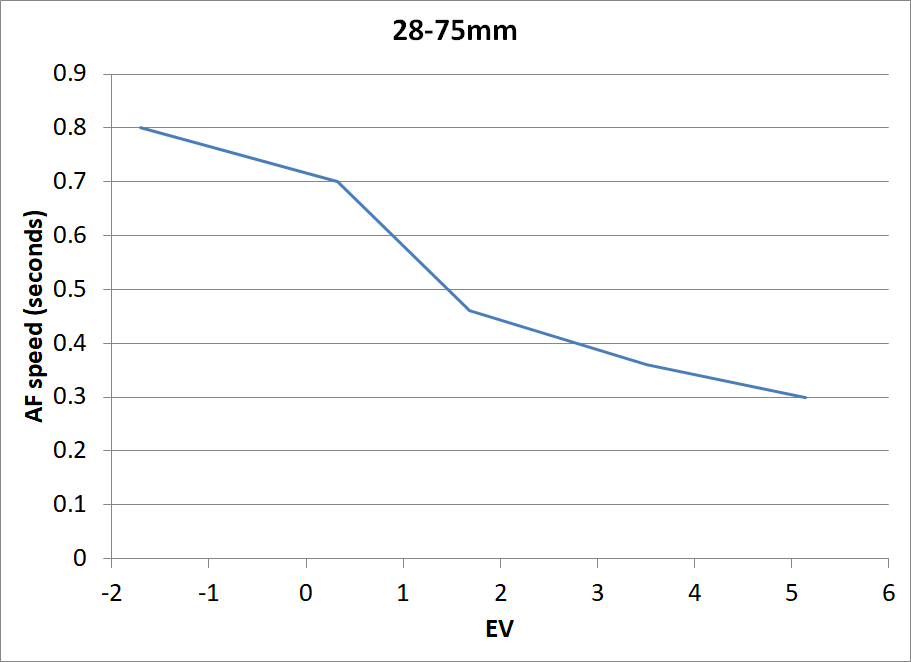
The Tamron 28-75mm does much, much better than the trio of primes regarding static AF. Even in very low light, locking focus took less than a second (while the primes took over 4 seconds in general!). In low light, it actually does better than Sony’s 28-60mm. The latter lens drops its AF speed to a ludicrous 0.2s in better light, whereas the Tamron improves its AF speed more gradually, still reaching an excellent 0.3s in good light.
In summary, the Tamron 28-75mm is a fine tool for static AF, delivering very fast and highly accurate AF.
AF Tracking
AF tracking, or continuous AF, is a hallmark of Sony cameras. As such, it is important to evaluate whether or not the Tamron 28-75mm can keep up with fast movements of the subject.
In our experience, the lens performs expertly in this regard. It is able to keep track of subjects with ease.
The following animation shows a series of 18 images, and involves movement towards the photographer, followed by a rotation. The 18 images remained well focused.
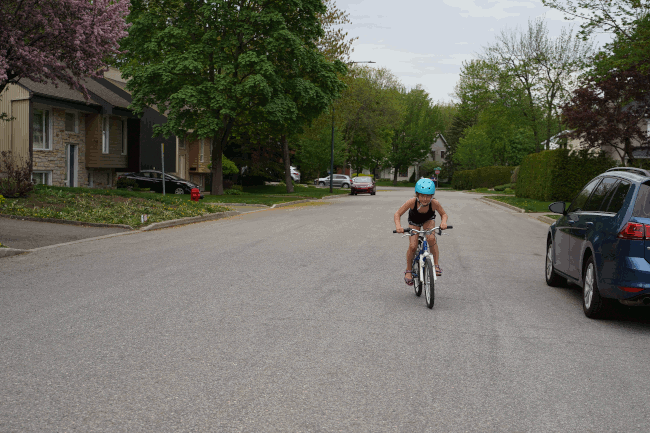
General Image Quality
Before diving into the technical aspects of this review, let’s have a look at the more subjective elements which can make or break an image.
Field of View
28-75mm is an extremely versatile focal range, especially coupled with a fast F2.8 aperture. It is the epitome of the “walk-around” lens. It can be used for landscapes and cityscapes, although 28mm is narrower than some would prefer. It can also serve in a studio, covering most needs from group shots to portraits. It can be used in low light and is well-adapted to candids and street shooting.

In use, the Tamron 28-75mm has been a pleasure to handle. It’s versatile and dependable, without being too large or heavy. Sacrificing the wider end, Tamron managed to produce a lens much lighter and compact than its competitors. For many, it will make more sense to couple this Tamron with a wider prime than to opt for another, bulkier and heavier alternative.

While not a macro lens by any stretch, the 28-75mm can still produce 1:4 magnification at 75mm, and 1:2.9 at 28mm (which can be counter-intuitive). In a pinch, it can serve for close-ups.

The 28-75mm does very well for portraits, with pleasant skin rendering and good subject isolation.

Color and Contrast
Just like other Tamron lenses, the 28-75mm produces rich colors, well saturated and pleasing. Its rendering of skin tones are particularly well-tuned.

Starbursts
Starbursts are nothing special. The are present at F11 and F16, but not particularly beautiful. At larger apertures, they are indistinct and diffuse. This is not a perk of the Tamron 28-75mm.
Metering and Exposure
During our tests, exposure was generally consistent and reliable. The lens and camera combo tend to underexpose slightly in difficult situations, but this occurred rarely.
Sharpness
Sharpness, or a lens’s ability to resolve small details, is far from the only important characteristic of a lens, but it is probably the one which many users look at first. Soft images distract the viewer and the sharpest point in an image draws the eye of the viewer.
There are several ways to measure resolution. Some are quantitative, such as the number of lines per millimeter that can be resolved, while others are comparative, such as using a standardized scene to pit lenses against one another. We will use the latter, and supplement it with real-life examples below.
To evaluate sharpness, we use a standard test chart that can be used to compare lenses to one another. We place the camera and lenses at a distance of 100x the focal length, so that the chart occupies the same area on all test images. This results in distances of 2.8-7.5 m in the present case. The chart is positioned successively in the center, on the edge and corner off the frame, testing all apertures each time. Focus is repeated for each position to avoid field curvature contributions.
This test will not show how good a lens can be. Quite the contrary, it is a stress test to illustrate the limits of a lens’s capabilities.
Resolution is of course sensor-relevant. For this test we use the A7C camera’s 24 MP sensor.
Test results at 28mm
The following images illustrate the results at all apertures at 28mm.
| Center | Edge | Corner | |
| F2.8 | 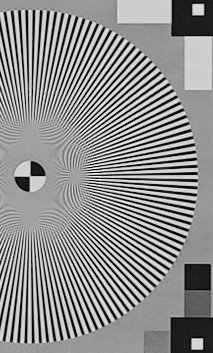 | 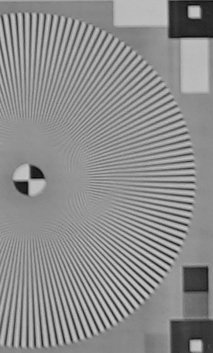 | 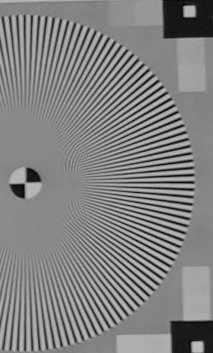 |
| F4 | 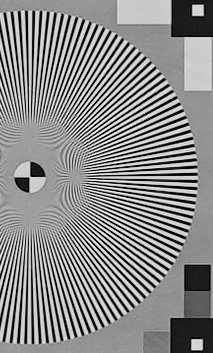 | 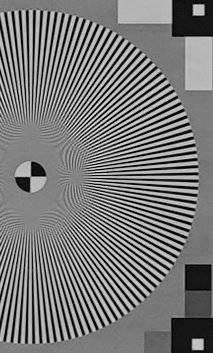 | 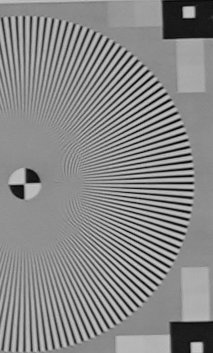 |
| F5.6 | 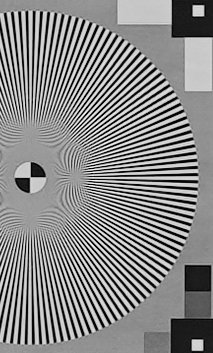 | 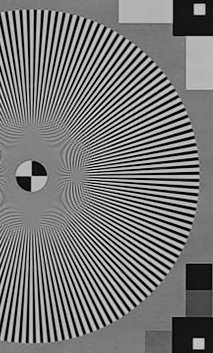 | 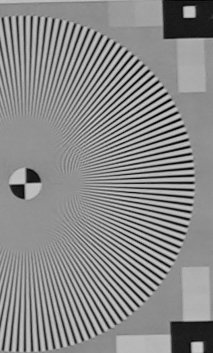 |
| F8 | 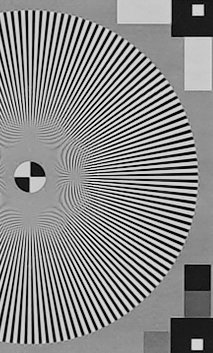 | 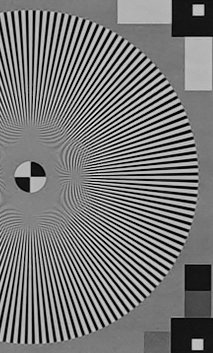 | 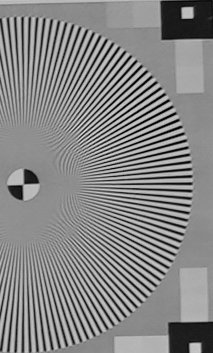 |
| F11 | 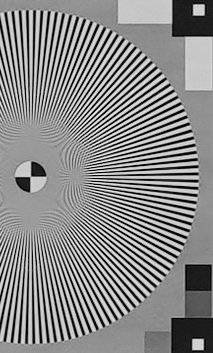 | 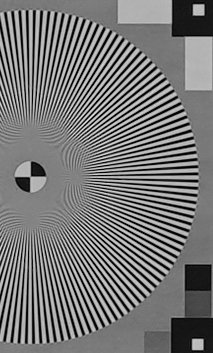 | 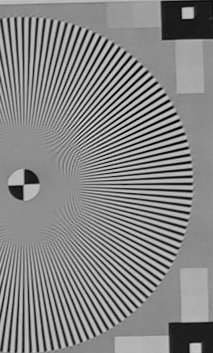 |
| F16 | 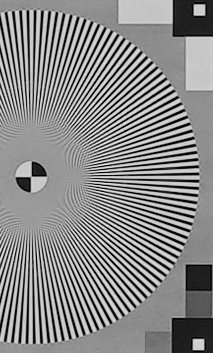 | 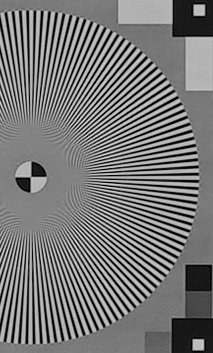 | 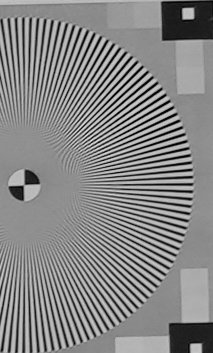 |
| F22 | 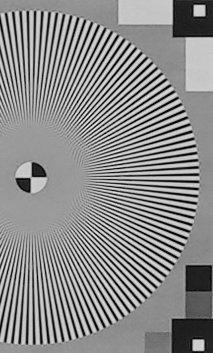 | 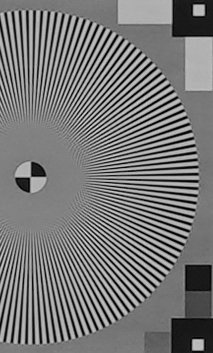 | 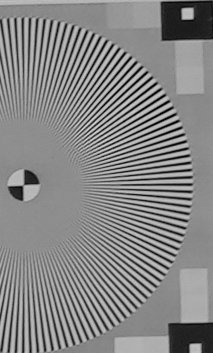 |
Tamron has generally delivered excellent sharpness with their E-mount lenses and the 28-75mm is no different at 28mm. In the center, at all apertures, the lens produces excellent resolution. Even wide open the lens is close to its peak capabilities. Results improve slightly until F8 but anything between F2.8-F11 will be comparable and extremely sharp. F16 and F22 remain very good, just not as good as wider apertures.
Edges are very good but not as sharp as the center. At F2.8 the edges are soft, but they get much better just one stop smaller, and remain close to center resolution until the smallest apertures.
Corners are still softer. Best results are obtained at F8-F11. F5.6 is usable but softer, and F2.8-F4 are unimpressive, as are F16-F22.
These results are reassuring. 28mm is more likely to be used for landscape and comparable scenes where the whole frame is likely to include interesting elements.
Test results at 50mm
The following images illustrate the results at all apertures at 50mm.
| Center | Edge | Corner | |
| F2.8 | 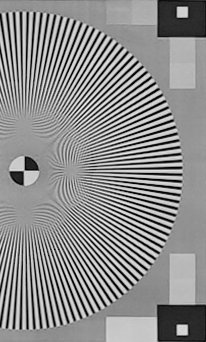 | 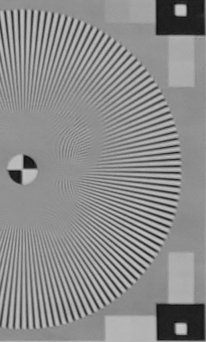 | 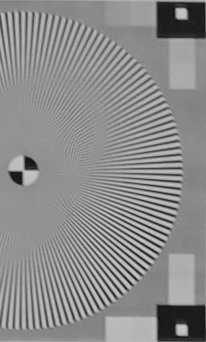 |
| F4 | 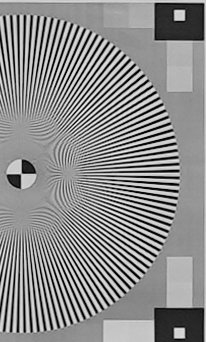 | 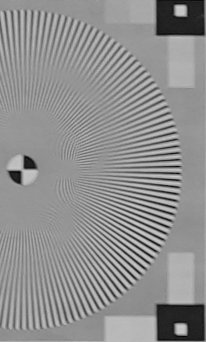 | 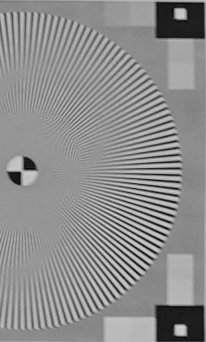 |
| F5.6 | 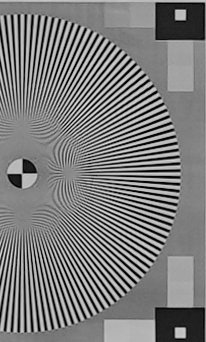 | 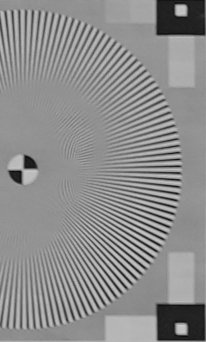 | 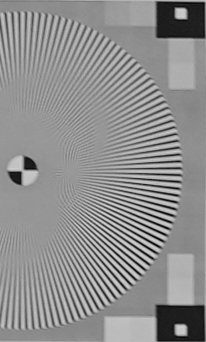 |
| F8 | 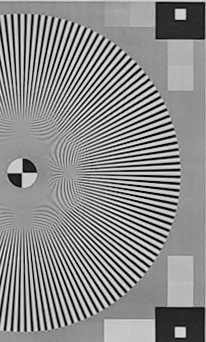 | 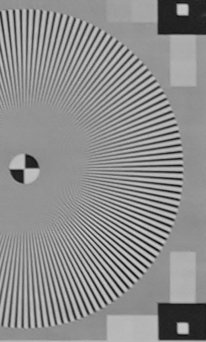 | 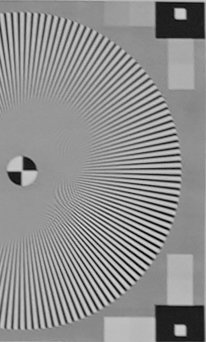 |
| F11 | 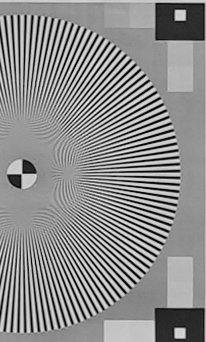 | 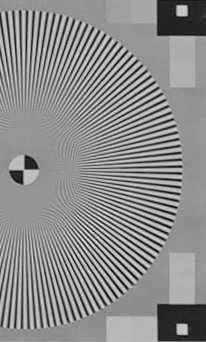 | 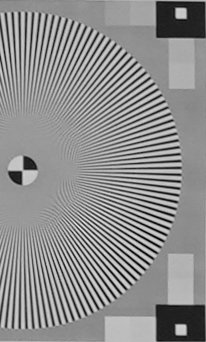 |
| F16 | 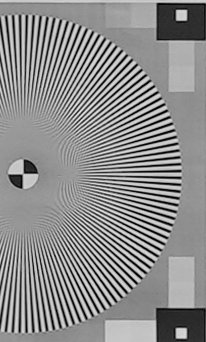 | 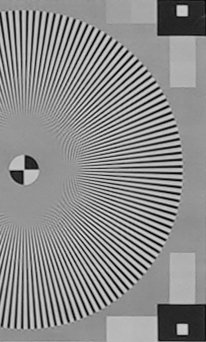 | 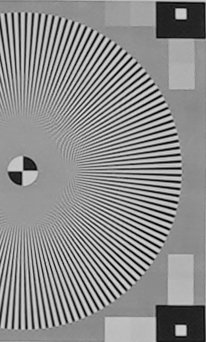 |
| F22 | 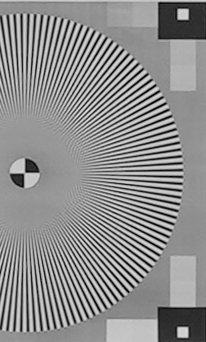 | 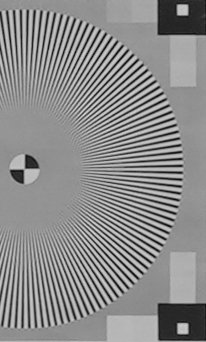 | 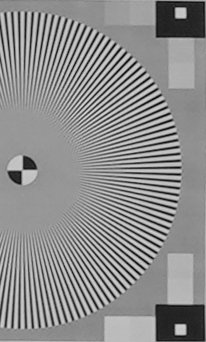 |
Center sharpness at 50mm is again excellent, if not quite as high as at 28mm. Again, anything between F2.8 and F11 can be used dependably.
Sadly, edges and corners are not nearly as sharp. In fact, up to F8 they are soft. They get better at F11, but never impressive.
One important element to note is that the “center” section actually extends close to the edges. In other words, the results from our center samples will apply on a significant portion of the frame. This does not necessarily show on our sample images, and we will not change our test method to put a lens in better light, but users should know what to actually expect. In this case, the majority of the frame performs in line with the center results.
Test results at 75mm
The following images illustrate the results at all apertures at 75mm.
| Center | Edge | Corner | |
| F2.8 | 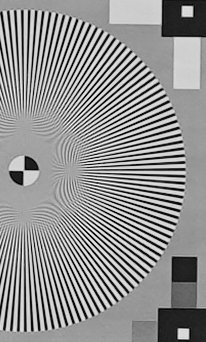 | 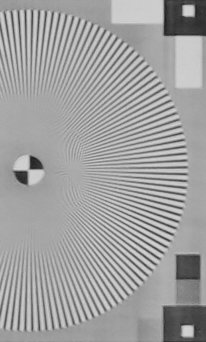 | 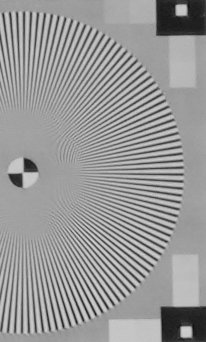 |
| F4 | 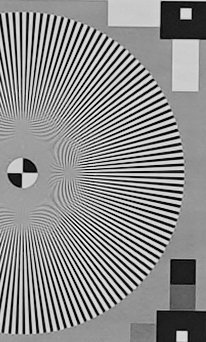 | 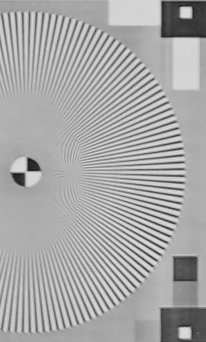 | 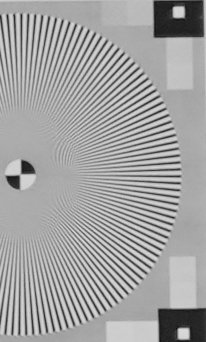 |
| F5.6 | 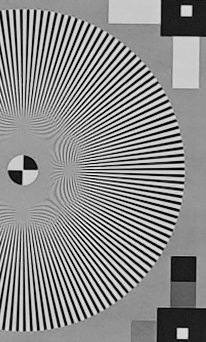 | 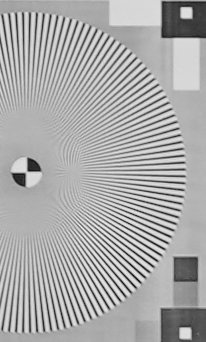 | 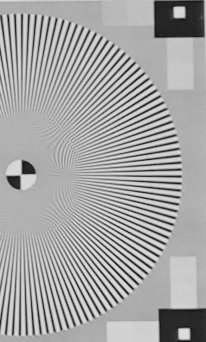 |
| F8 | 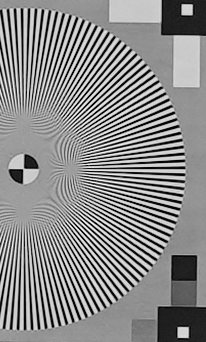 | 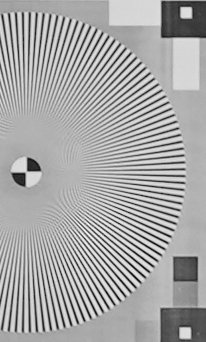 | 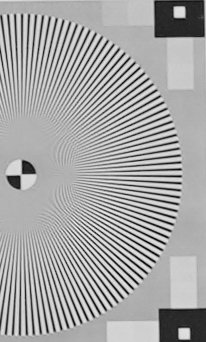 |
| F11 | 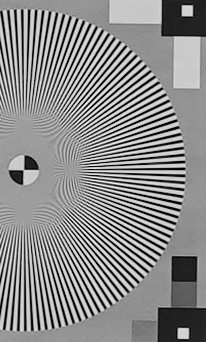 | 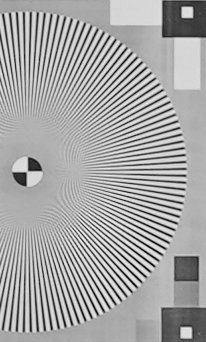 | 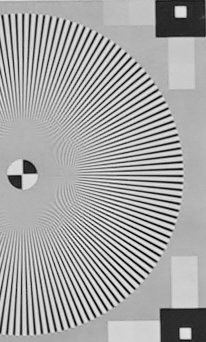 |
| F16 | 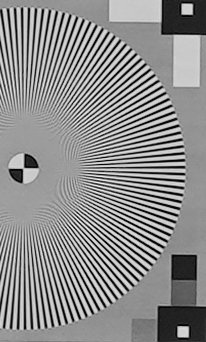 | 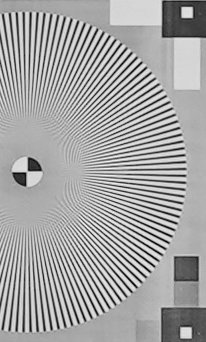 | 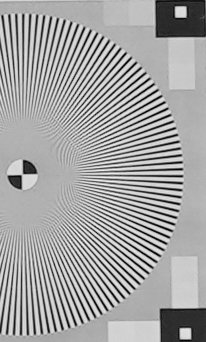 |
| F22 | 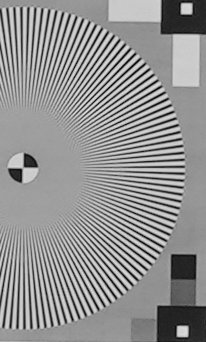 | 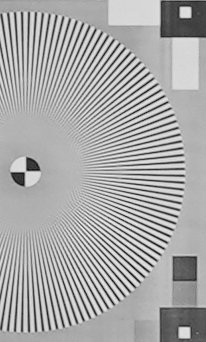 | 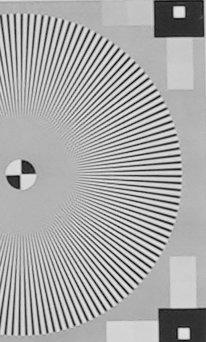 |
At 75mm, the Tamron 28-75mm is again a superb lens in the center, and no more than adequate on the edges and corners. In the center, there is a slight decrease in resolution at F2.8, and excellent results between F4 and F11. F16 is usable, F22 less so.
Edges and corners are almost always soft. This won’t matter much at 75mm since subject isolation is often desired, but users should be aware of the limitations of the lens.
The comments we made at 50mm apply also here: the center region extends close to the actual edges.
The images below show the level of sharpness attainable when using close focusing.
Summary
The Tamron 28-75mm produces good uniformity at 28mm, and excellent sharpness at all focal lengths. However, at 50 and 75mm, edges and corners are generally soft.
Vignetting
Vignetting, or the darkening of corners at wider apertures, is both a defect and a feature, as it can be used creatively to put emphasis on subjects closer to the center, create a mood or a vintage look. It can also be corrected automatically by modern cameras so is less of a problem than in the past. That is only true for lenses with electronic contacts, including the Tamron 28-75mm.
The following chart illustrates the vignetting of the lens for full frame when left uncorrected.
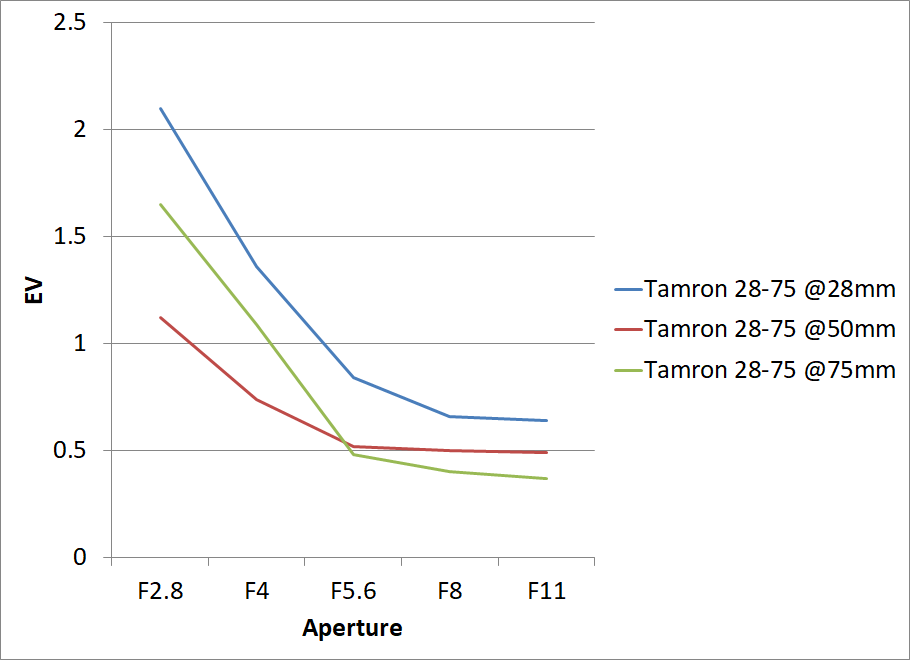
The 28-75mm reaches its best performances near the middle of its range, around 50mm. There, even wide open, vignetting is only slightly above 1 EV. 75mm increases this by about a half-stop, and 28mm brings another half-stop to the table. This is not particularly impressive, but not particularly surprising either.
The good news is that vignetting improves quickly as the aperture closes. Things stabilize at F5.6 where vignetting drops below 0.5 EV except at 28mm. These results are acceptable considering that built-in corrections exist. This is the kind of compromise needed to design a fast zoom with a compact form factor.
The images below show the lens’s vignetting at varying apertures.
| 28mm | 50mm | 75mm | |
| F2.8 | 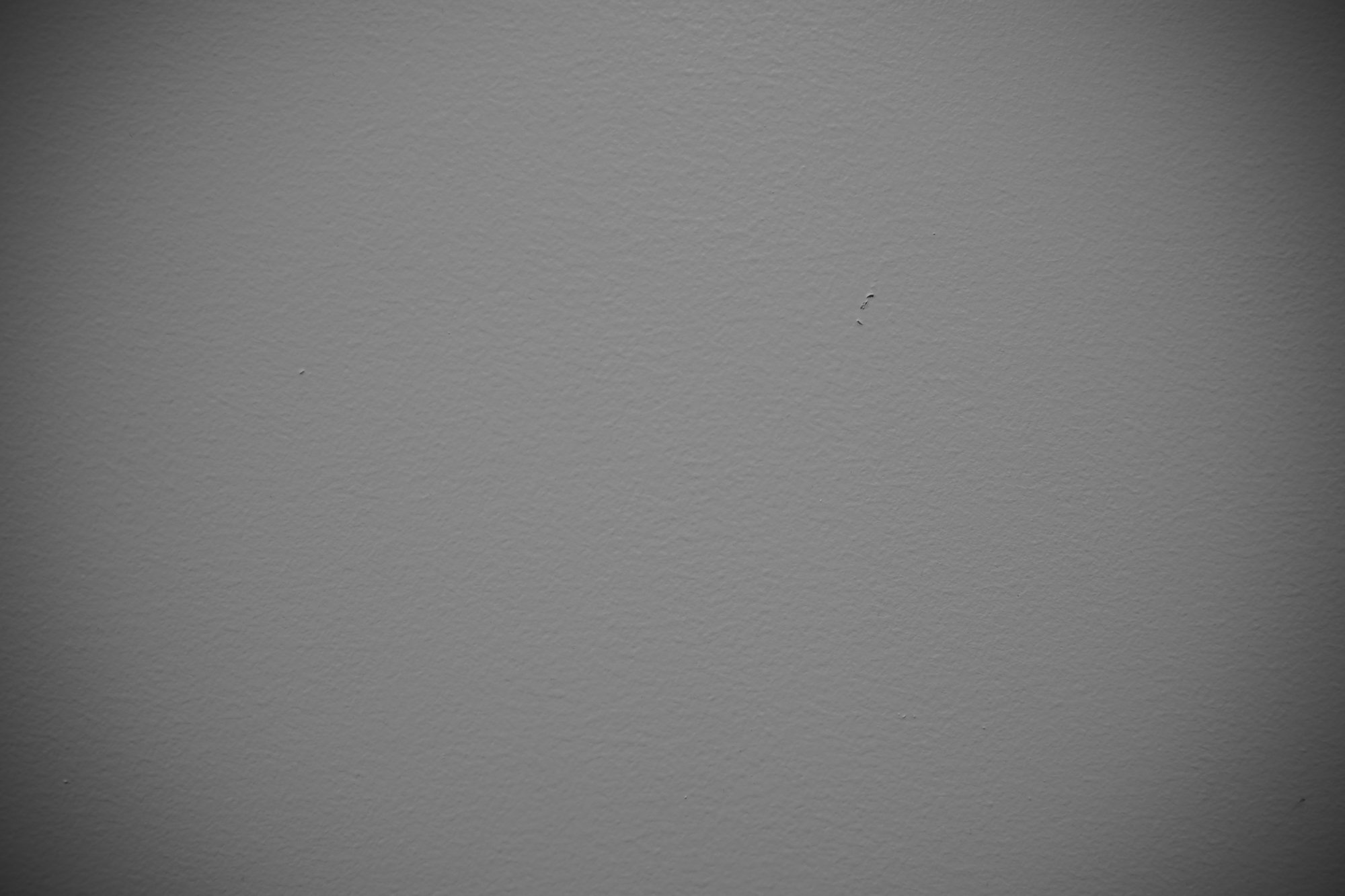 | 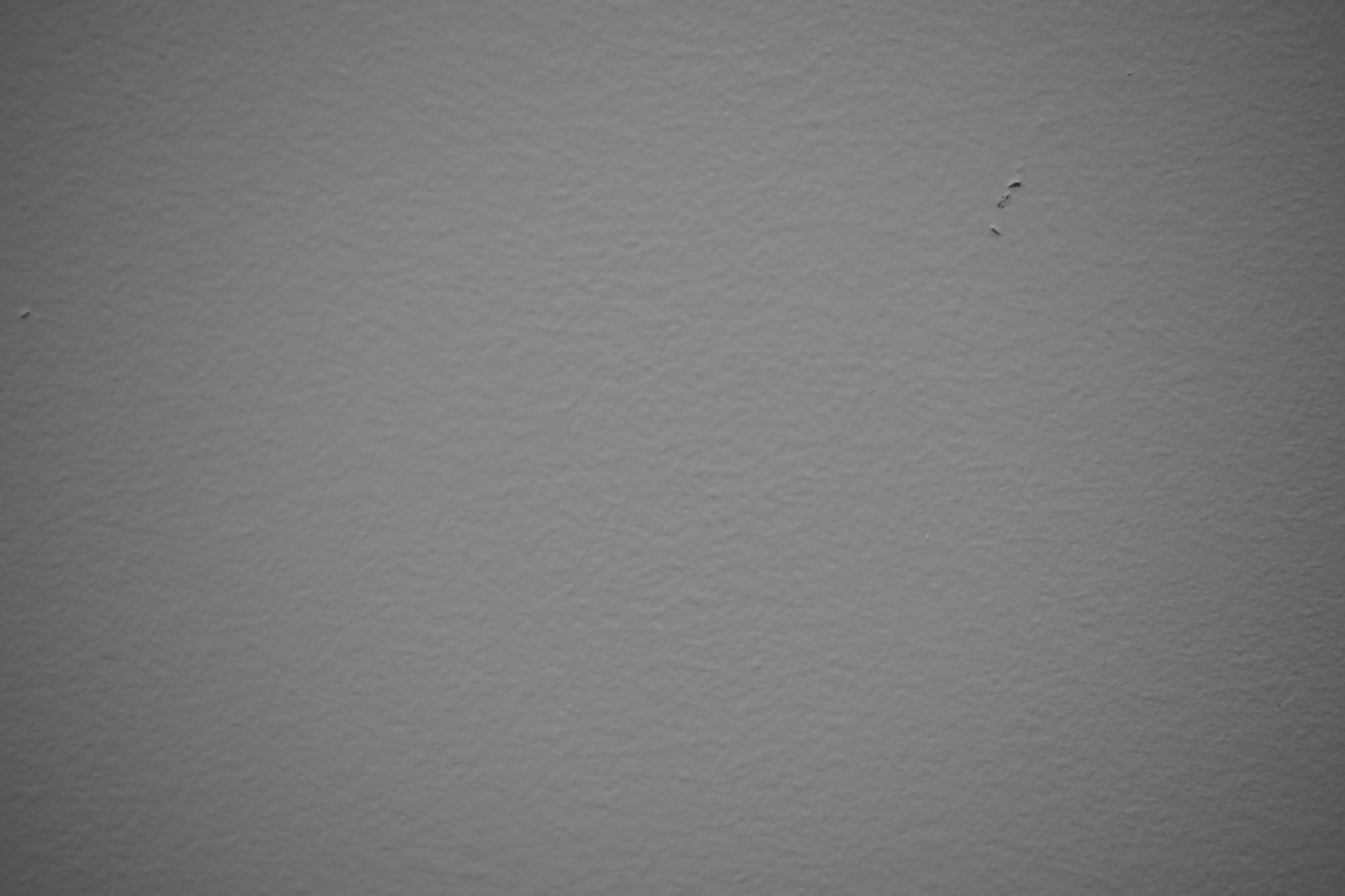 | 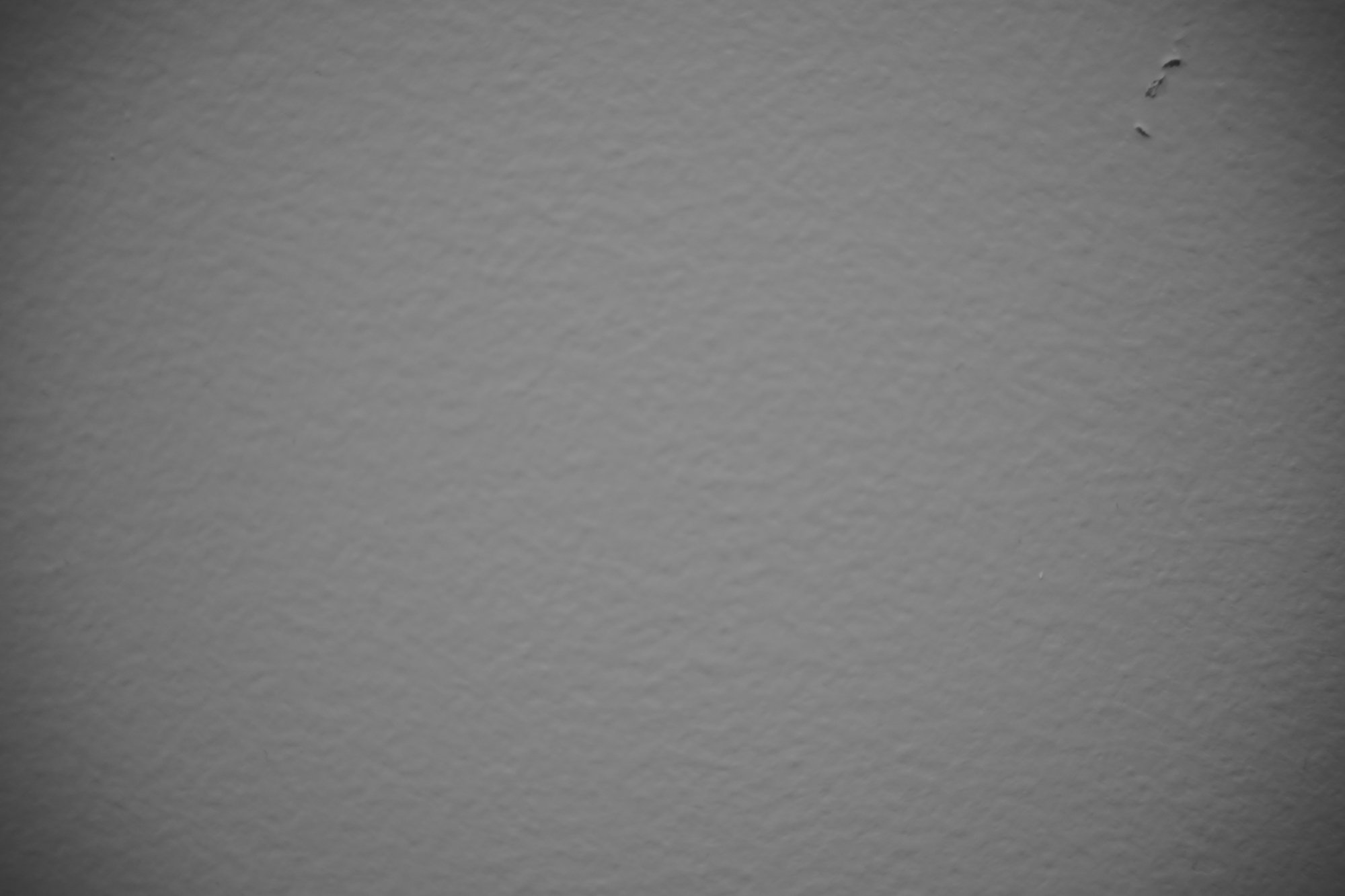 |
| F4 | 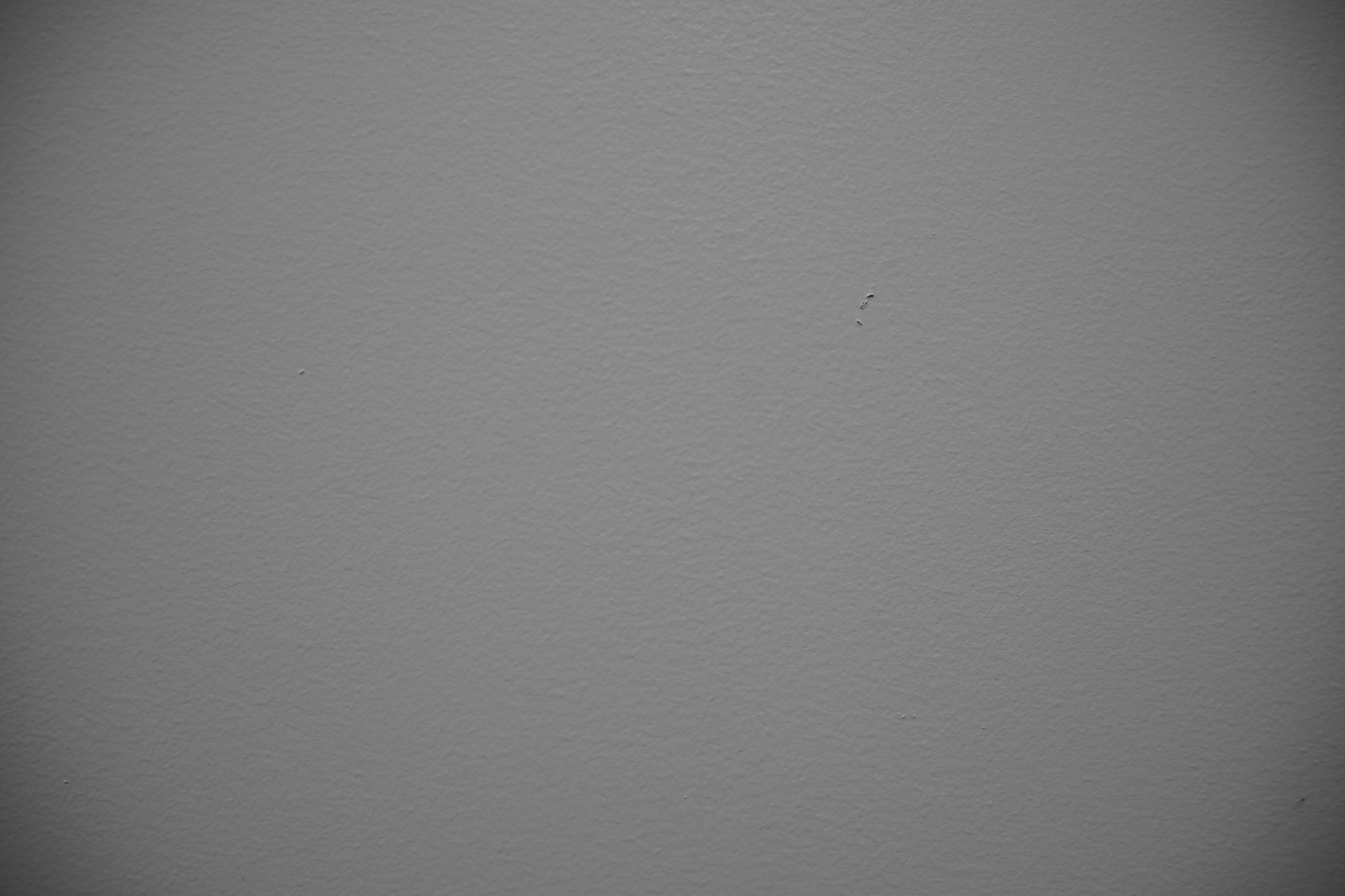 | 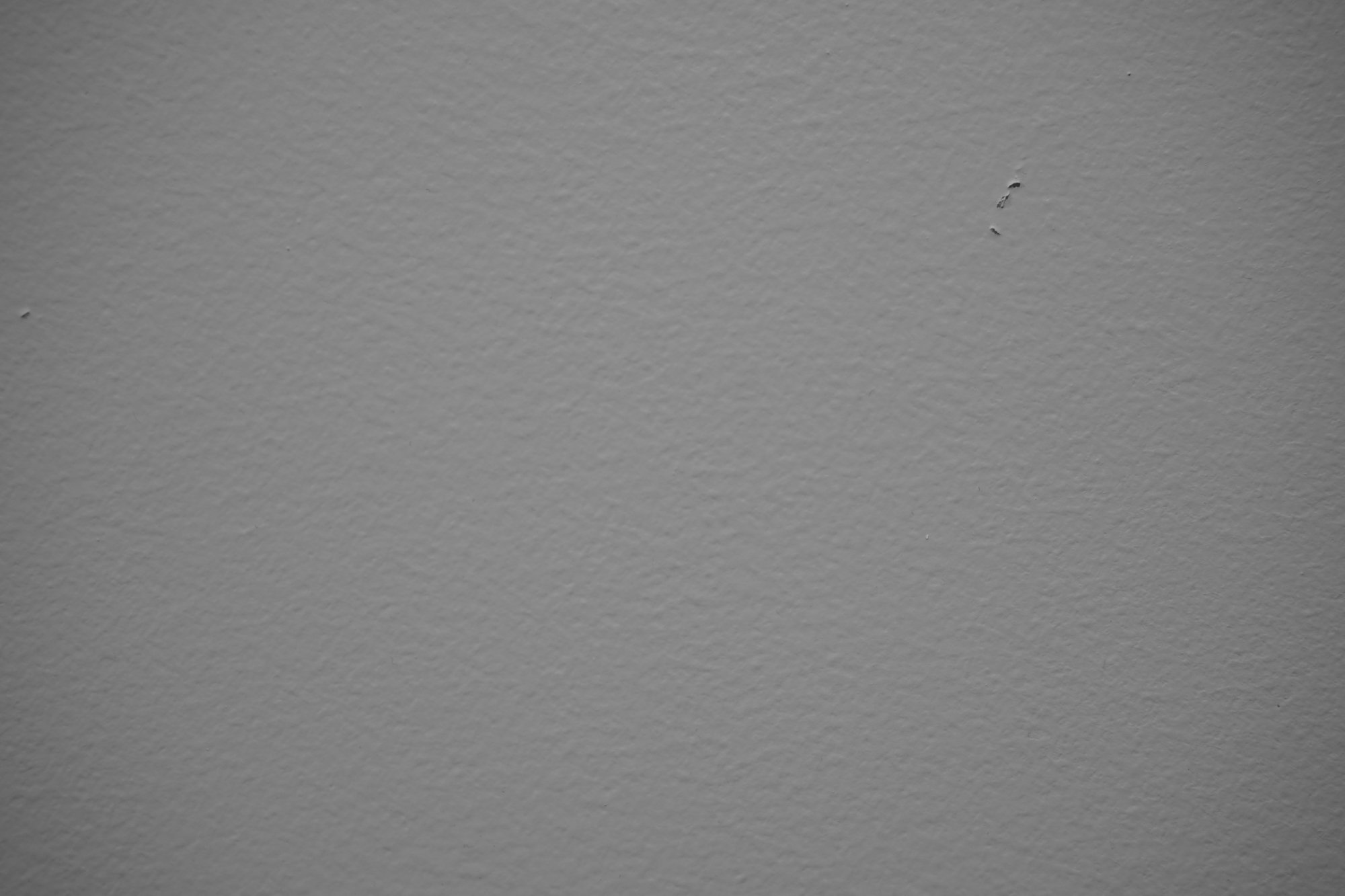 | 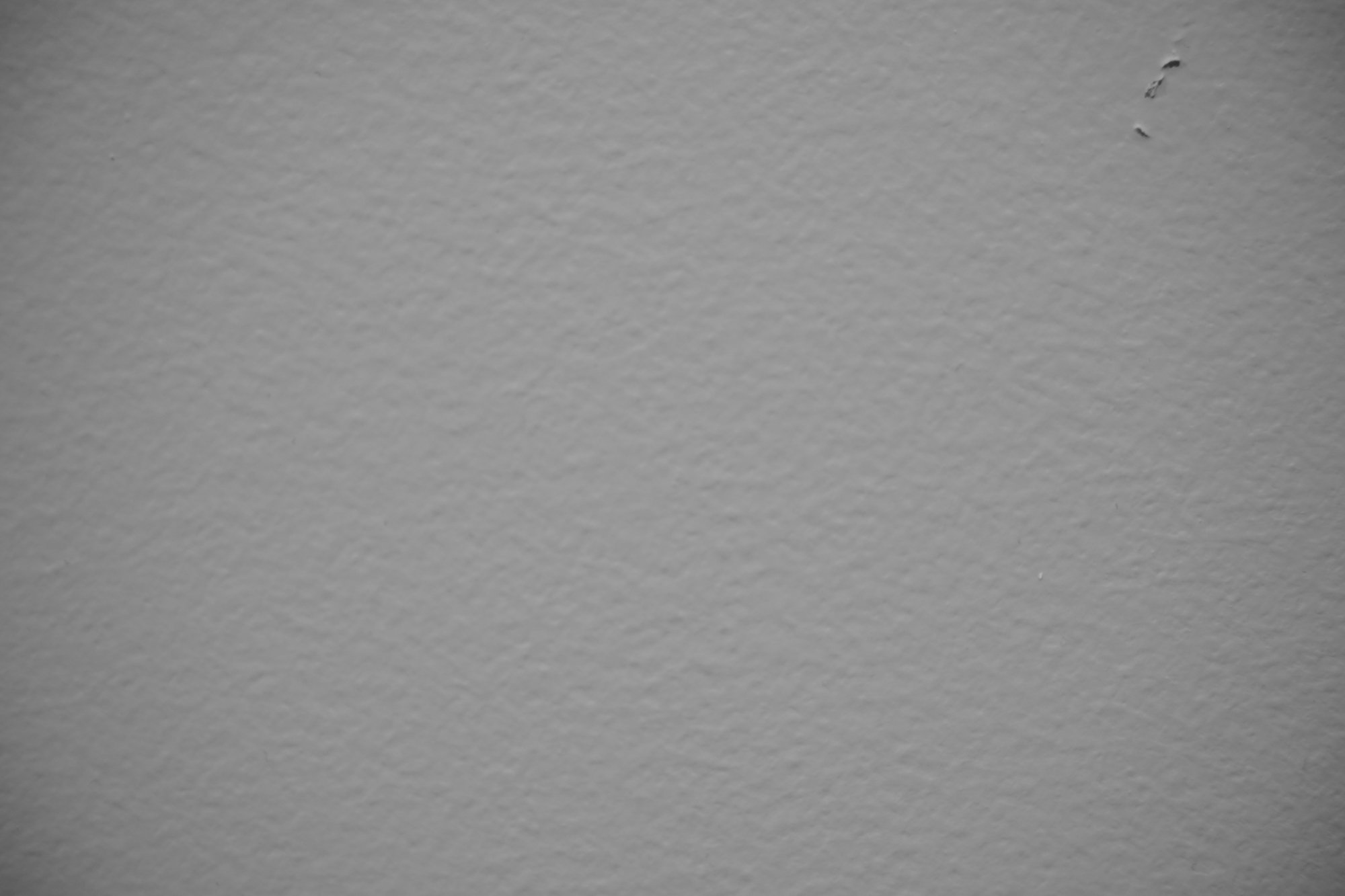 |
| F5.6 | 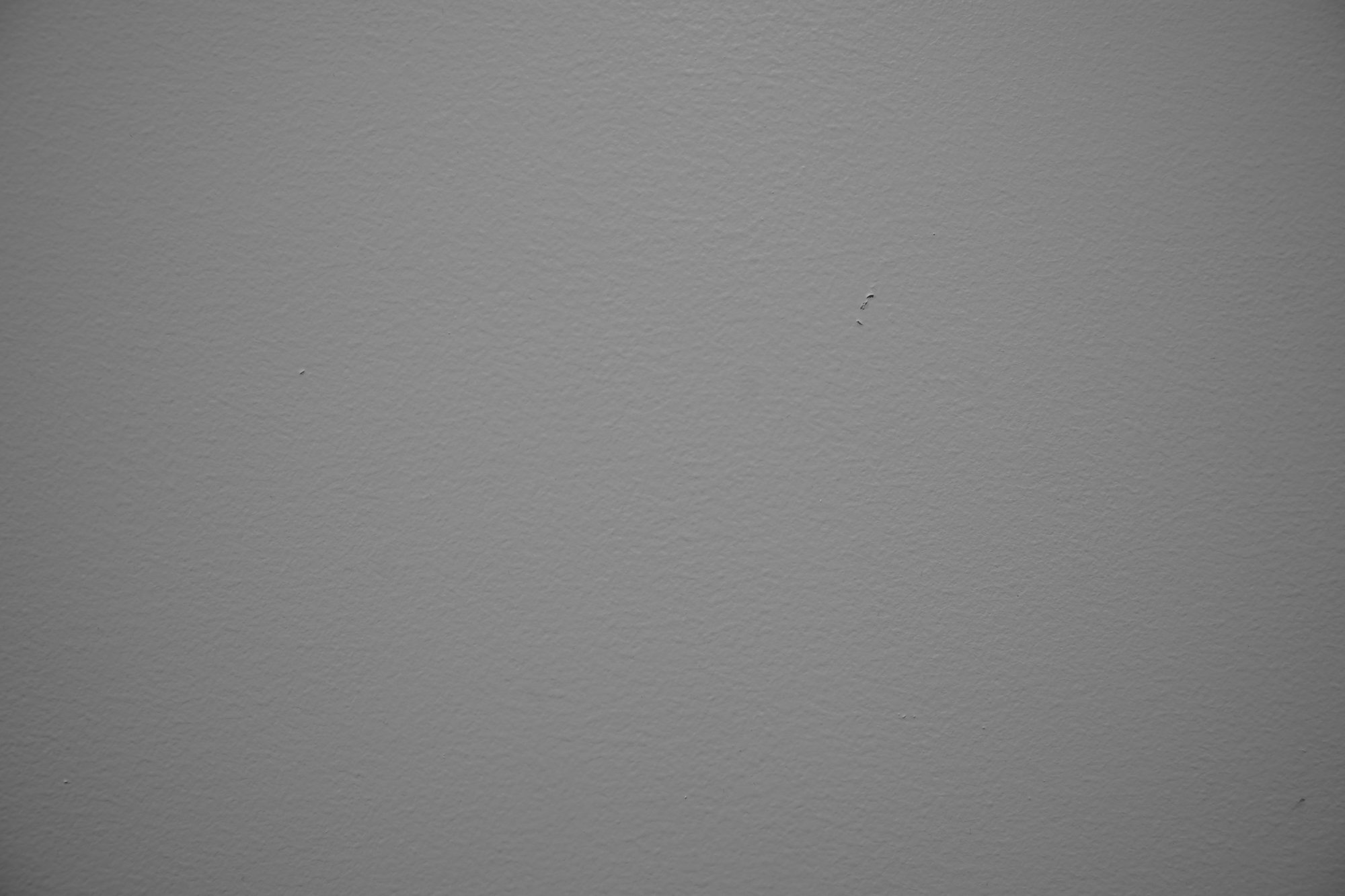 | 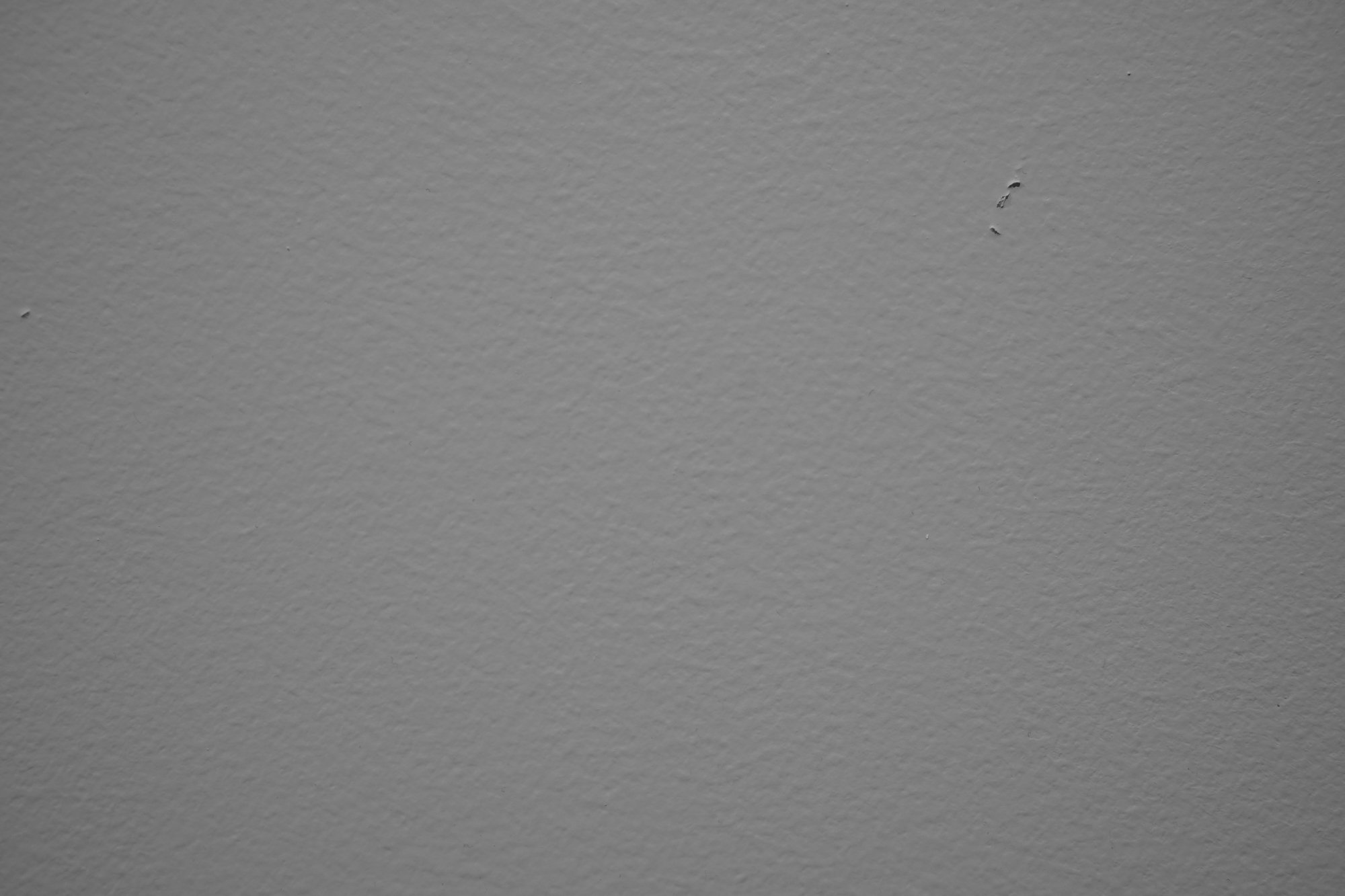 | 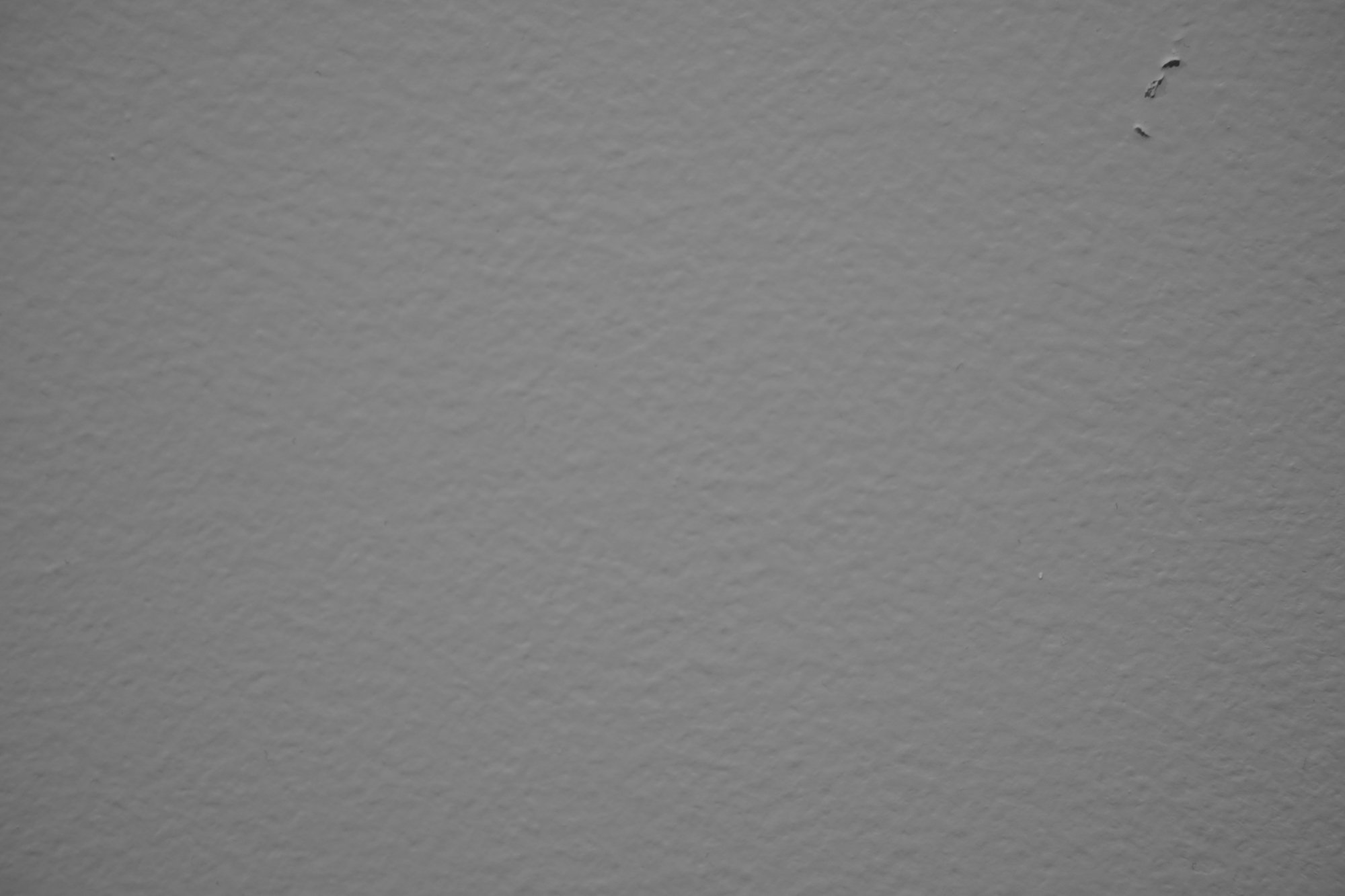 |
| F8 | 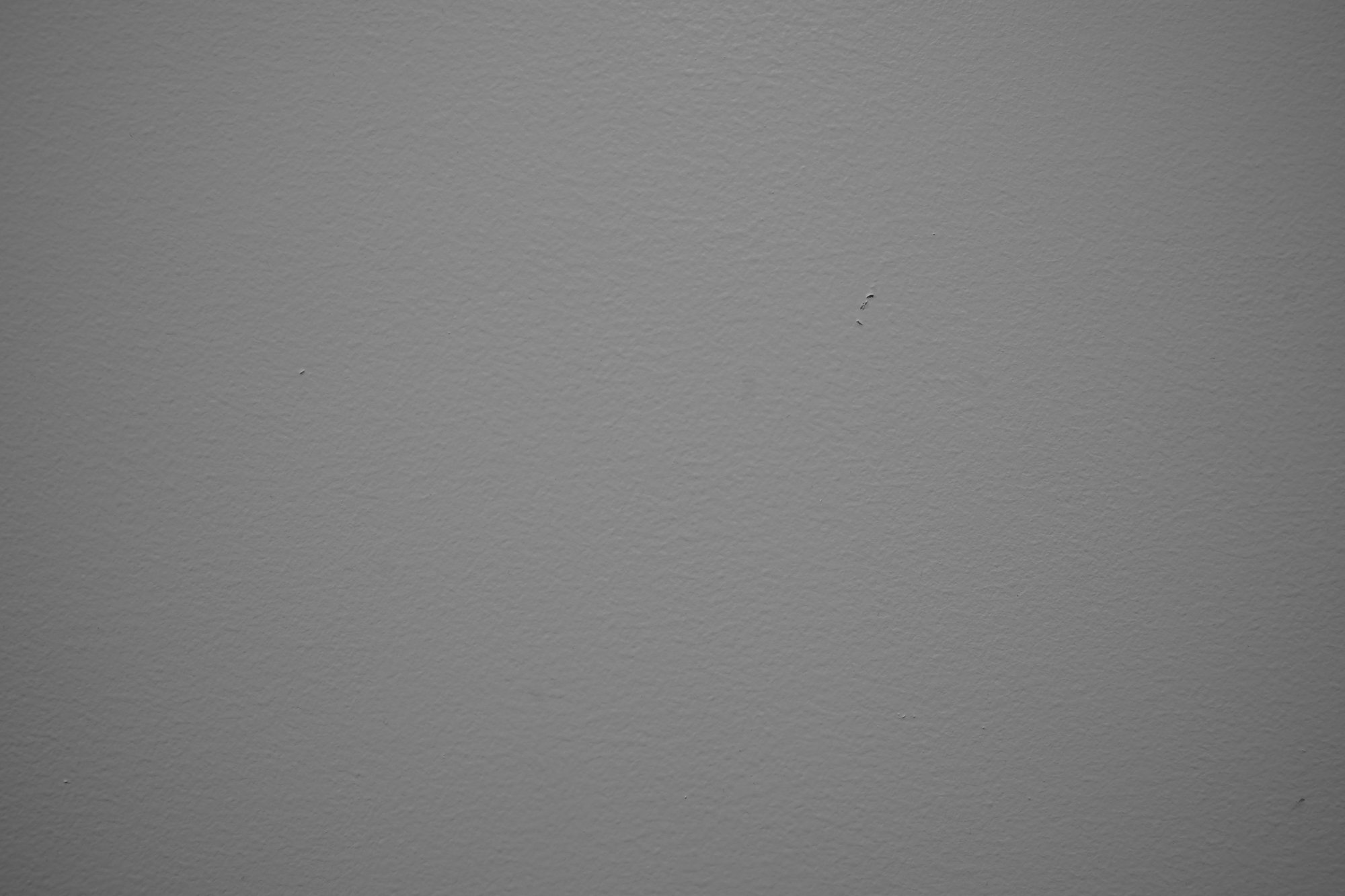 | 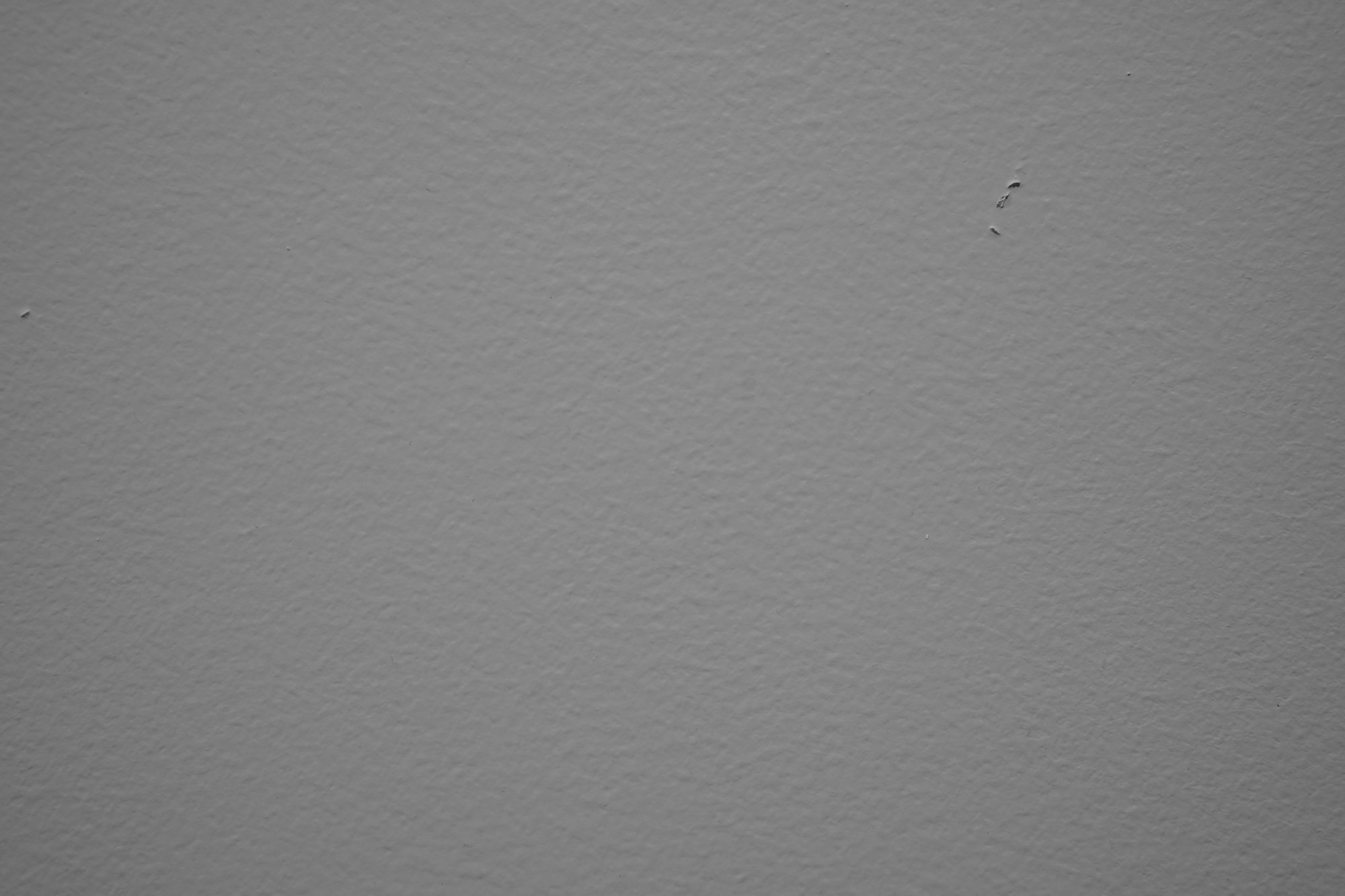 | 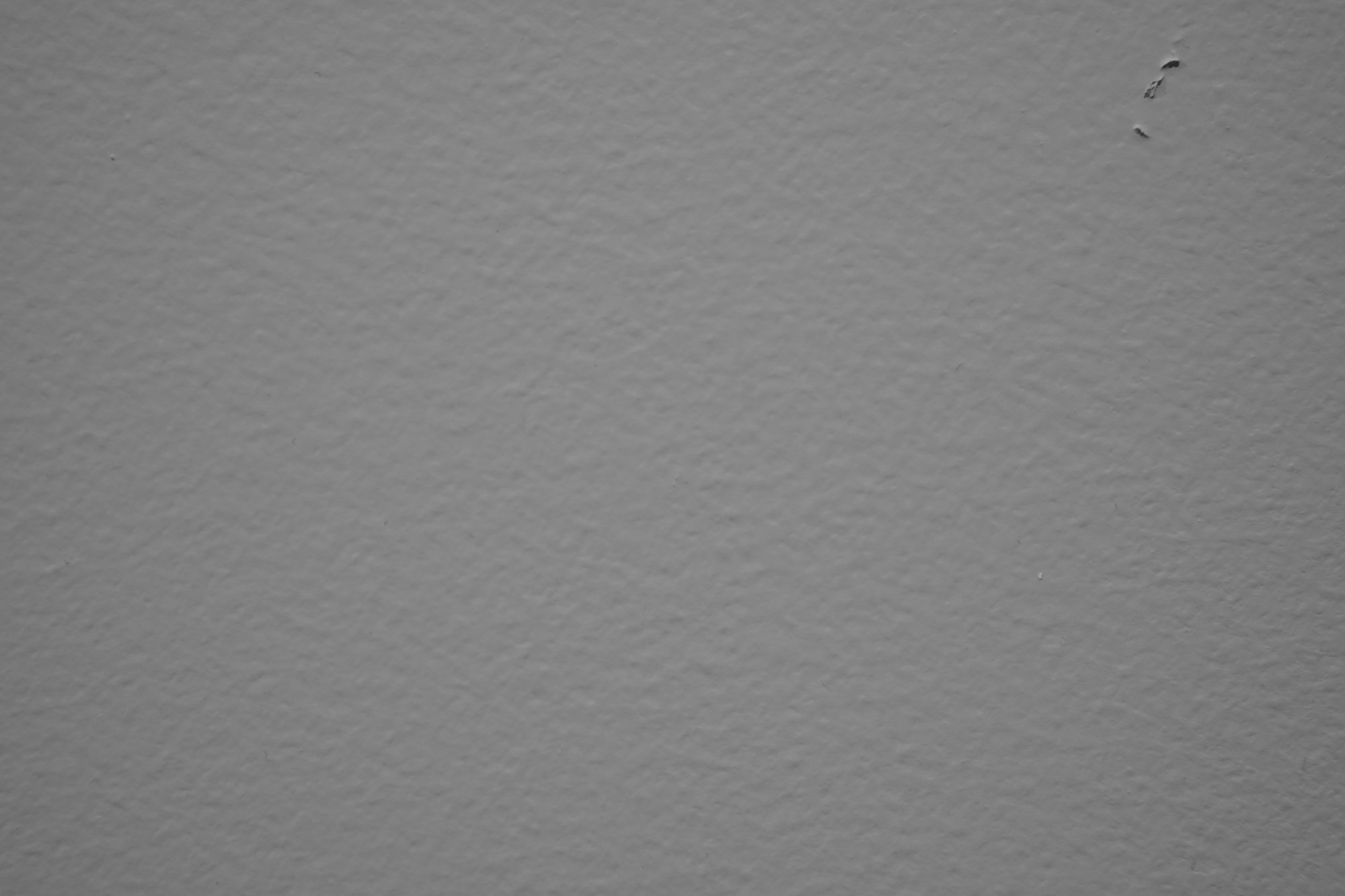 |
| F11 | 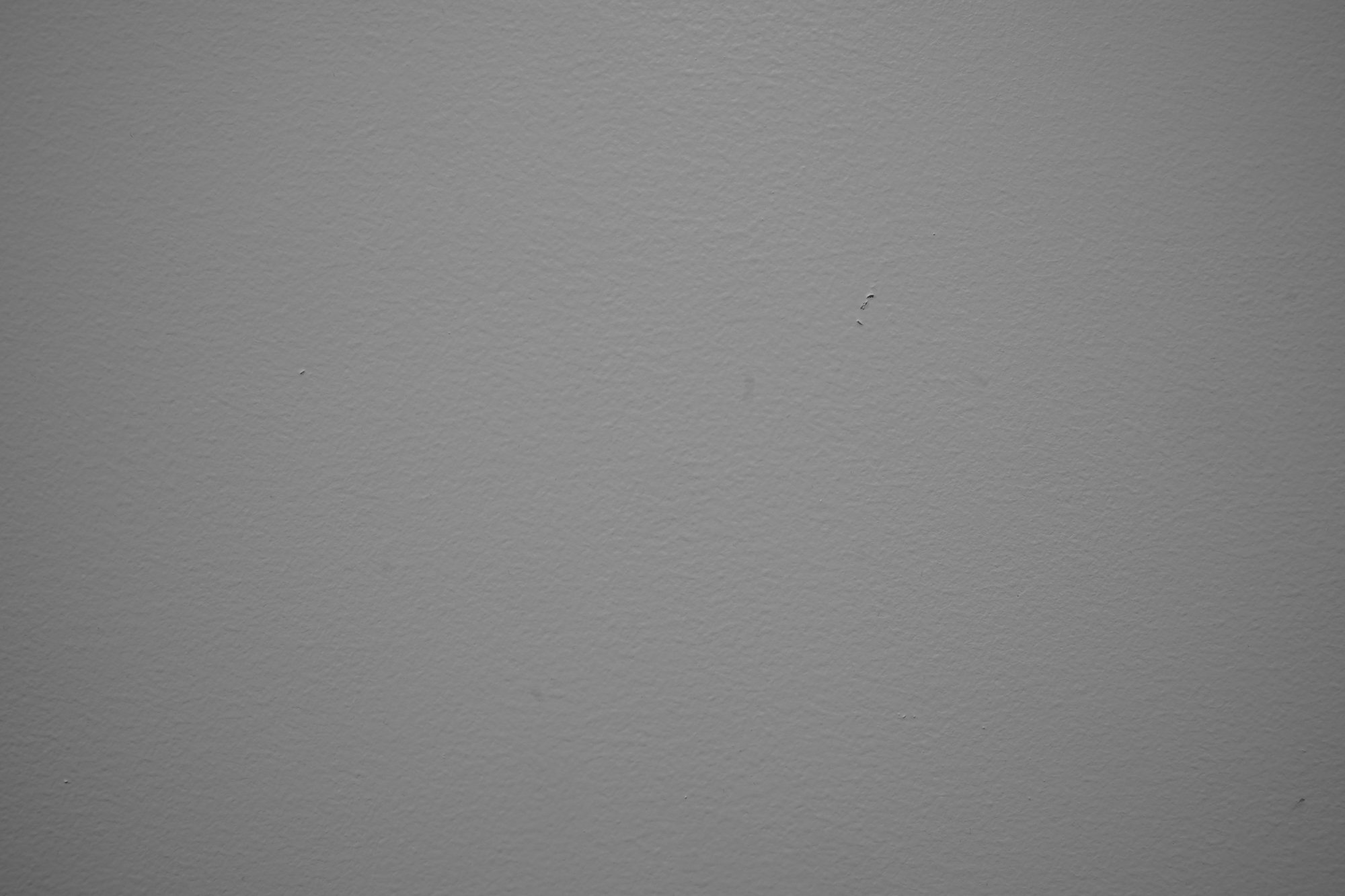 | 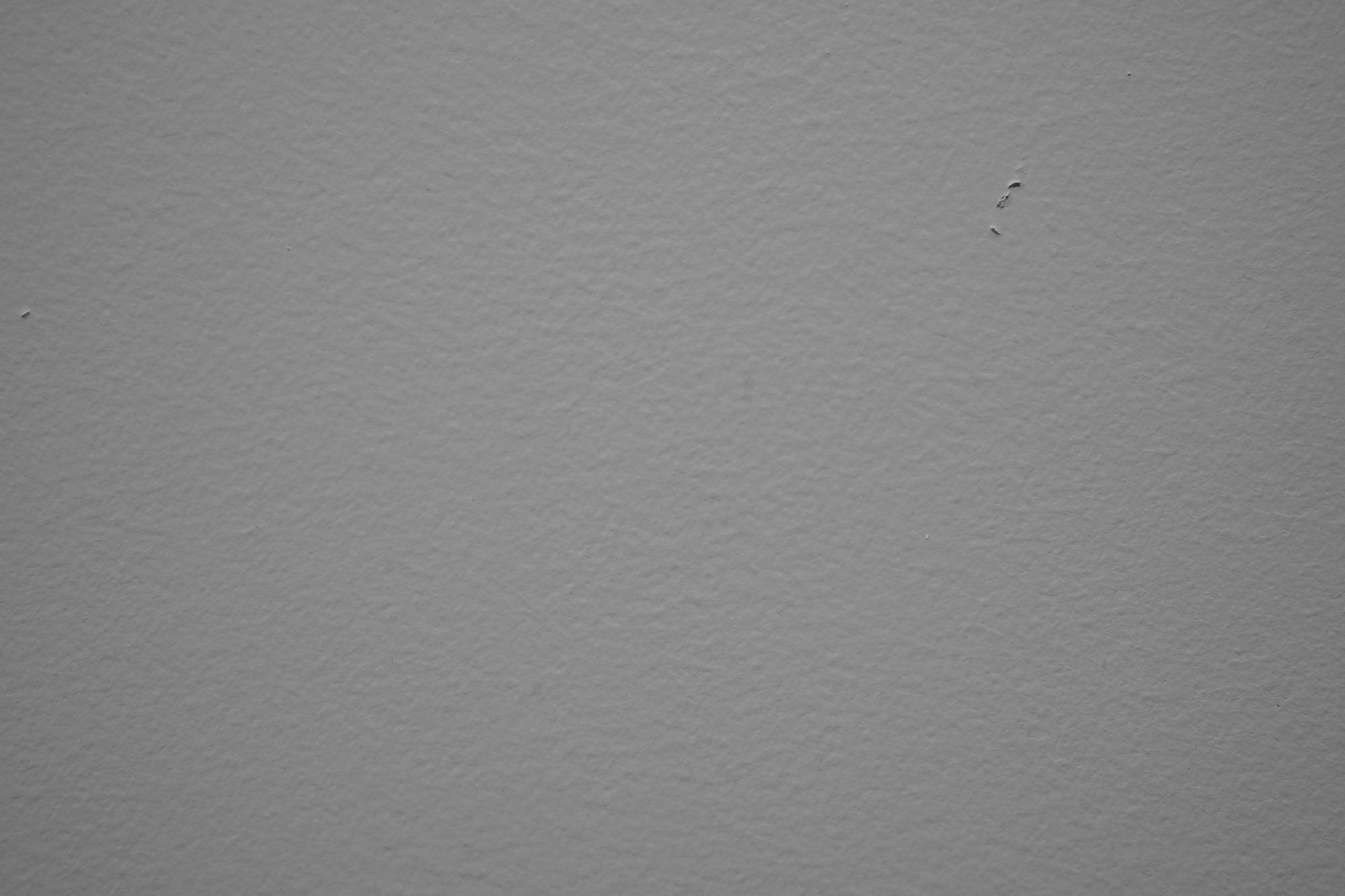 | 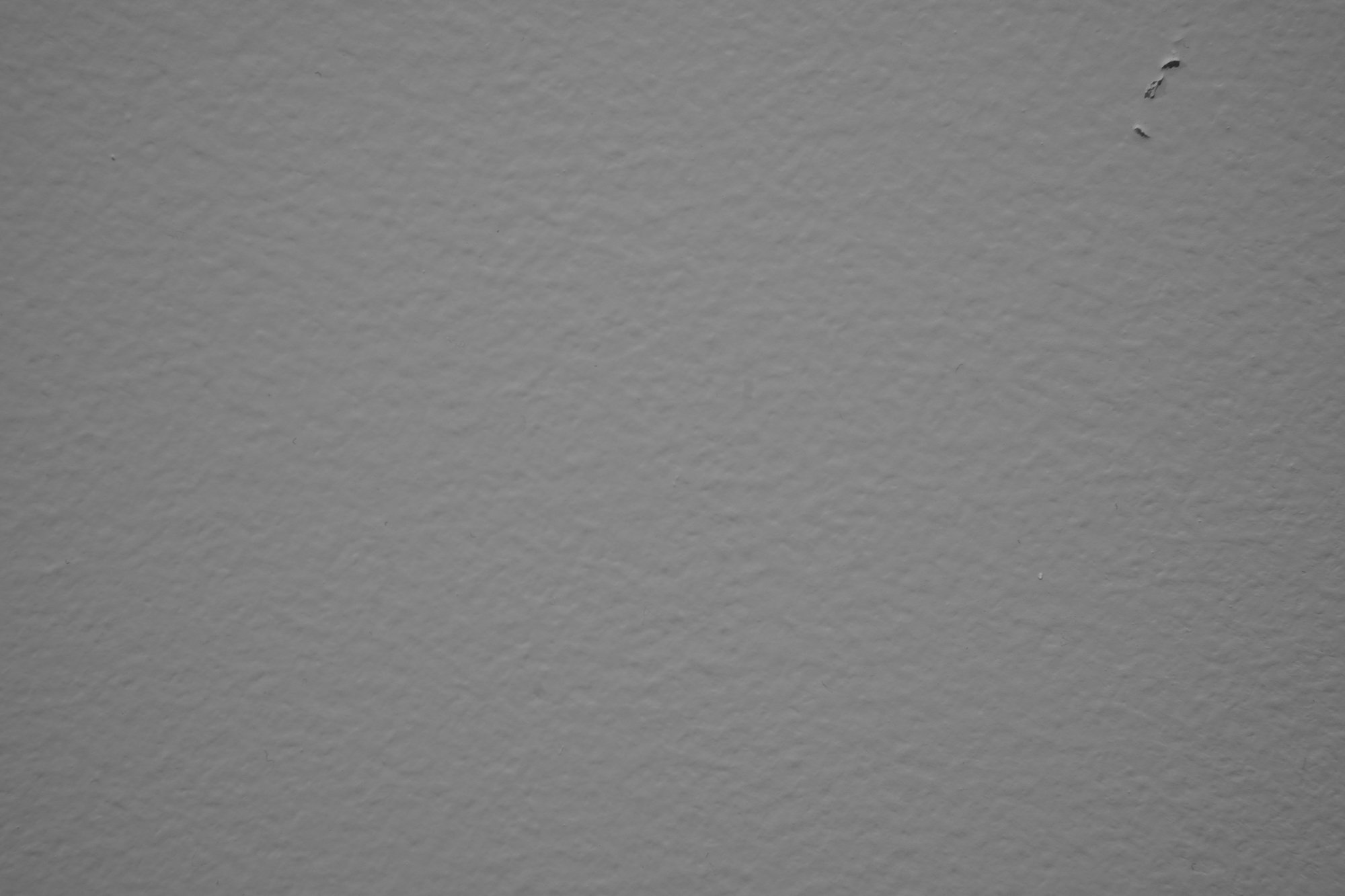 |
| F16 | 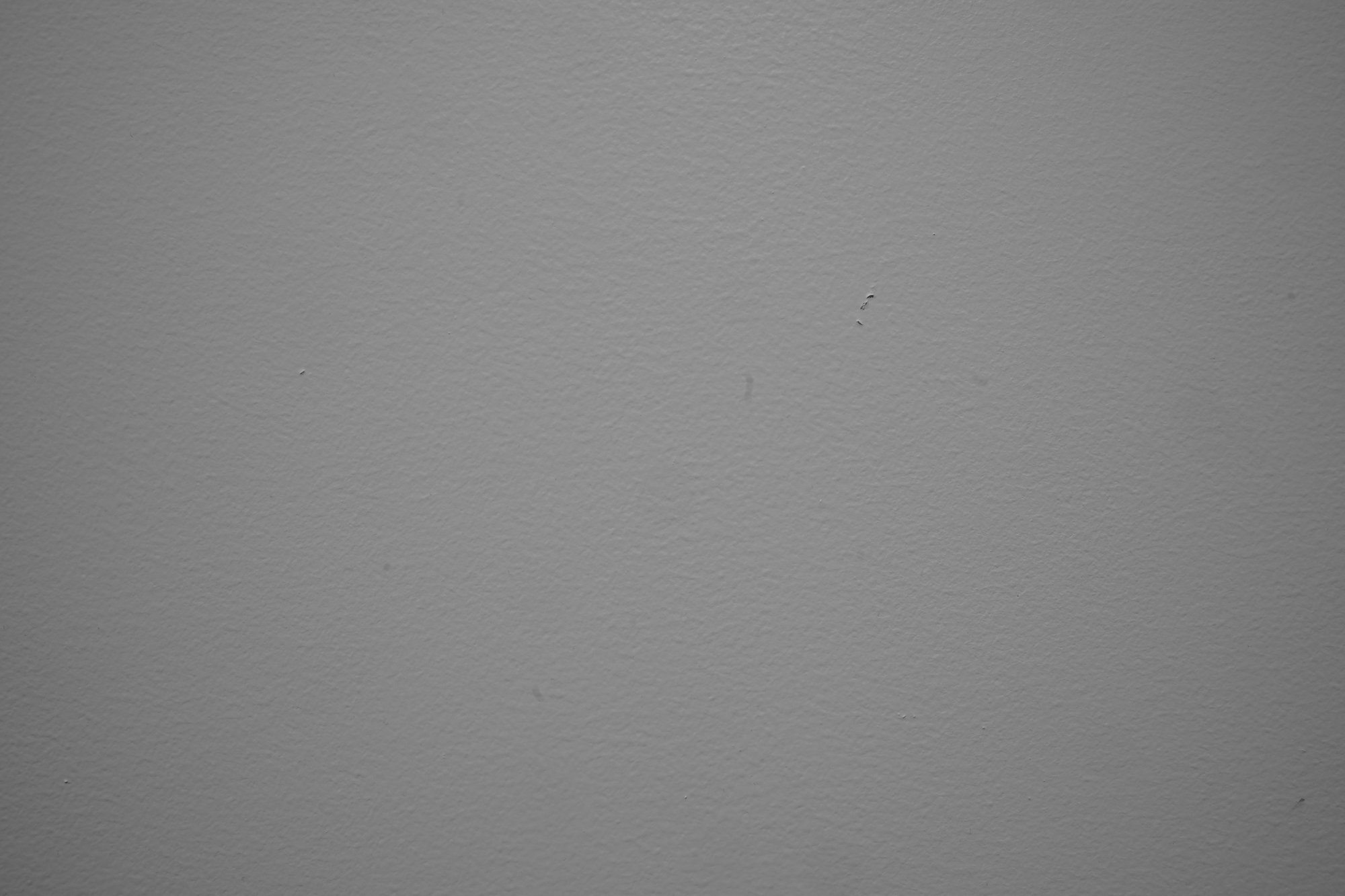 | 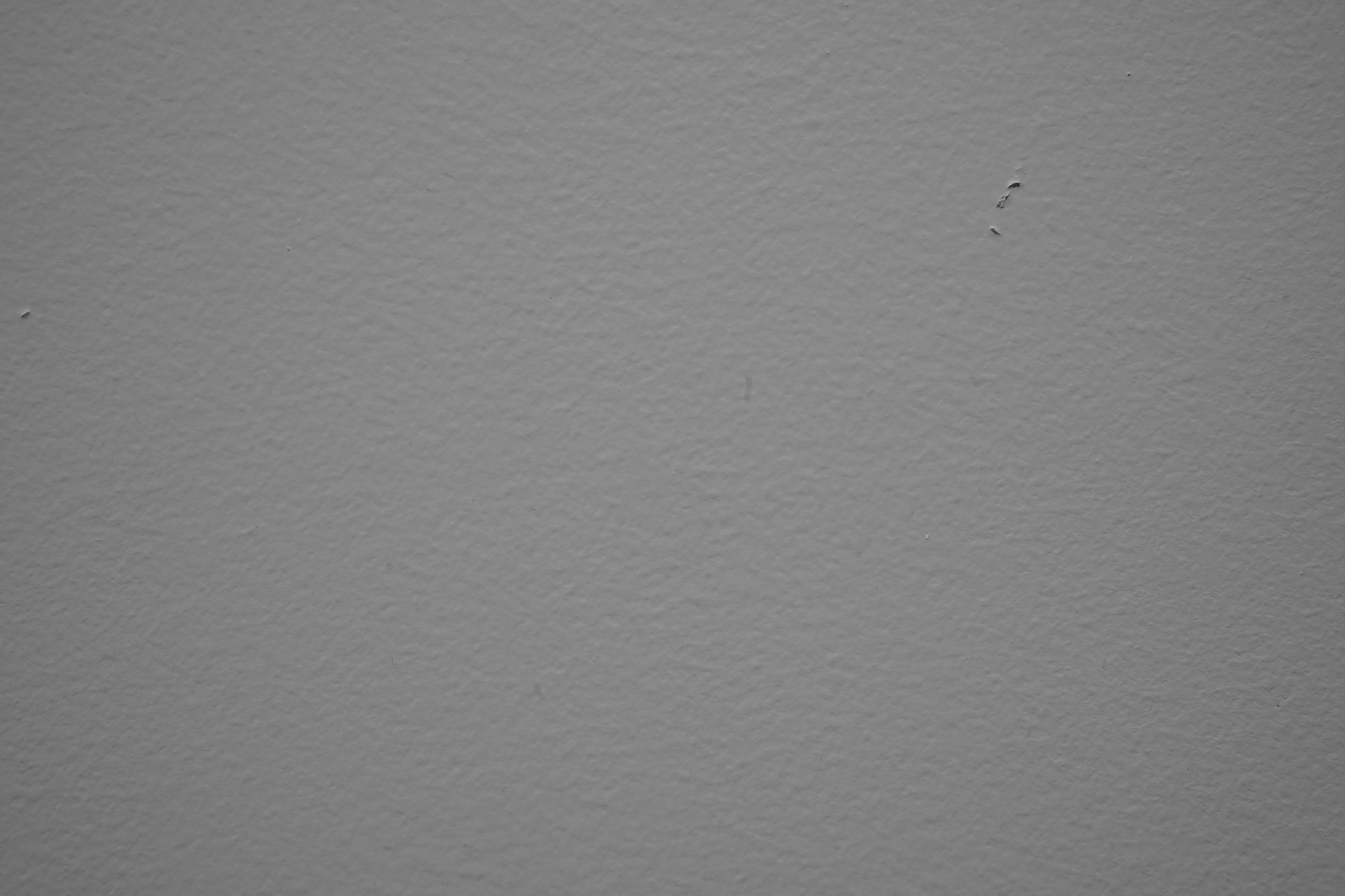 | 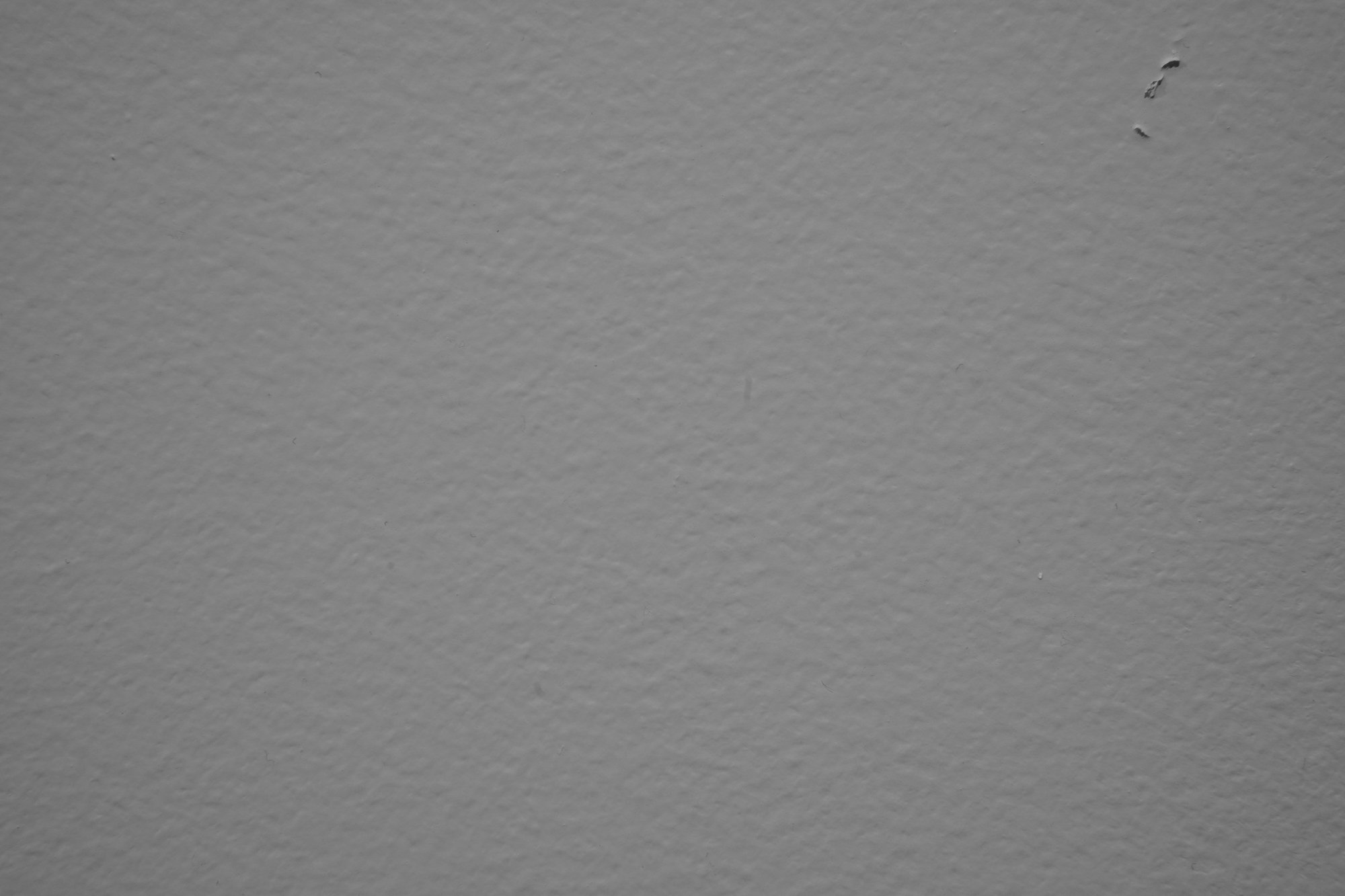 |
Bokeh
Bokeh is a Japanese term describing the quality of the background blur. It does not relate to the depth of field but to the areas in the image that are beyond the range that is expected to be in focus.
Bokeh is highly subjective. In general, a smooth bokeh with blurred shapes and contours is generally perceived as being of a higher quality. A shallow depth of field does not always equate a more pleasing bokeh.
To evaluate the characteristics of the background blur, we took pictures at varying apertures, using a scene with a lot of detail and bright highlights. The following images show the results.
| F2.8 | 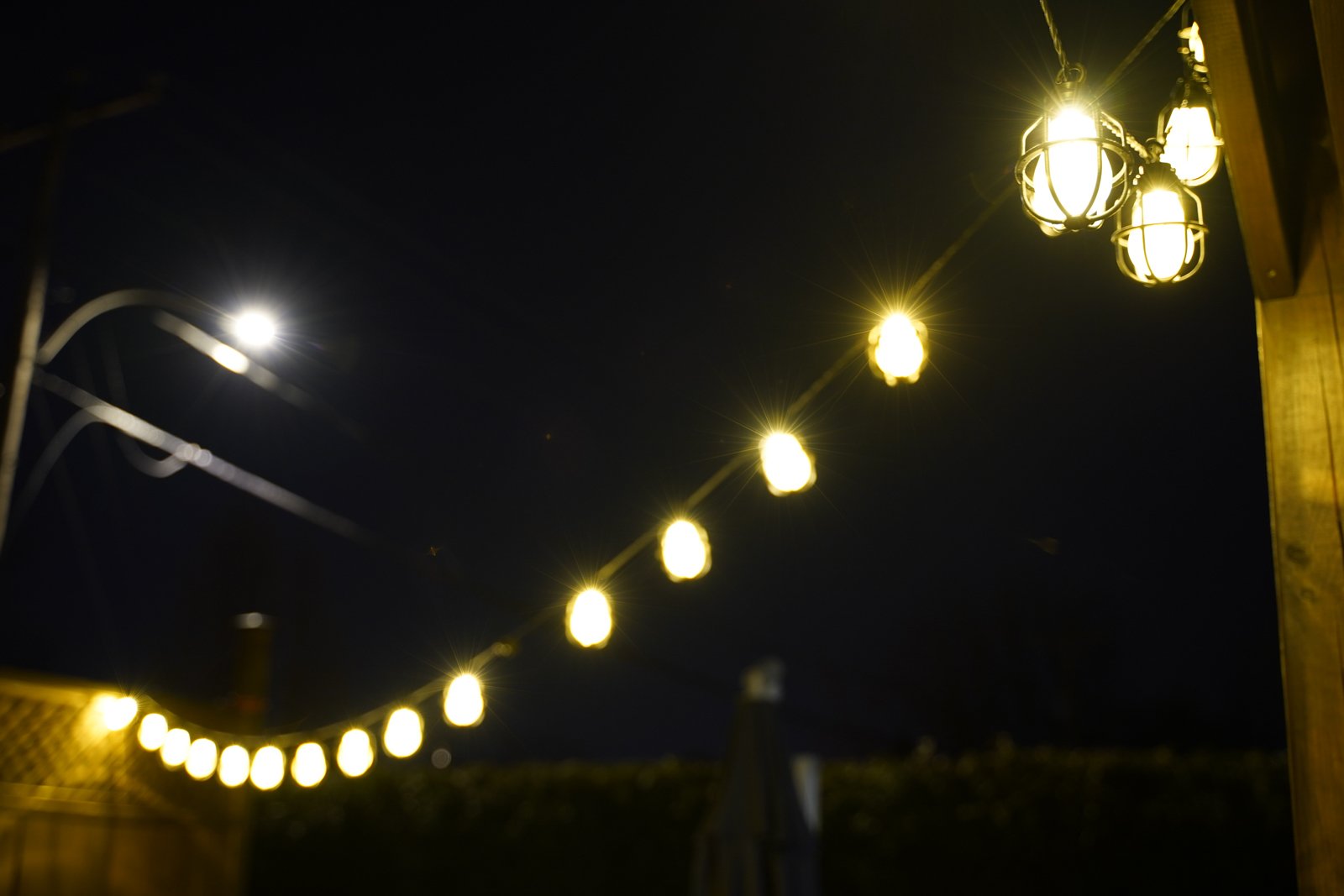 |
| F4 | 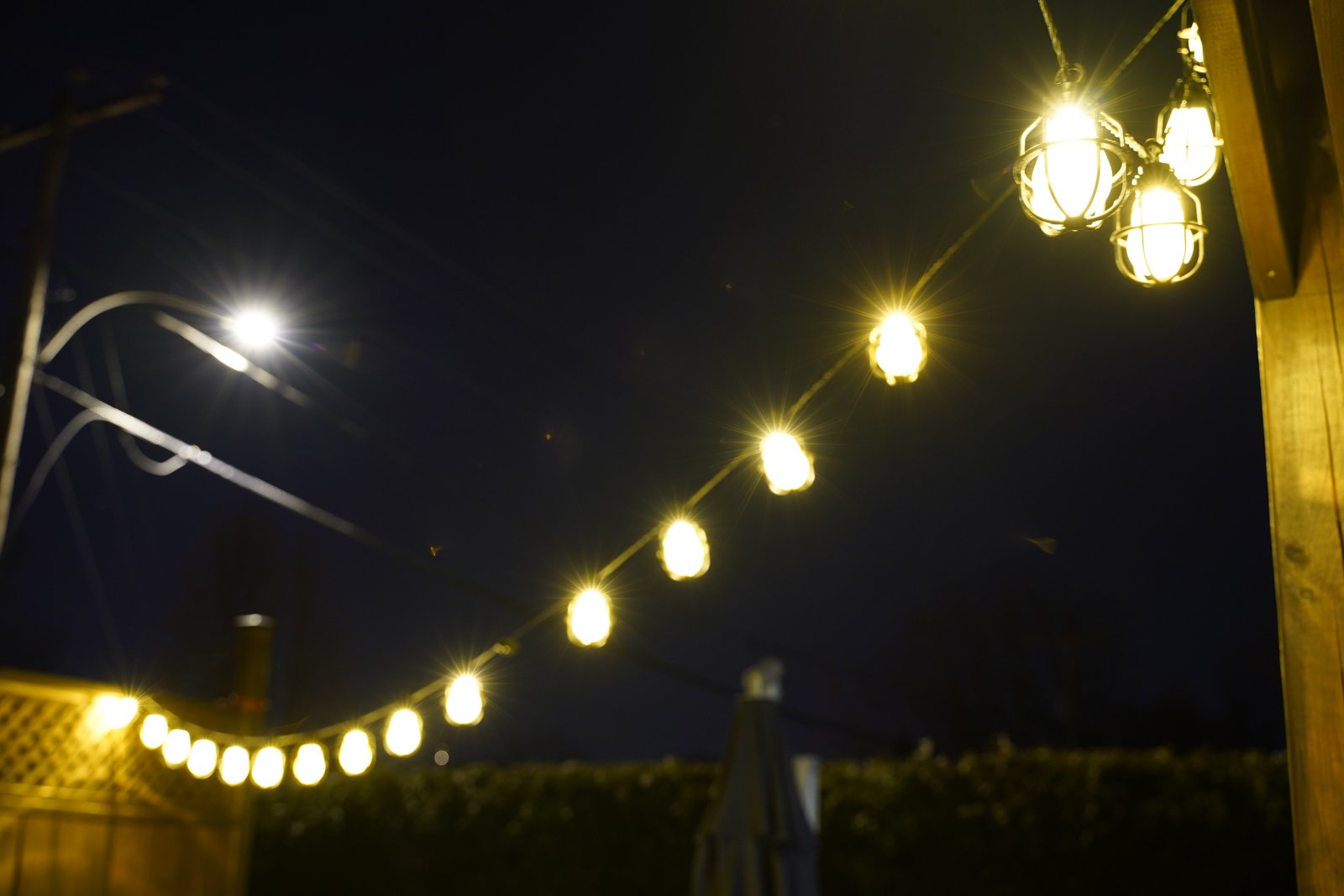 |
| F5.6 | 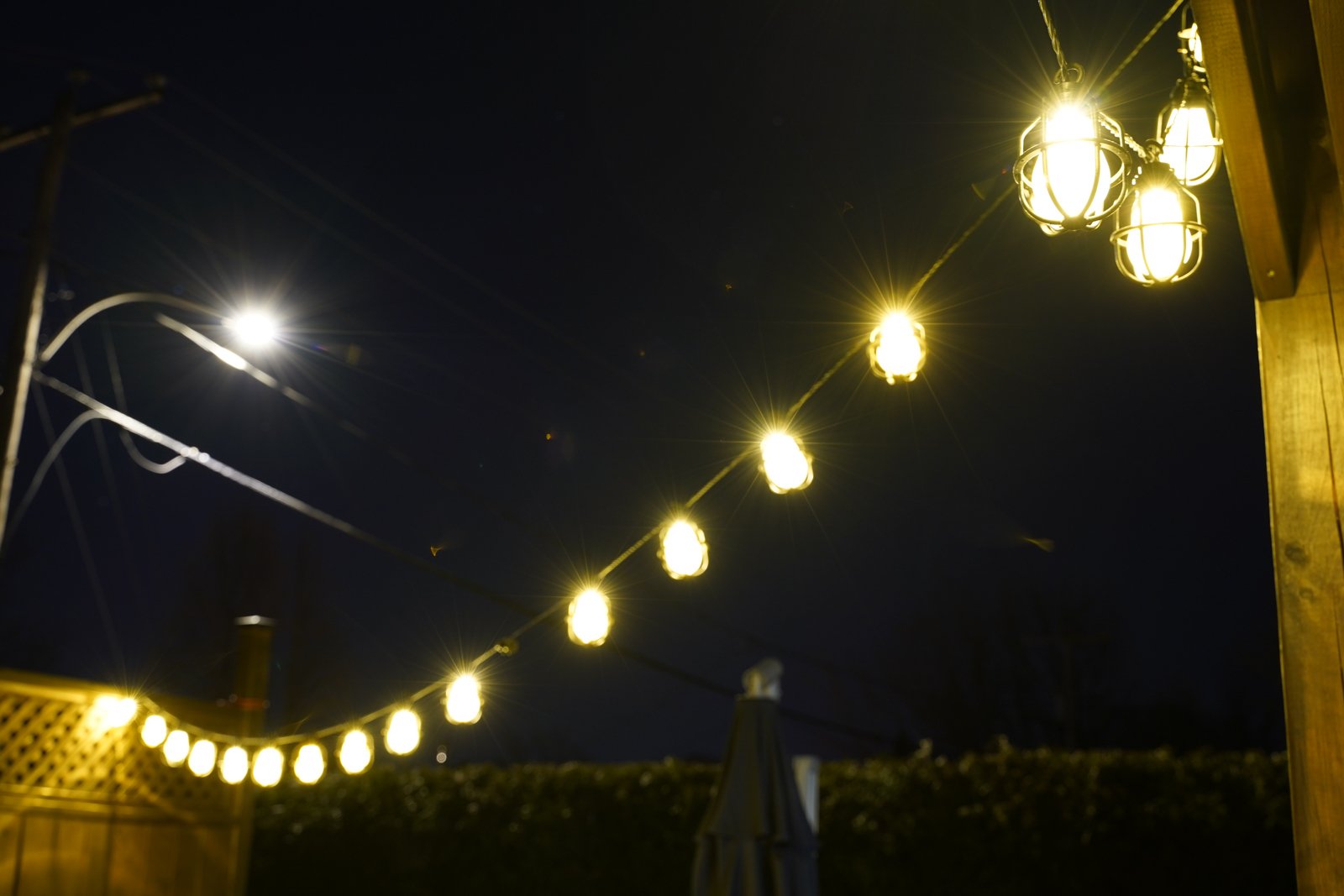 |
| F8 | 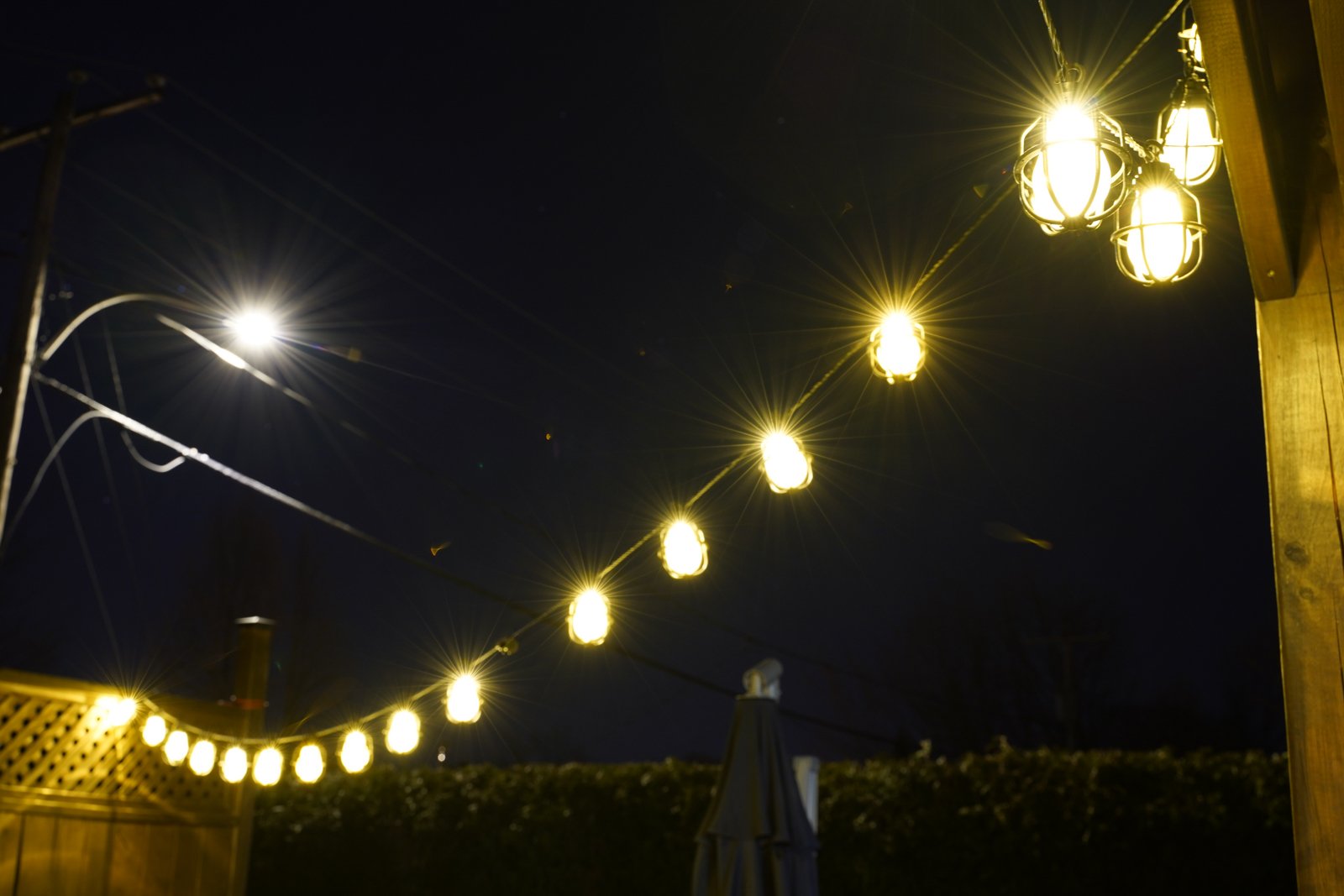 |
| F11 | 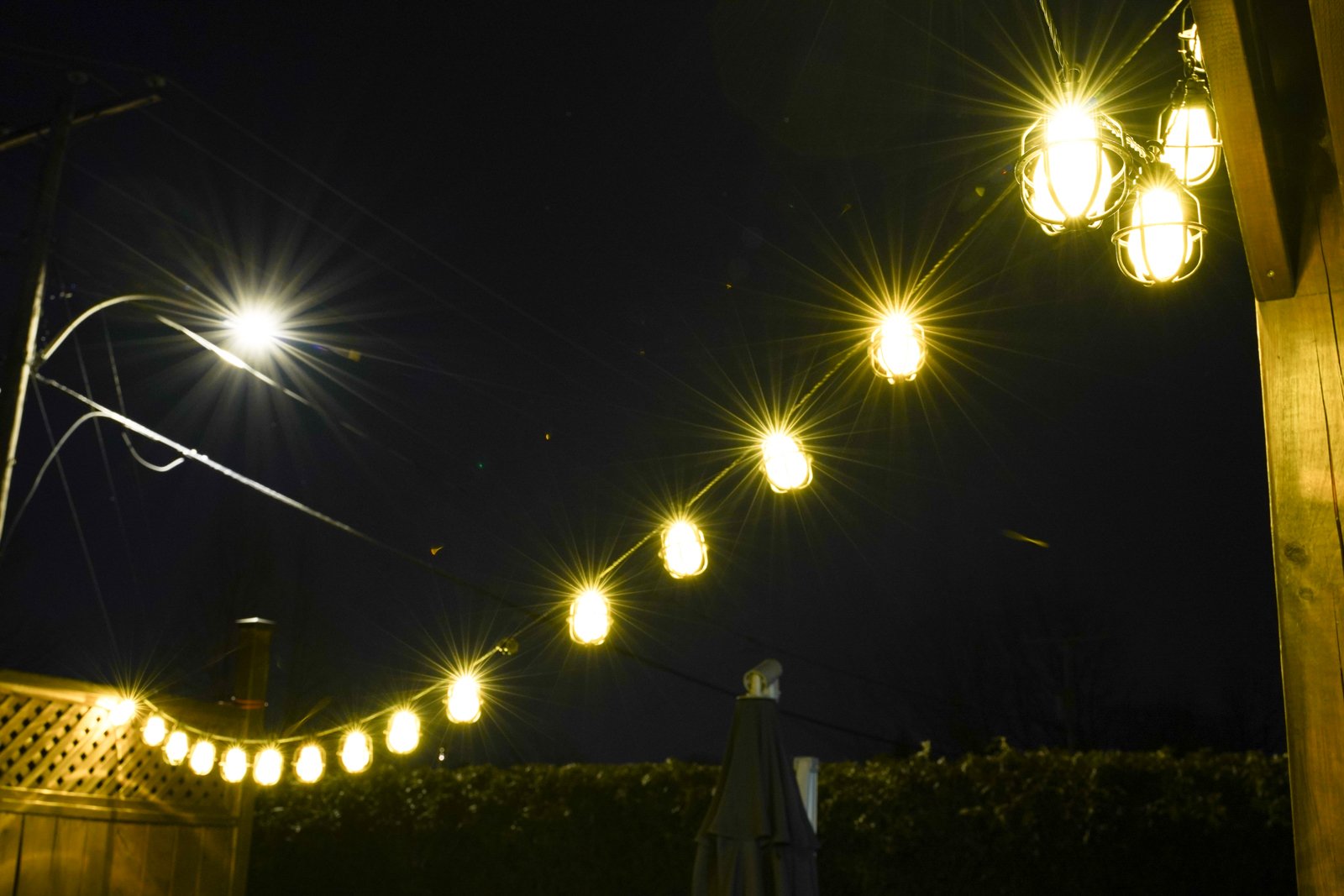 |
| F16 | 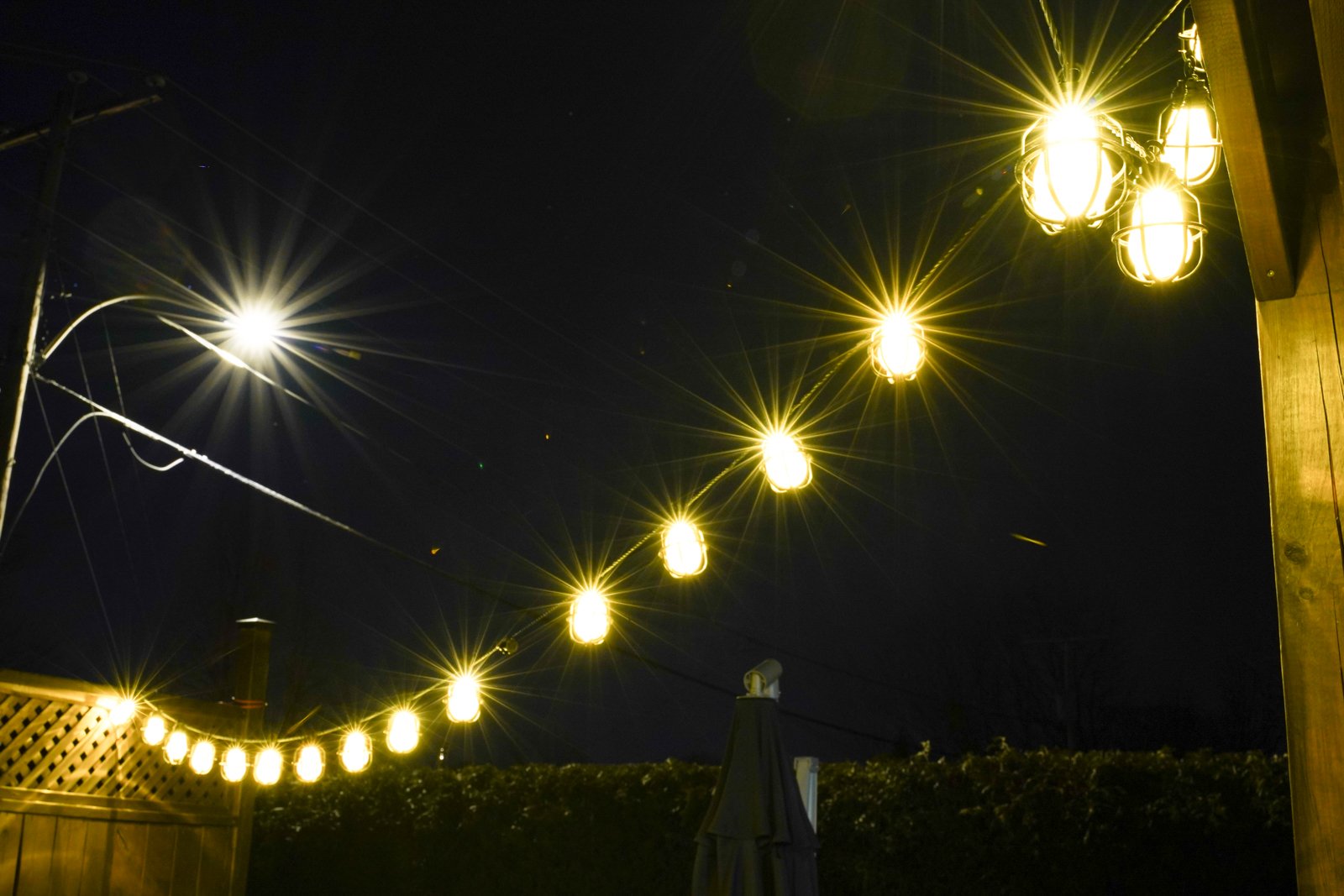 |
The Tamron 28-75mm delivers pleasing out-of-focus rendering, particularly around highlights which are nicely rounded and smooth. Even at smaller apertures, textures are nicely blurred and bokeh is pleasing.
The images below are further examples of the lens’ rendering.
However, in some situations the bokeh can get busy, as is illustrated by the full size and crop below.
Flare and Ghosting
Flare is a decrease in contrast caused by reflections on internal lens elements. Ghosting is the appearance of orb-shaped artifacts in an image containing a light source, caused by the same internal reflections. High-quality coatings reduce the importance of flare and ghosting in an image.
We test flare and ghosting by taking pictures of a bright light source positioned at the center and on an edge of the frame, at varying apertures. We took a look at both extremes of the range.
Test results at 28mm
| Center | Corner | |
| F2.8 | 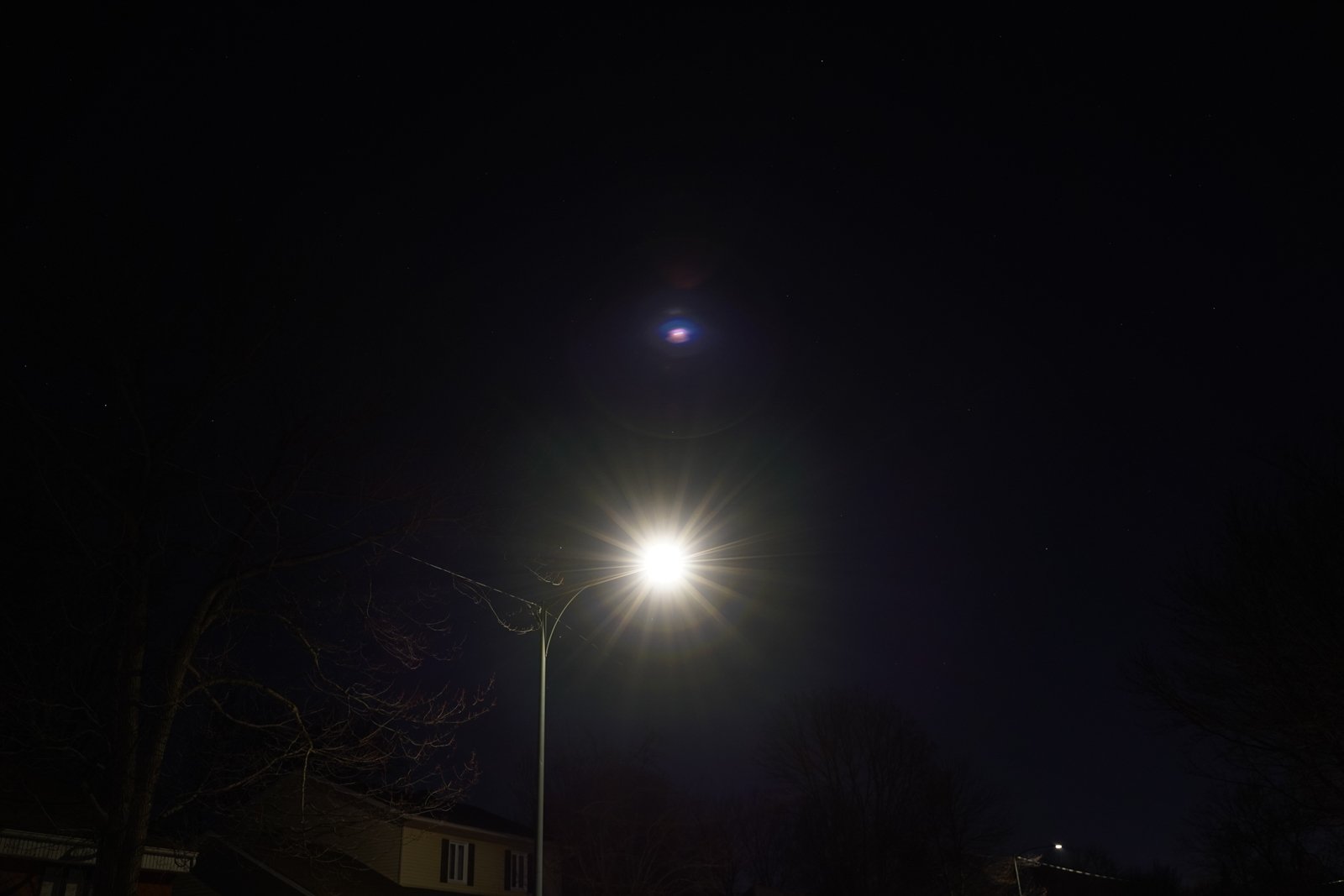 | 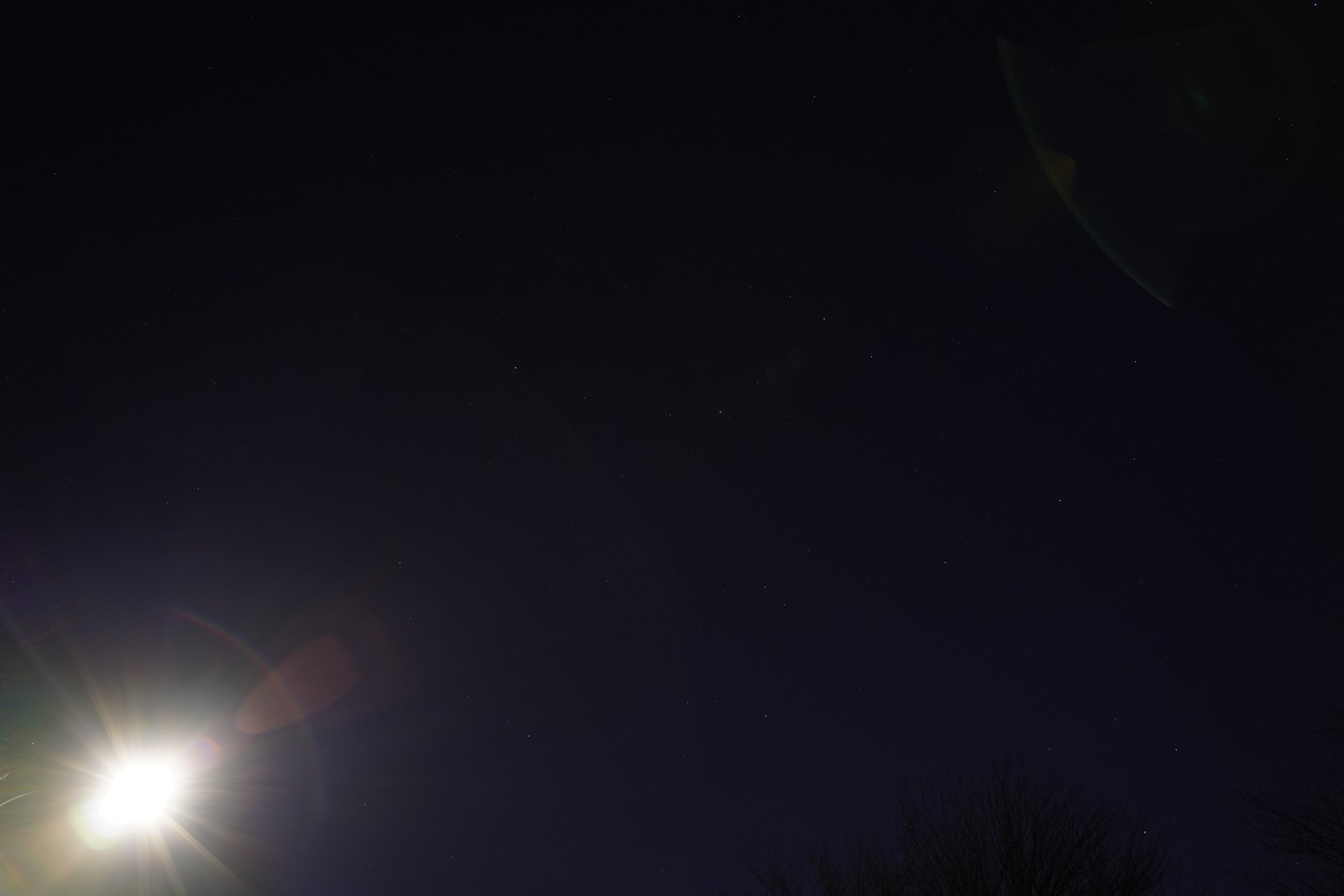 |
| F4 | 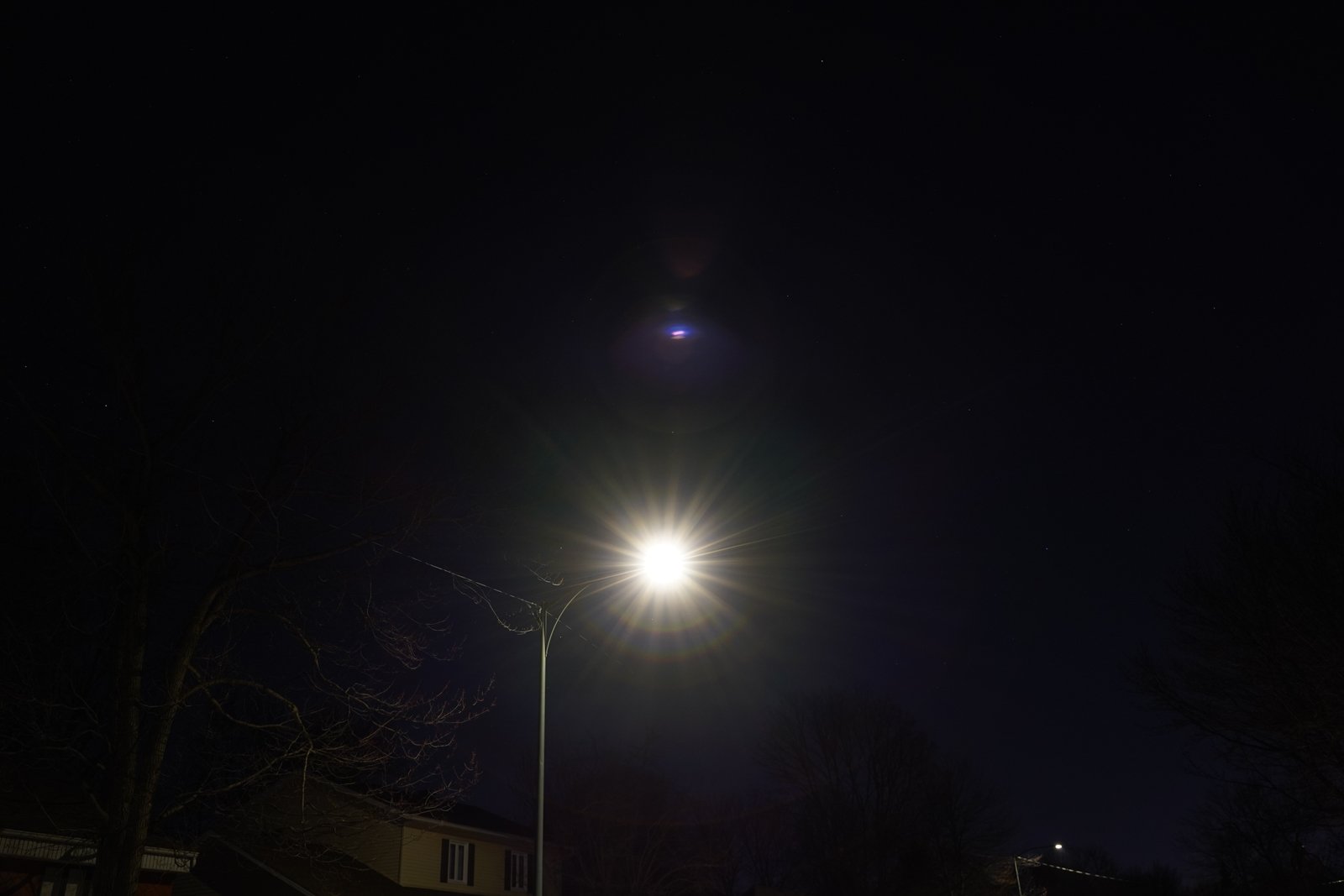 | 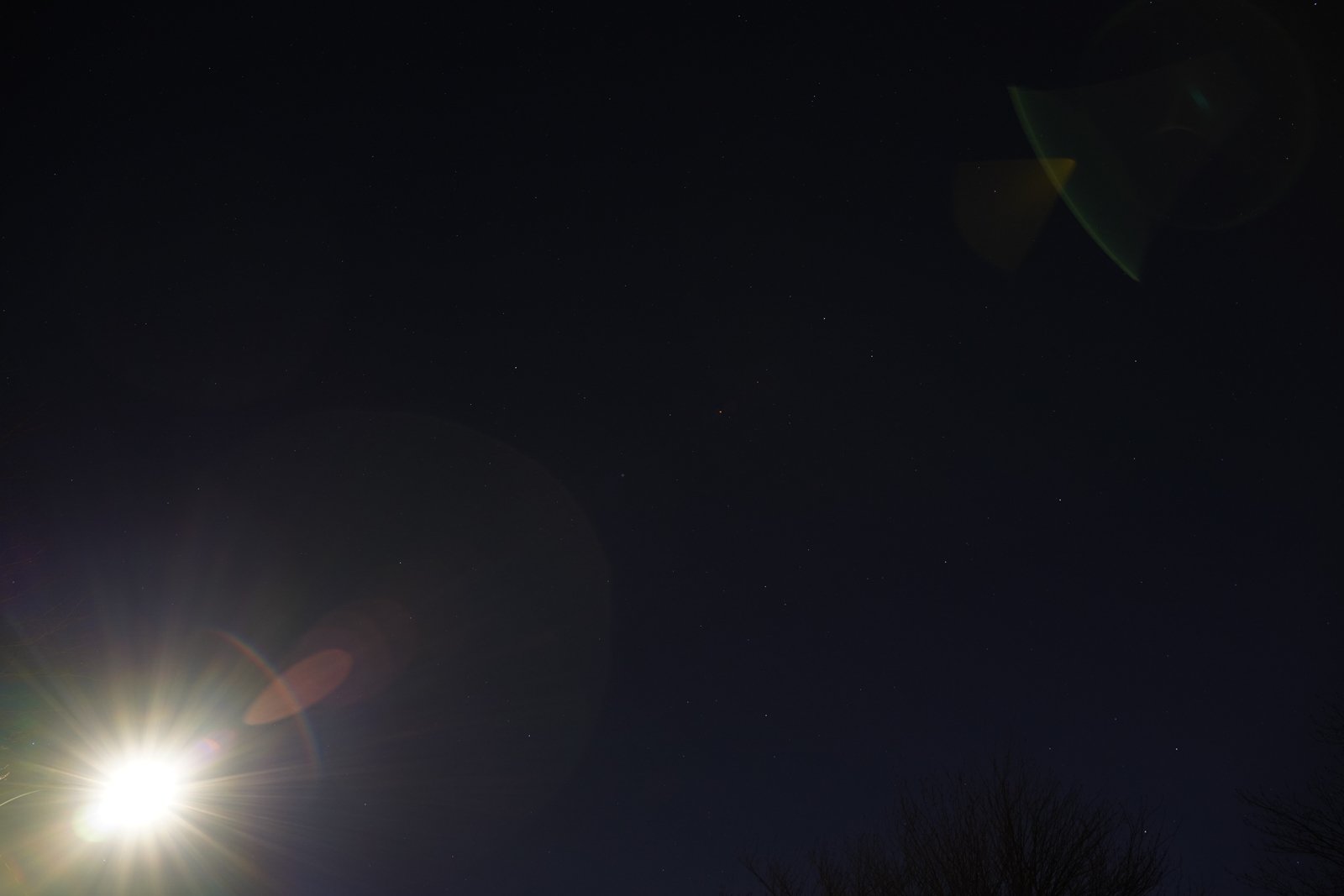 |
| F5.6 | 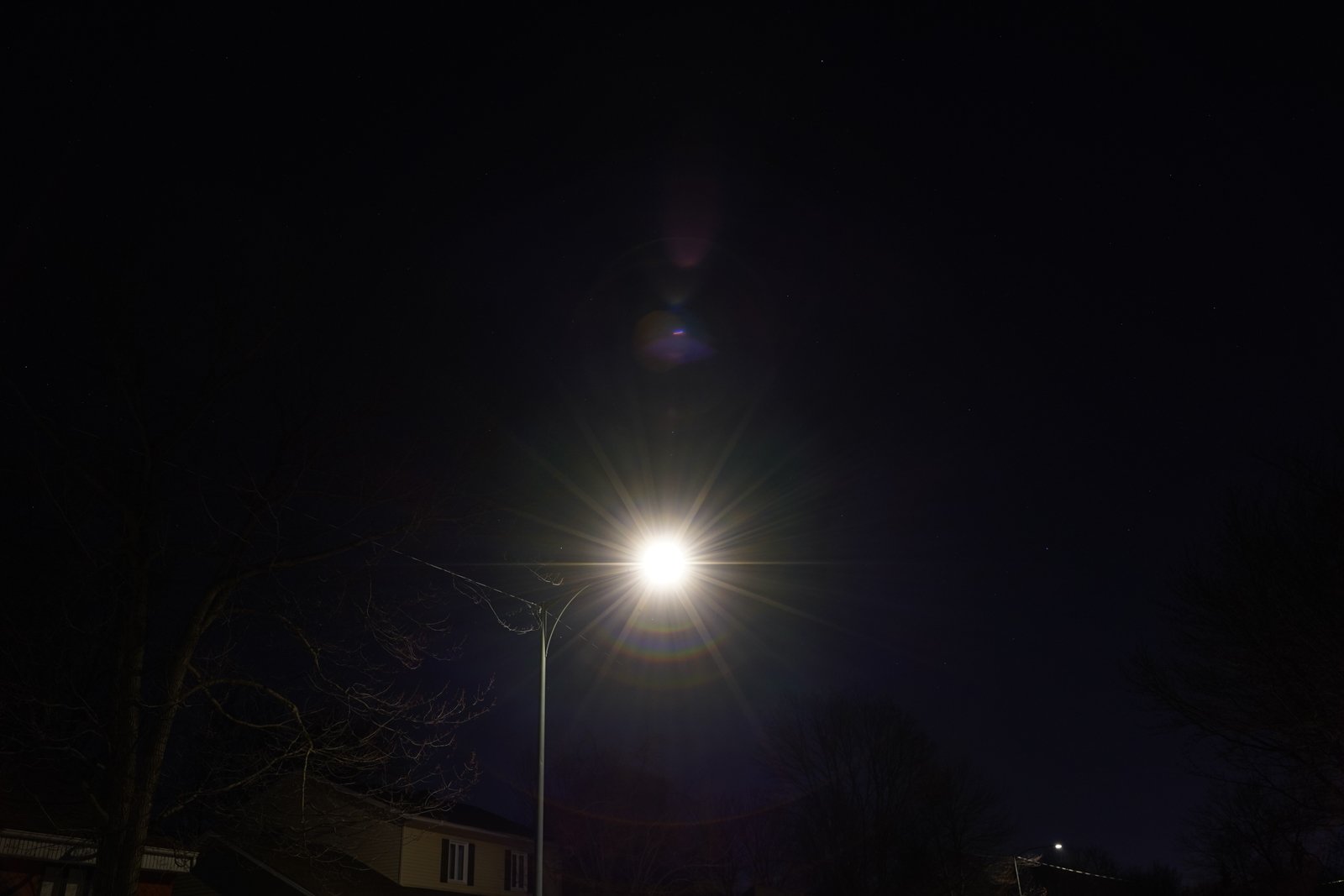 | 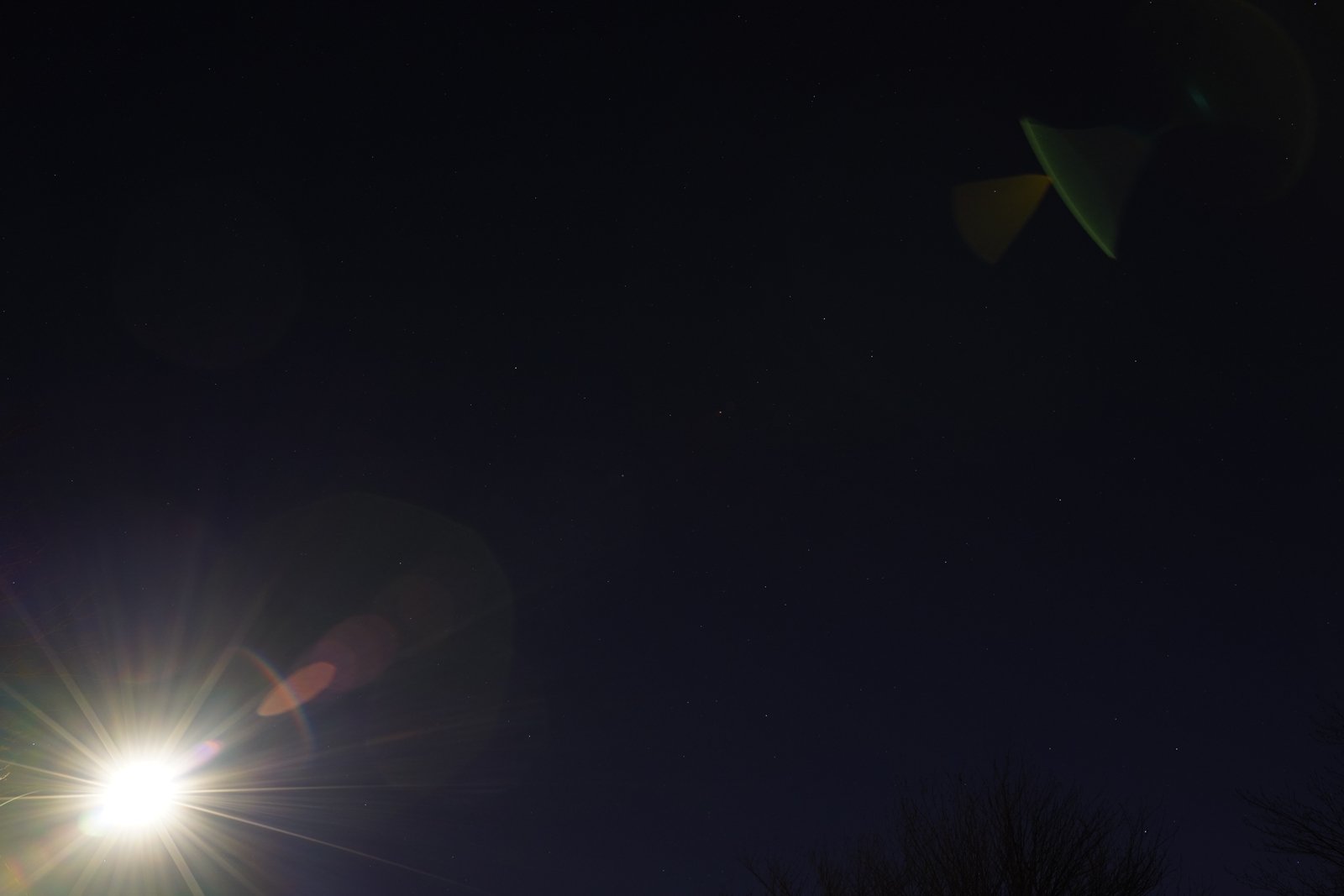 |
| F8 | 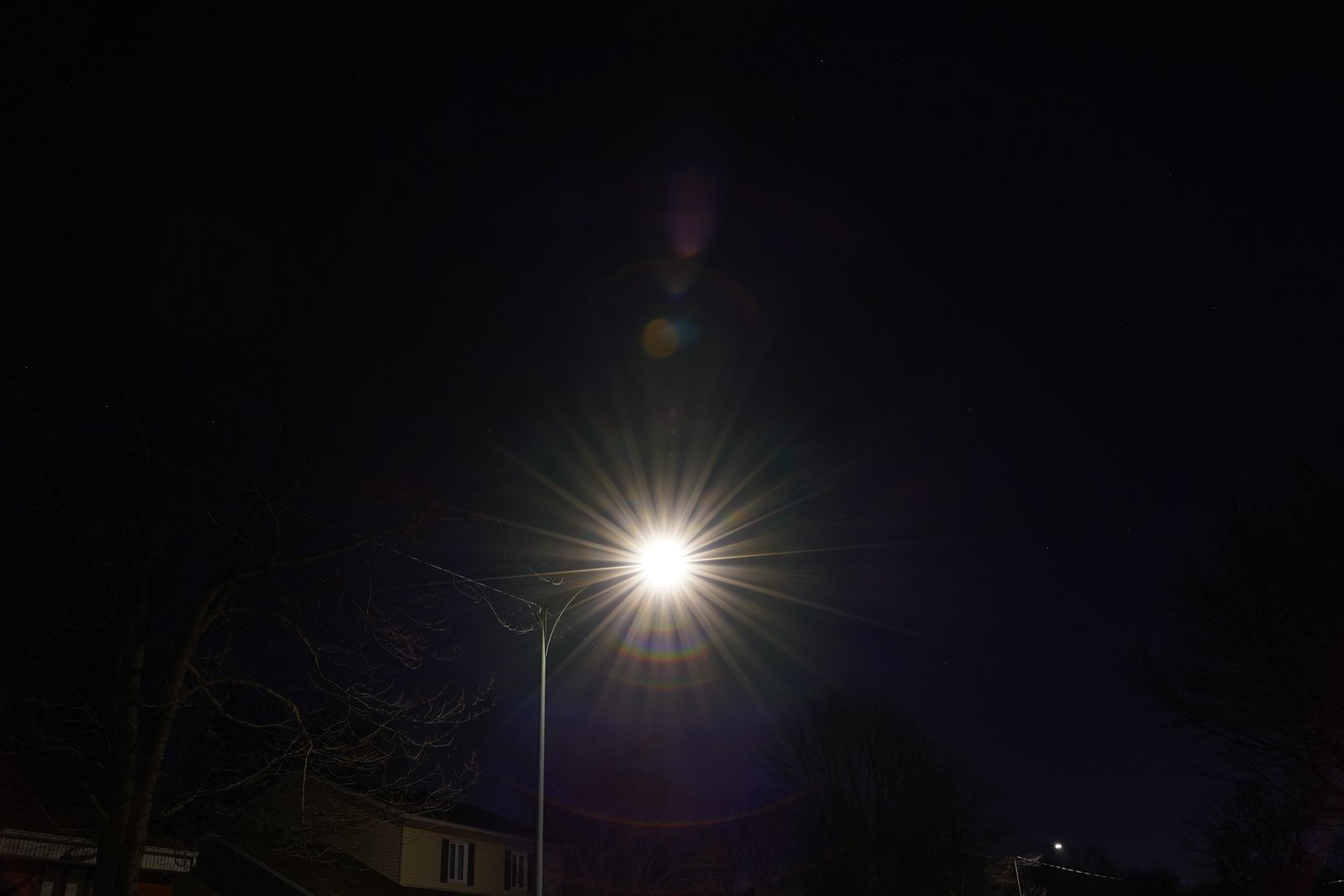 | 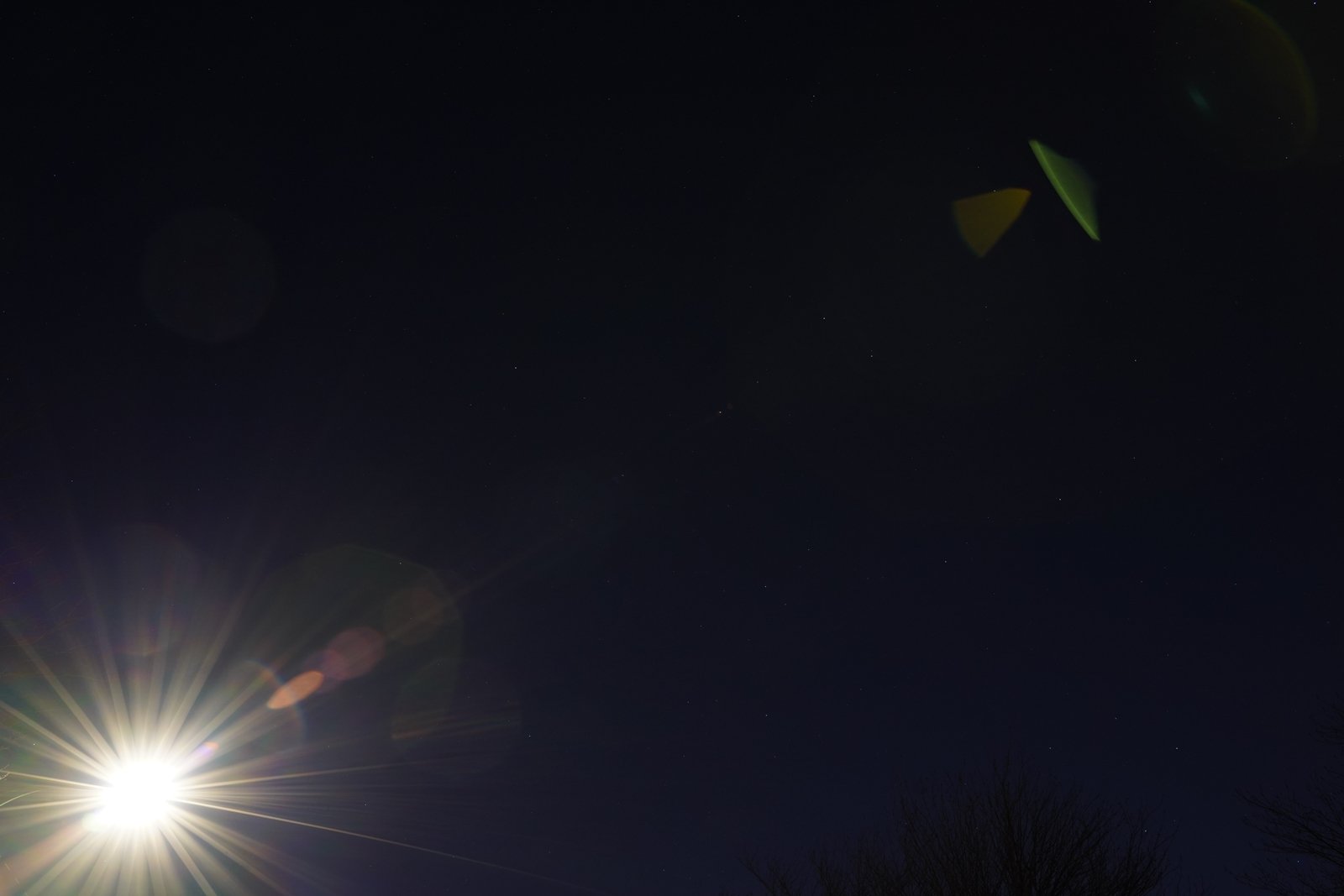 |
| F11 | 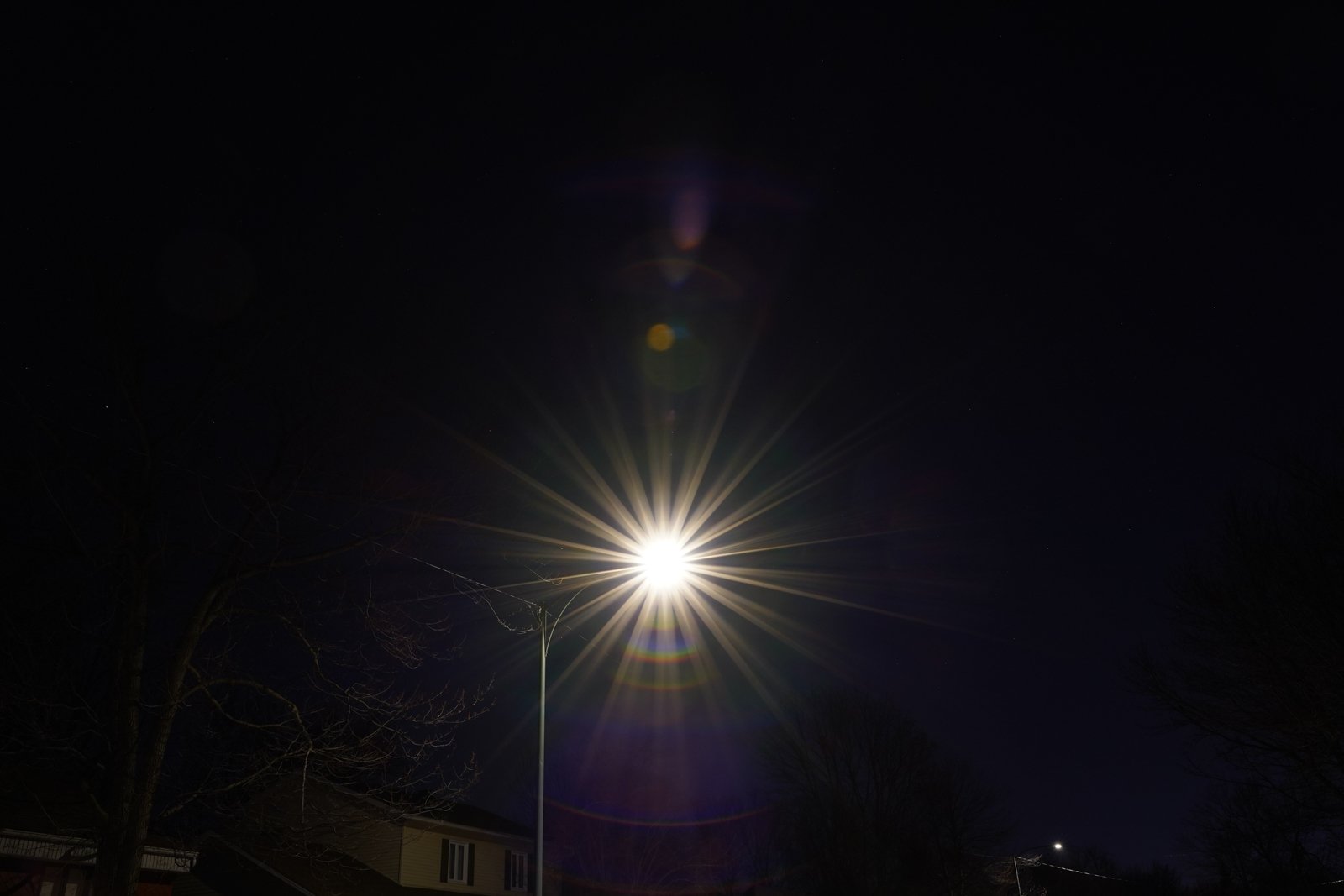 | 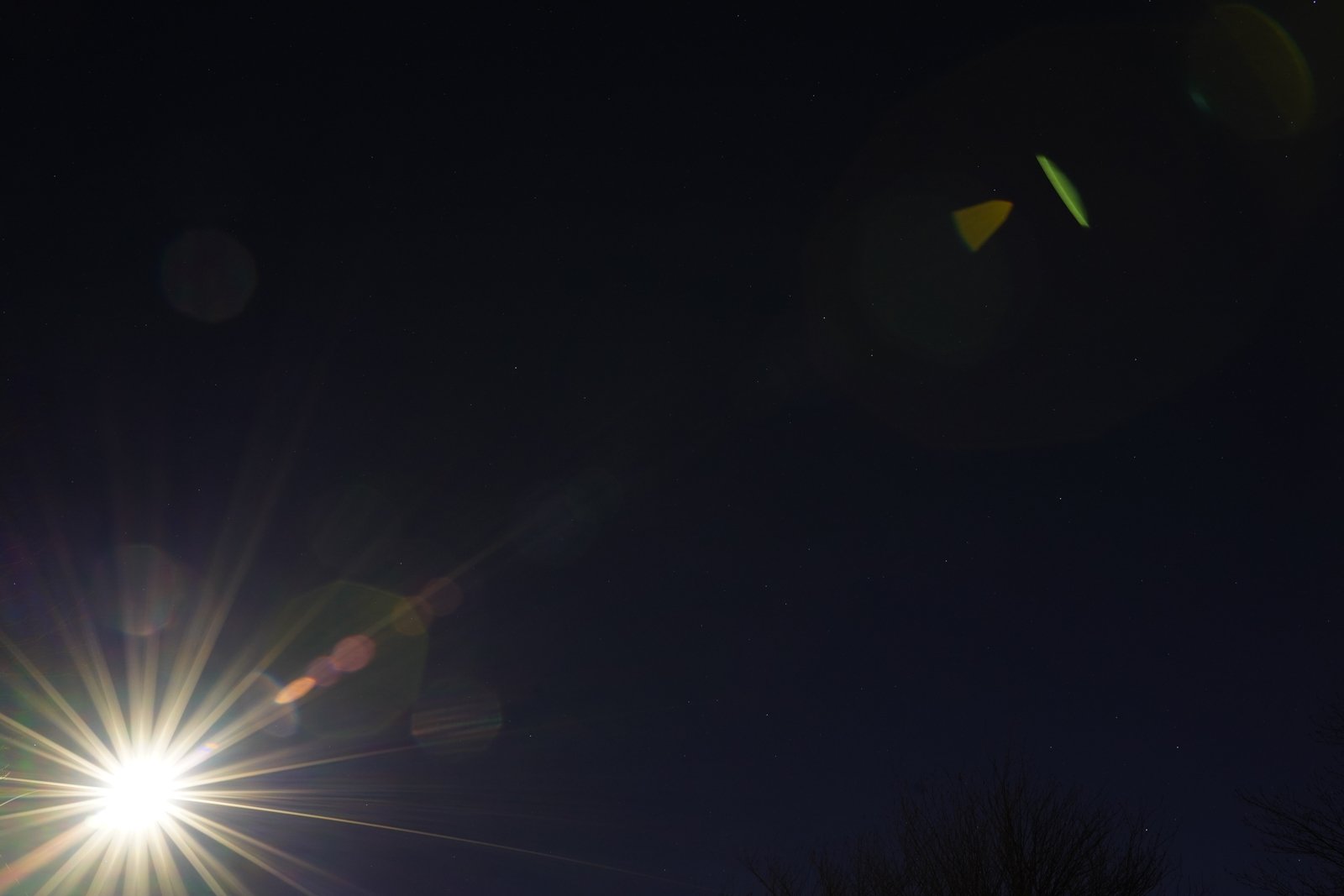 |
| F16 | 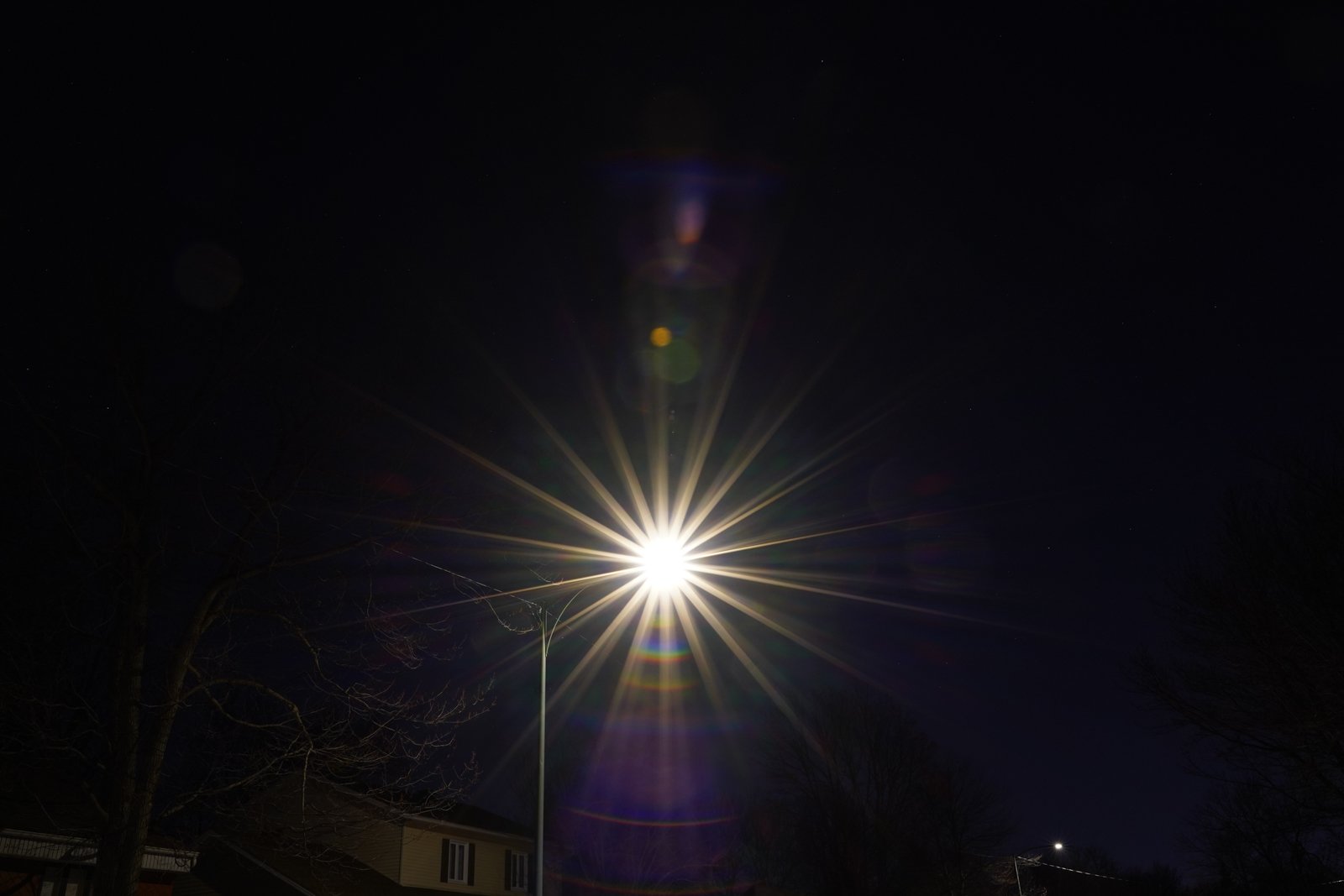 | 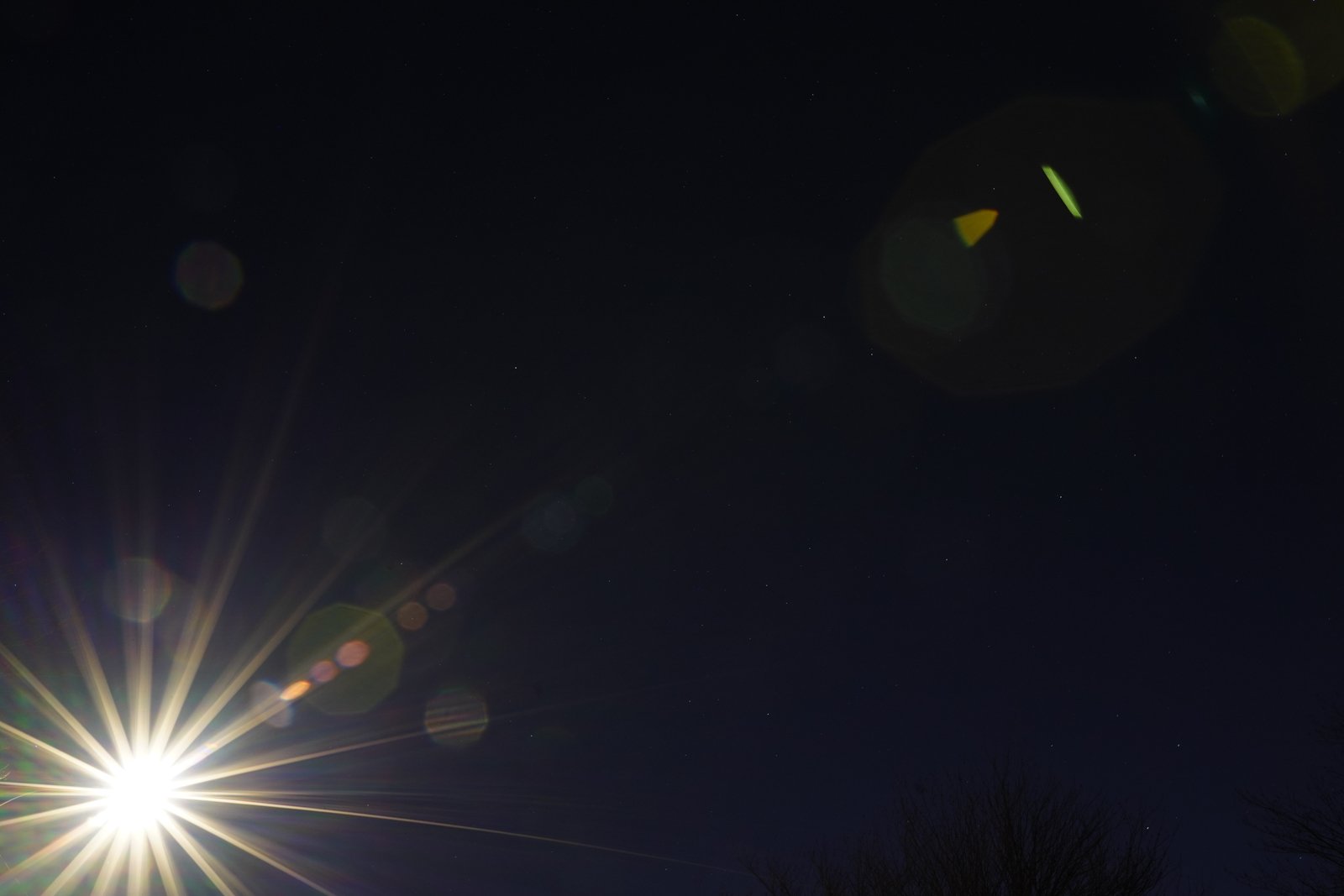 |
| F22 | 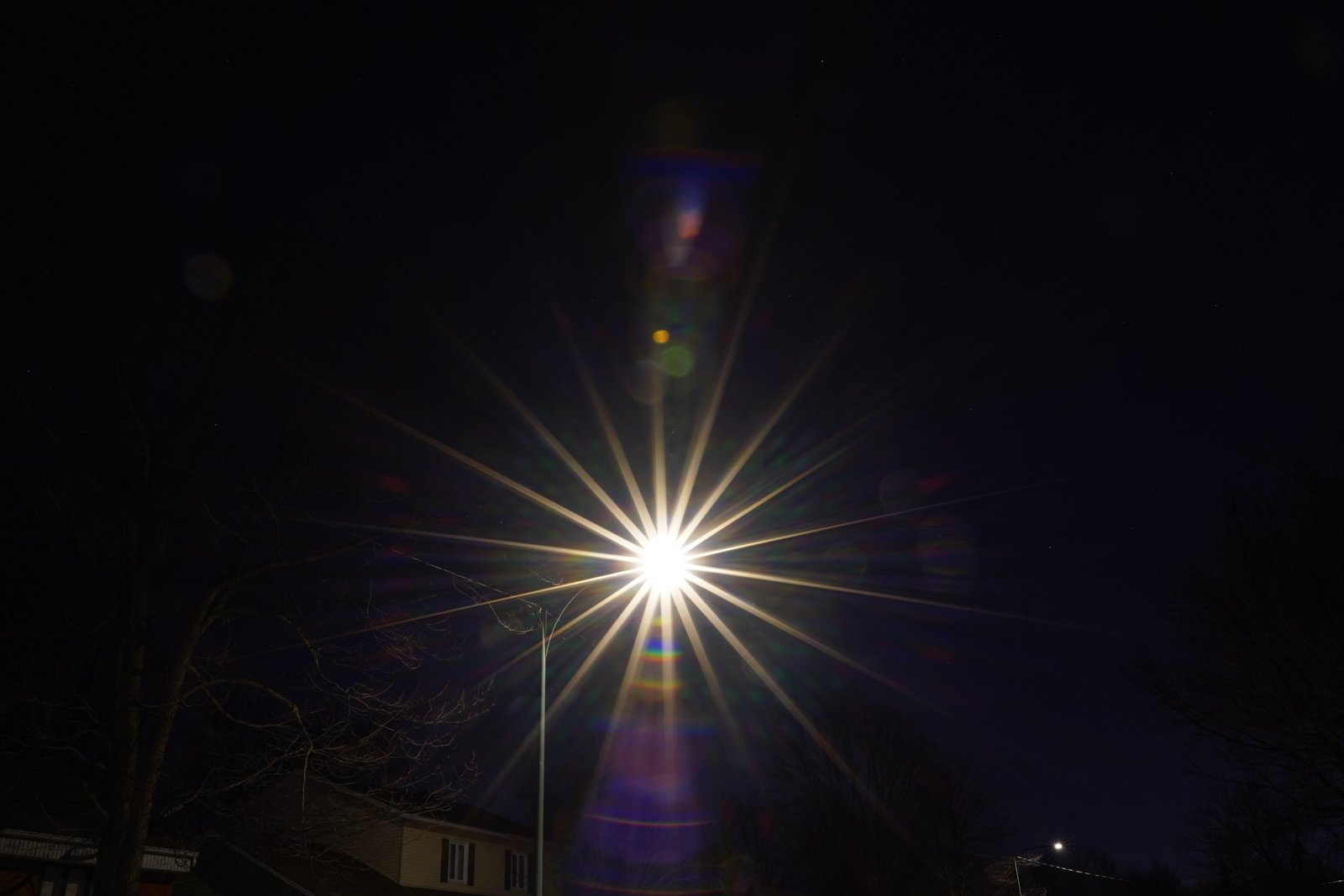 | 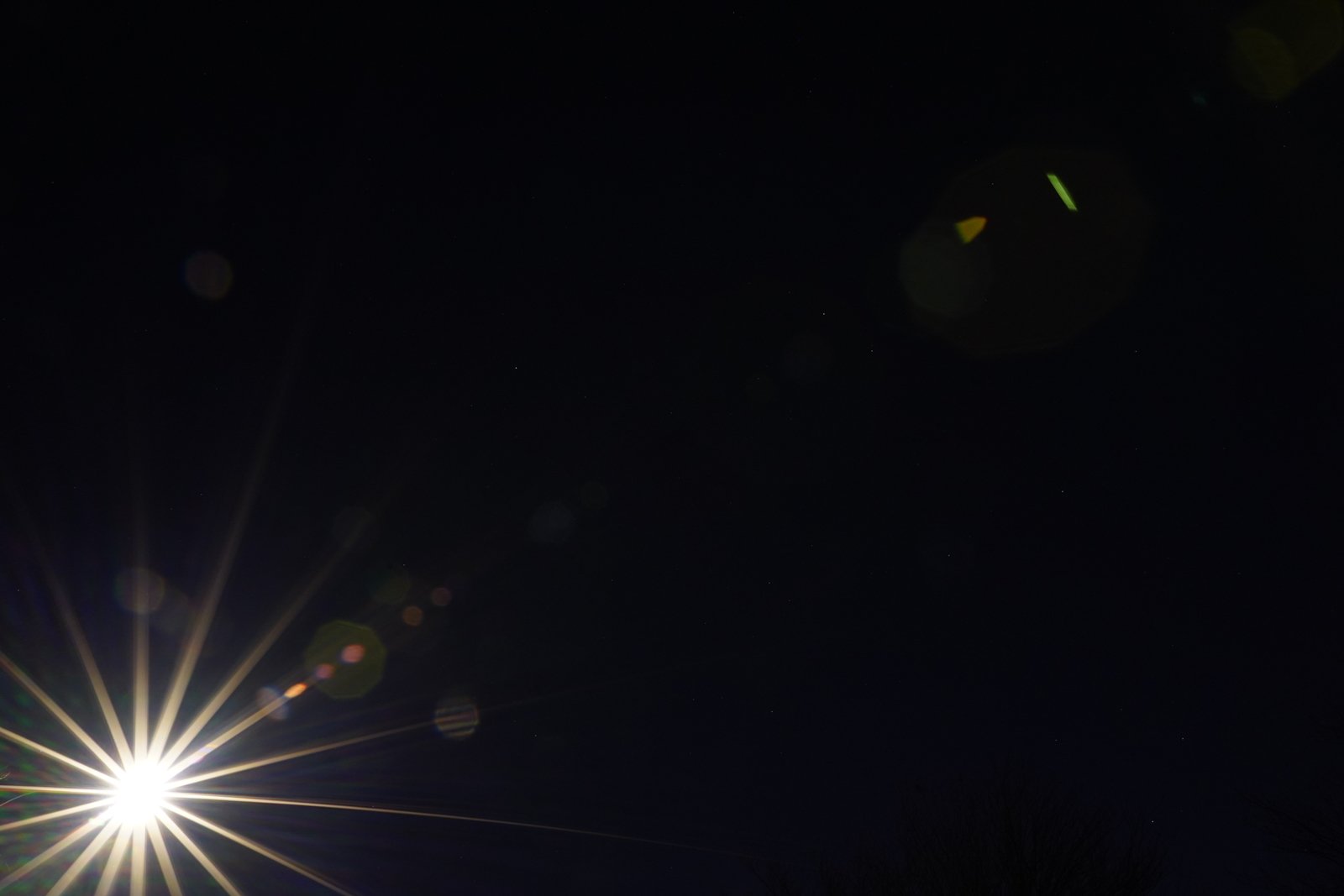 |
In the center, there are ghosts close the light source at wider apertures, getting more numerous as the aperture closes. They are not overly distracting but will show up in manu situations.
With the light in the corner, the best results are obtained at wider apertures. Ghosts are always present, but in some cases they will become distracting.
Test results at 75mm
| Center | Corner | |
| F2.8 | 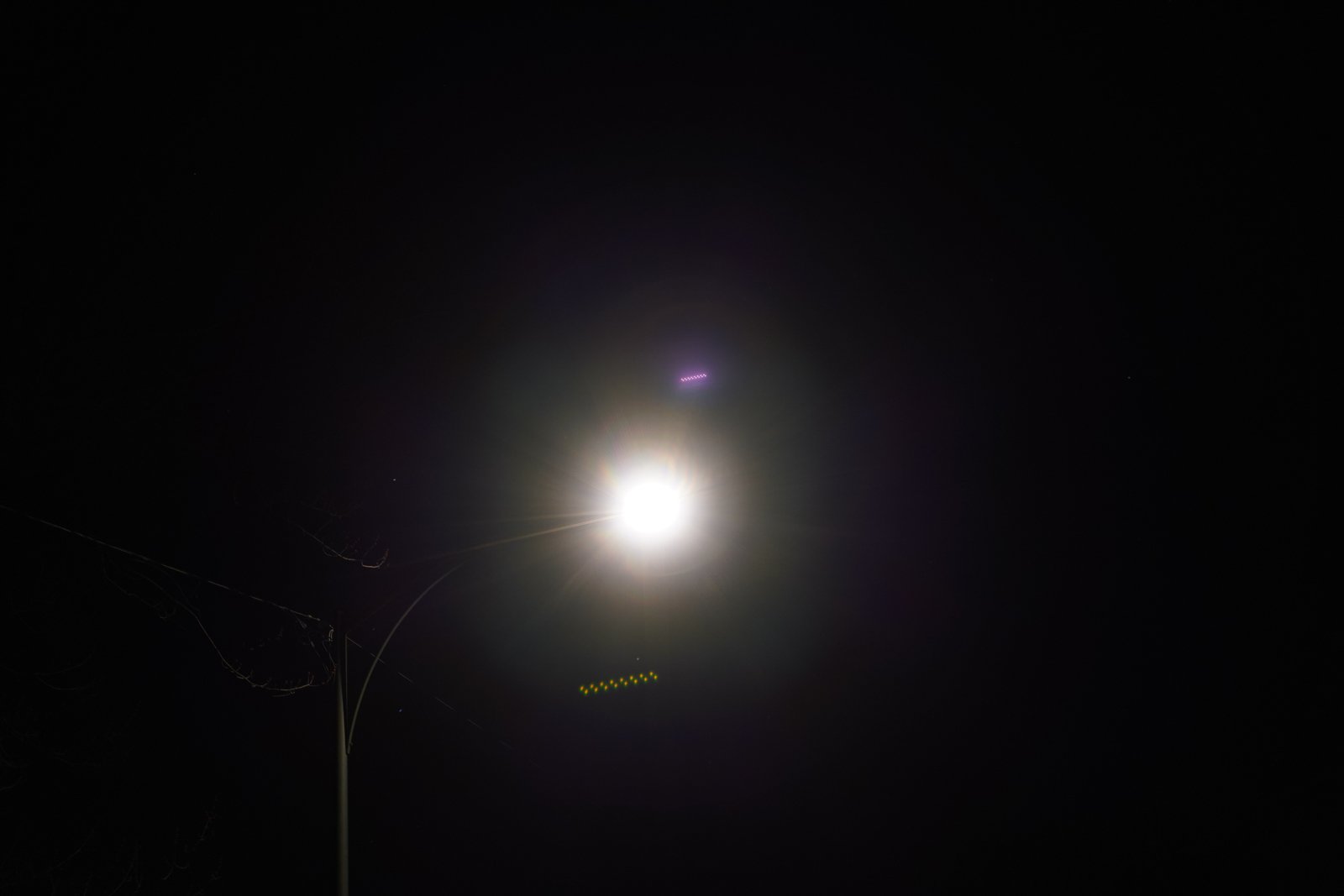 | 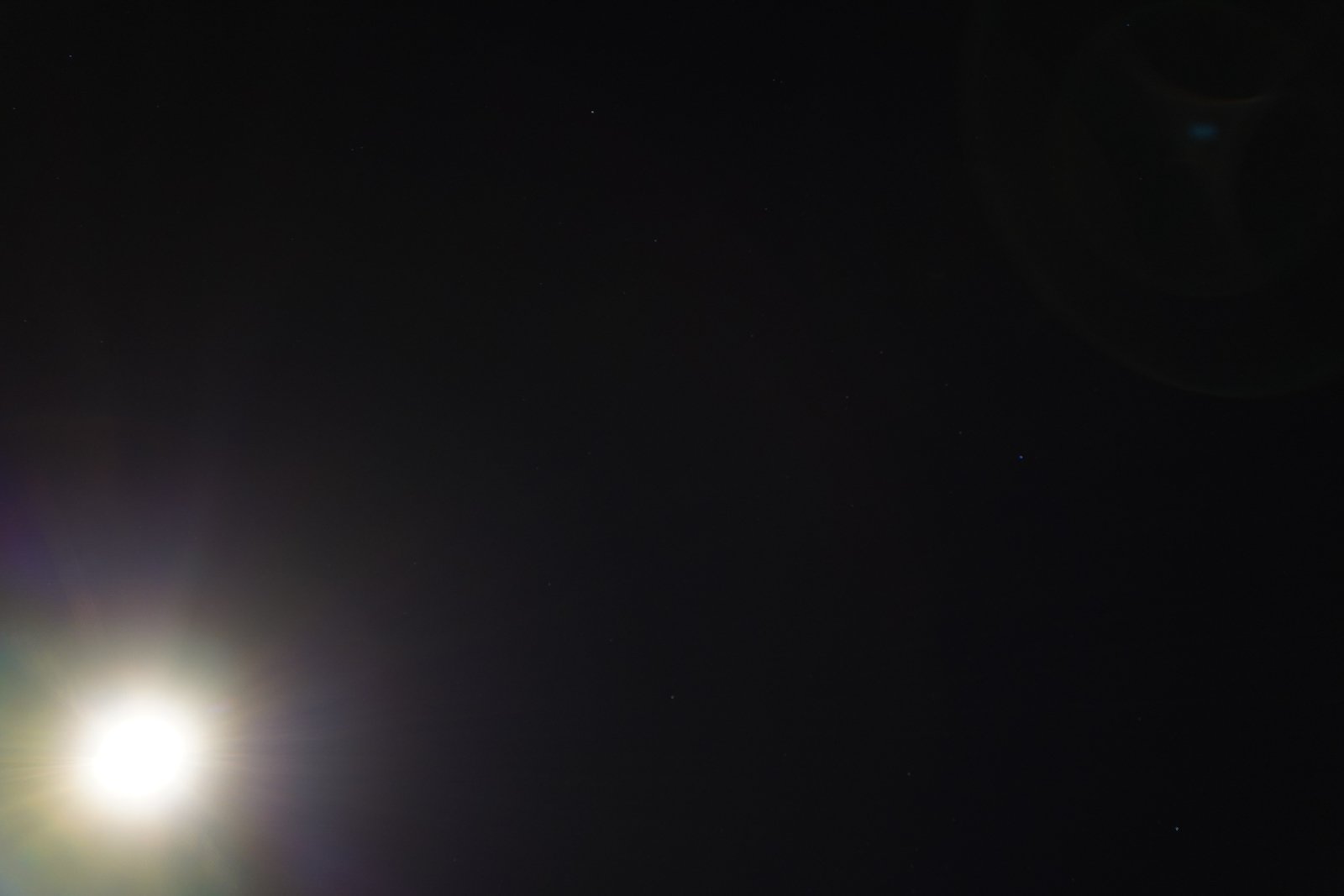 |
| F4 | 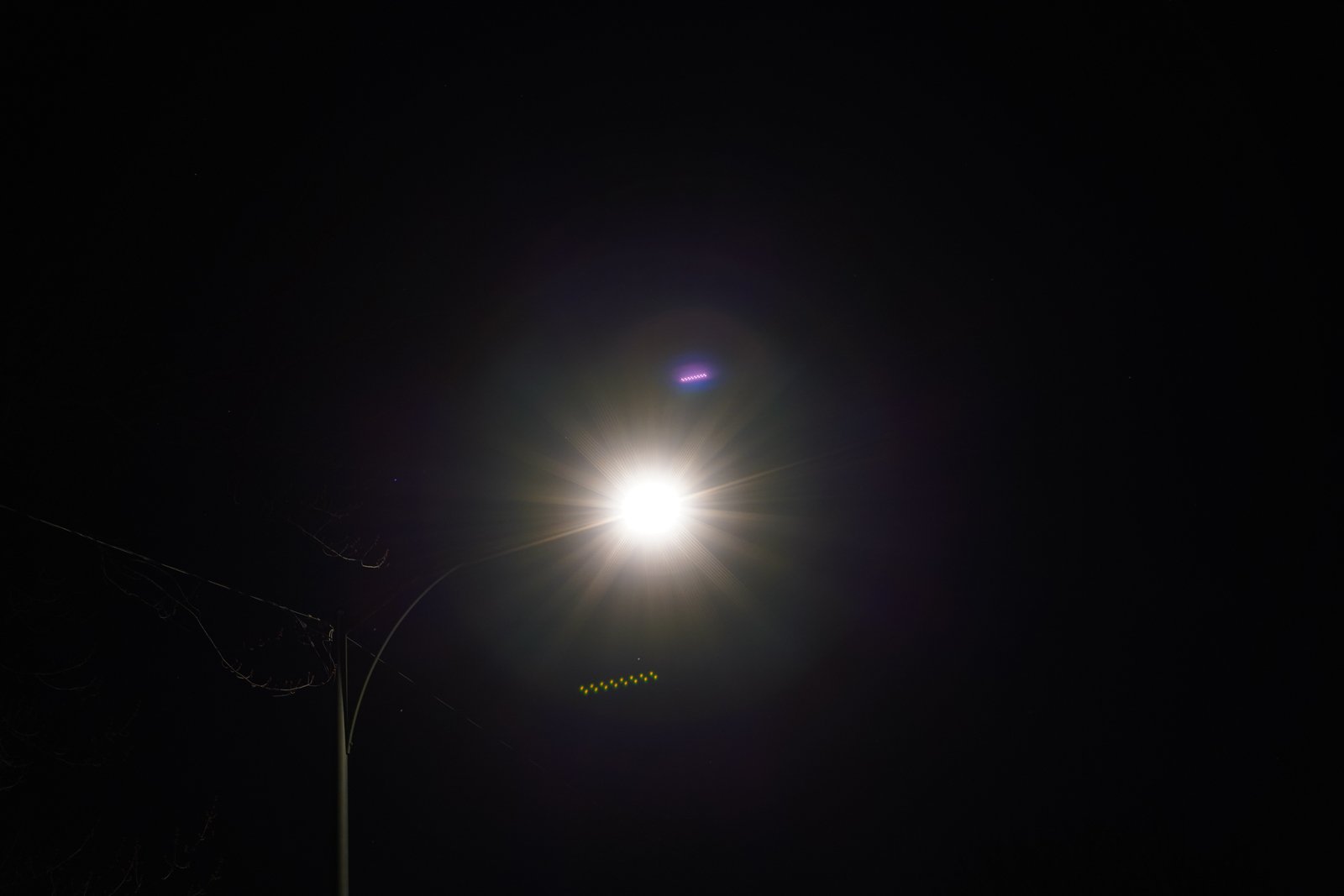 | 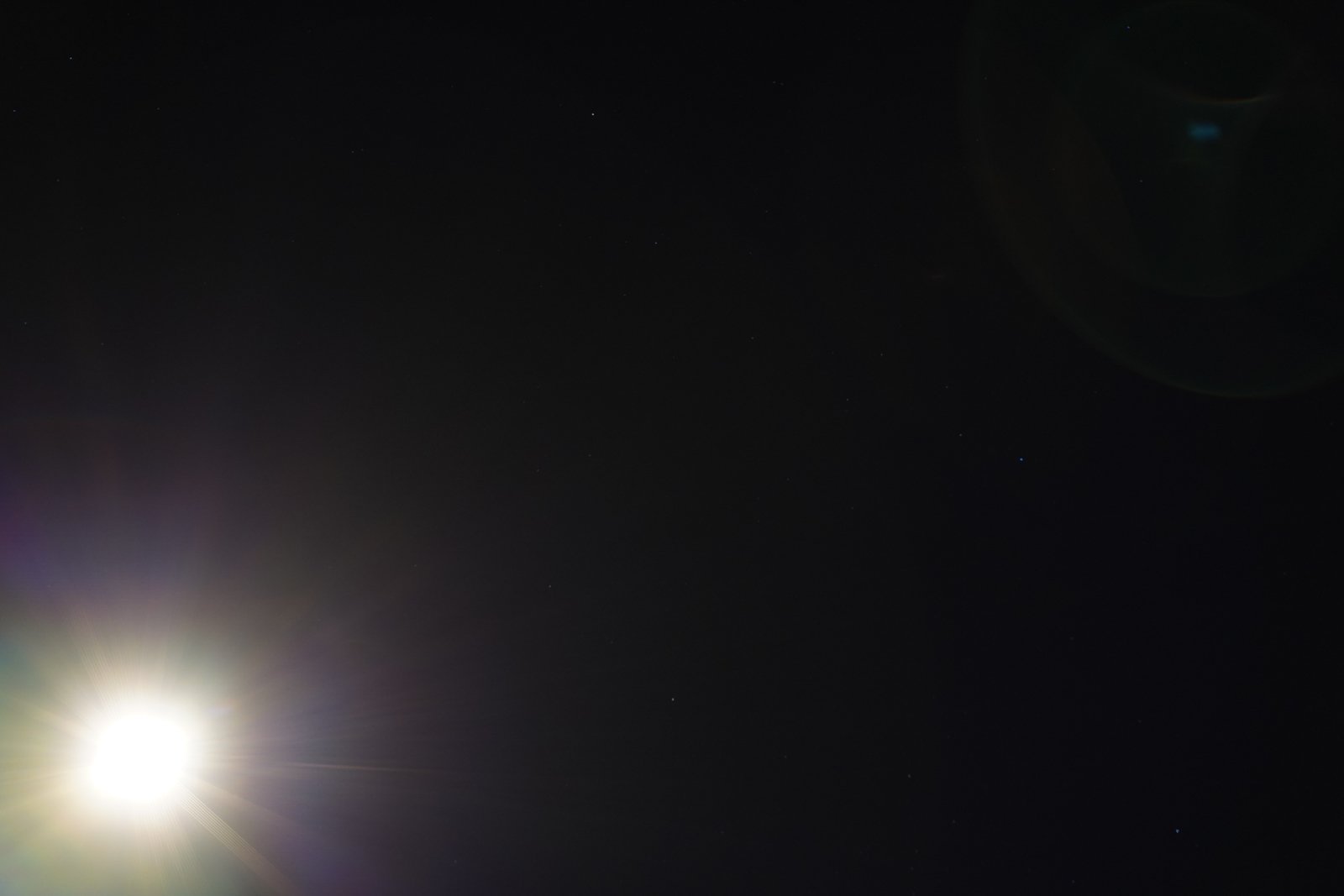 |
| F5.6 | 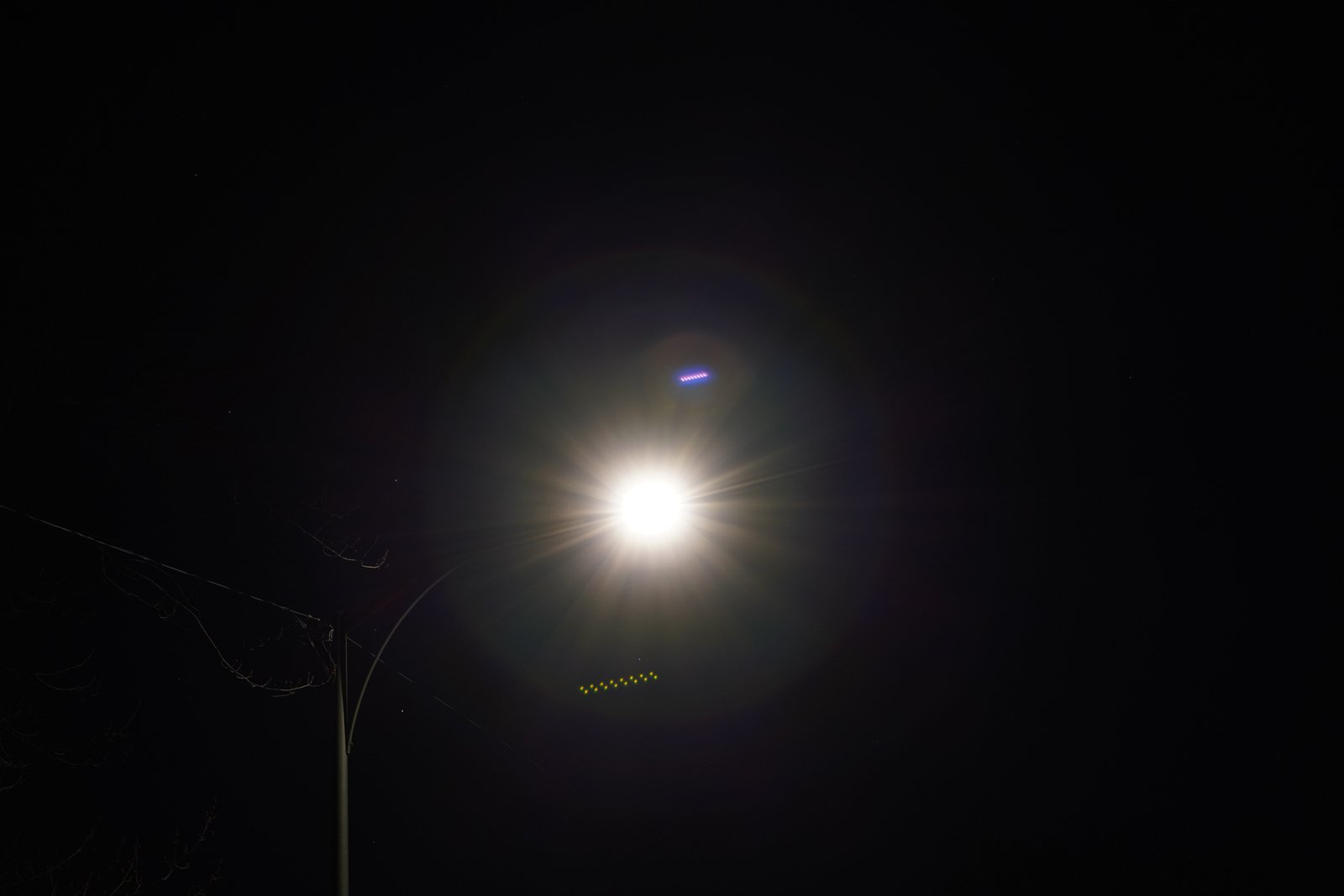 | 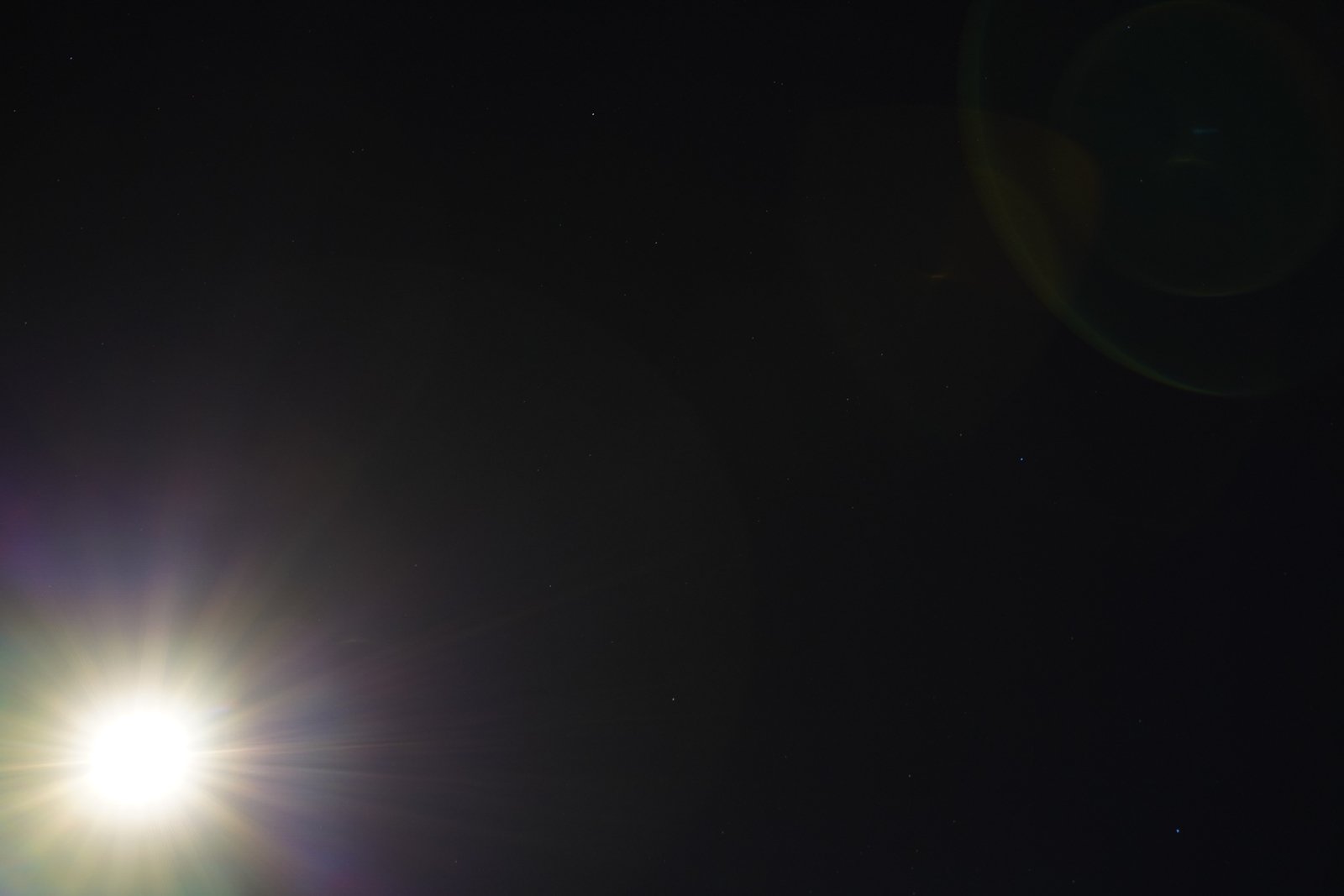 |
| F8 | 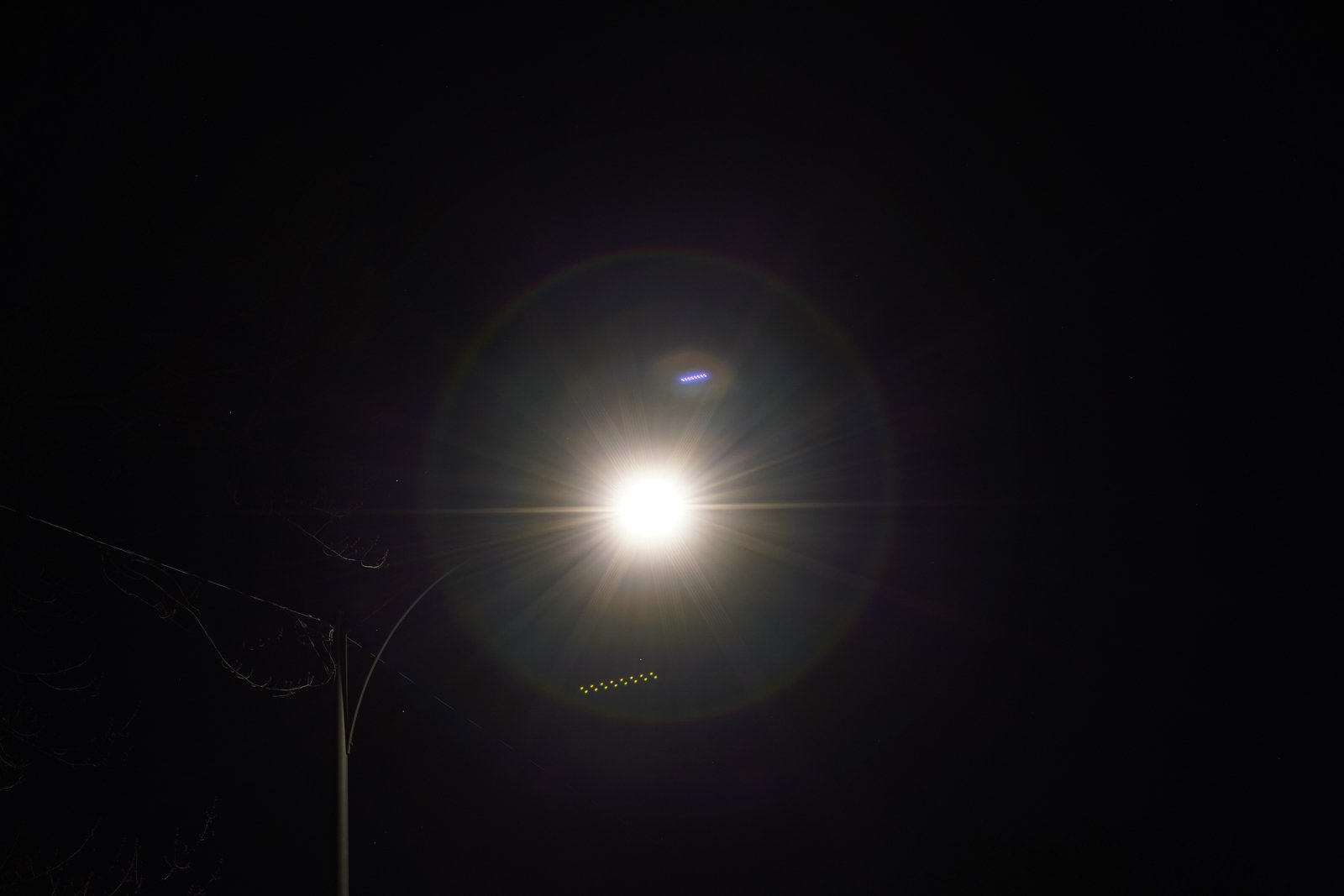 | 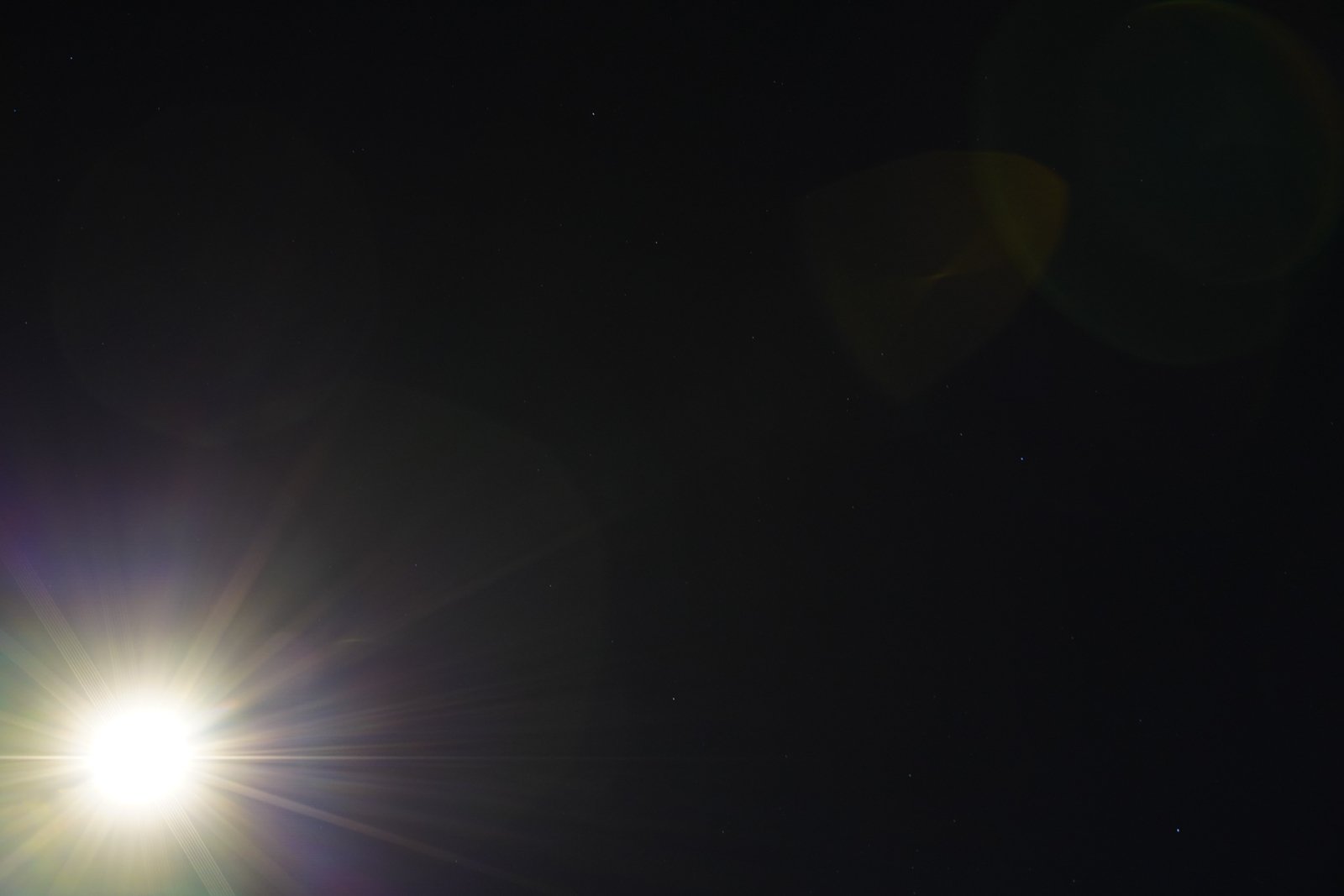 |
| F11 | 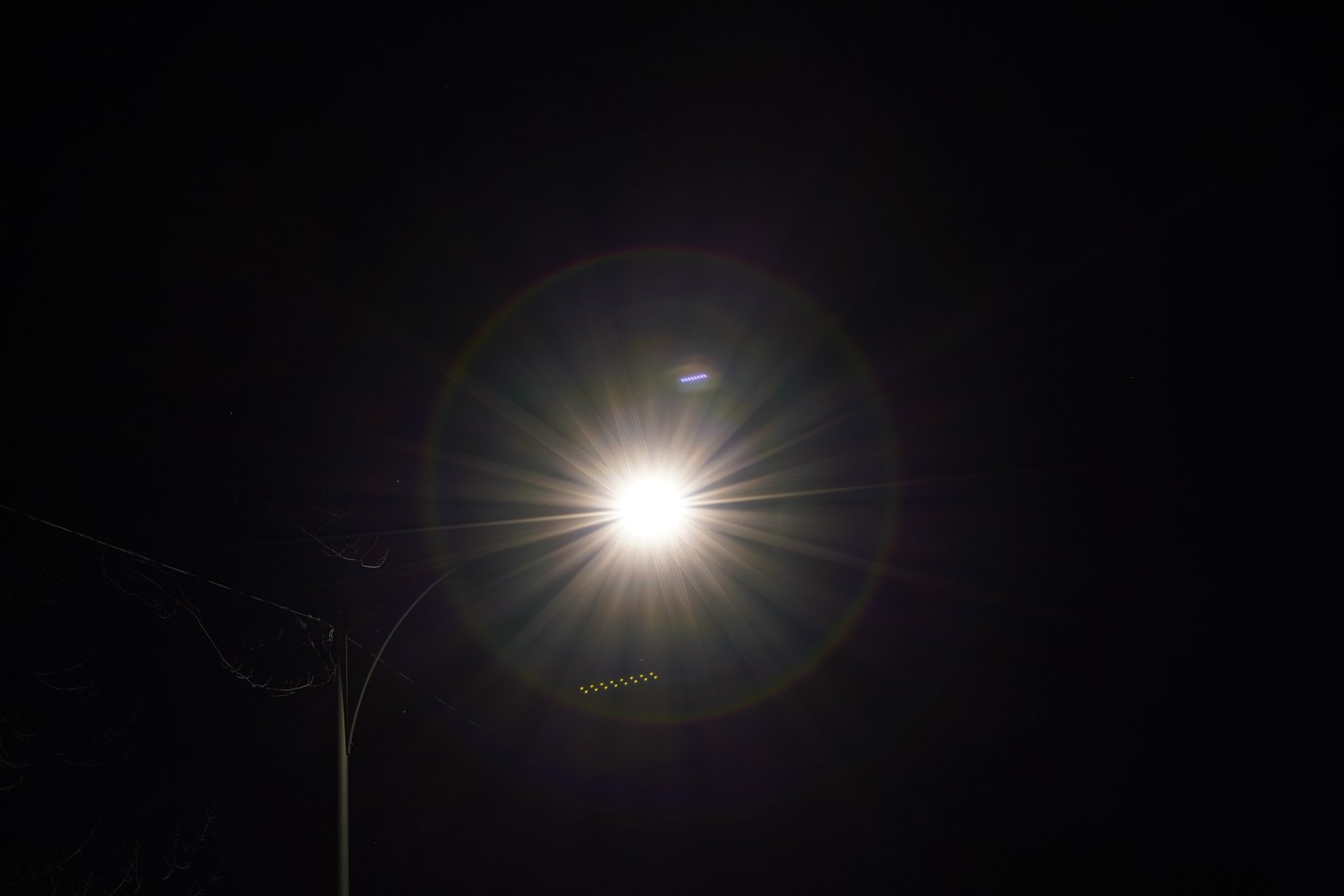 | 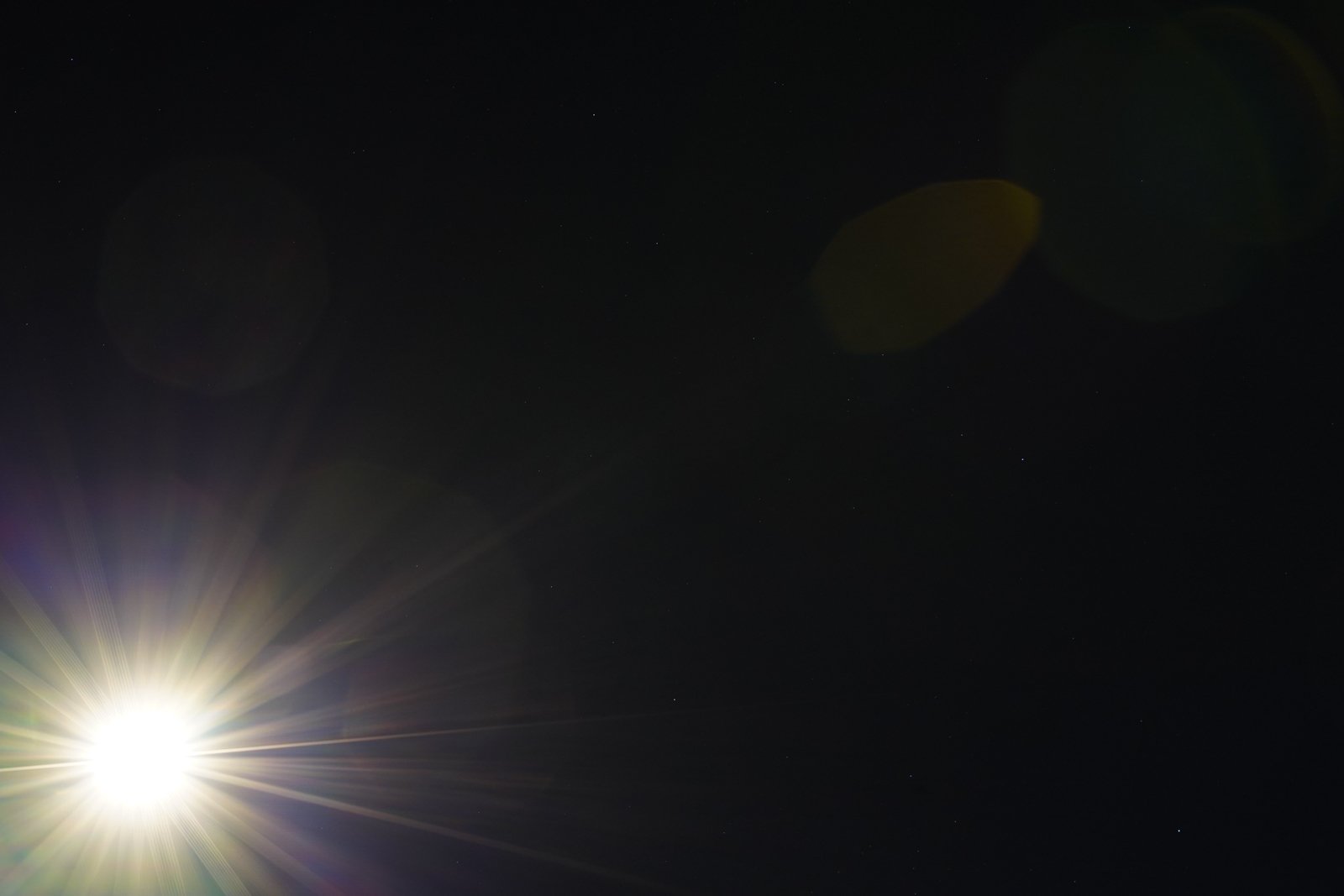 |
| F16 | 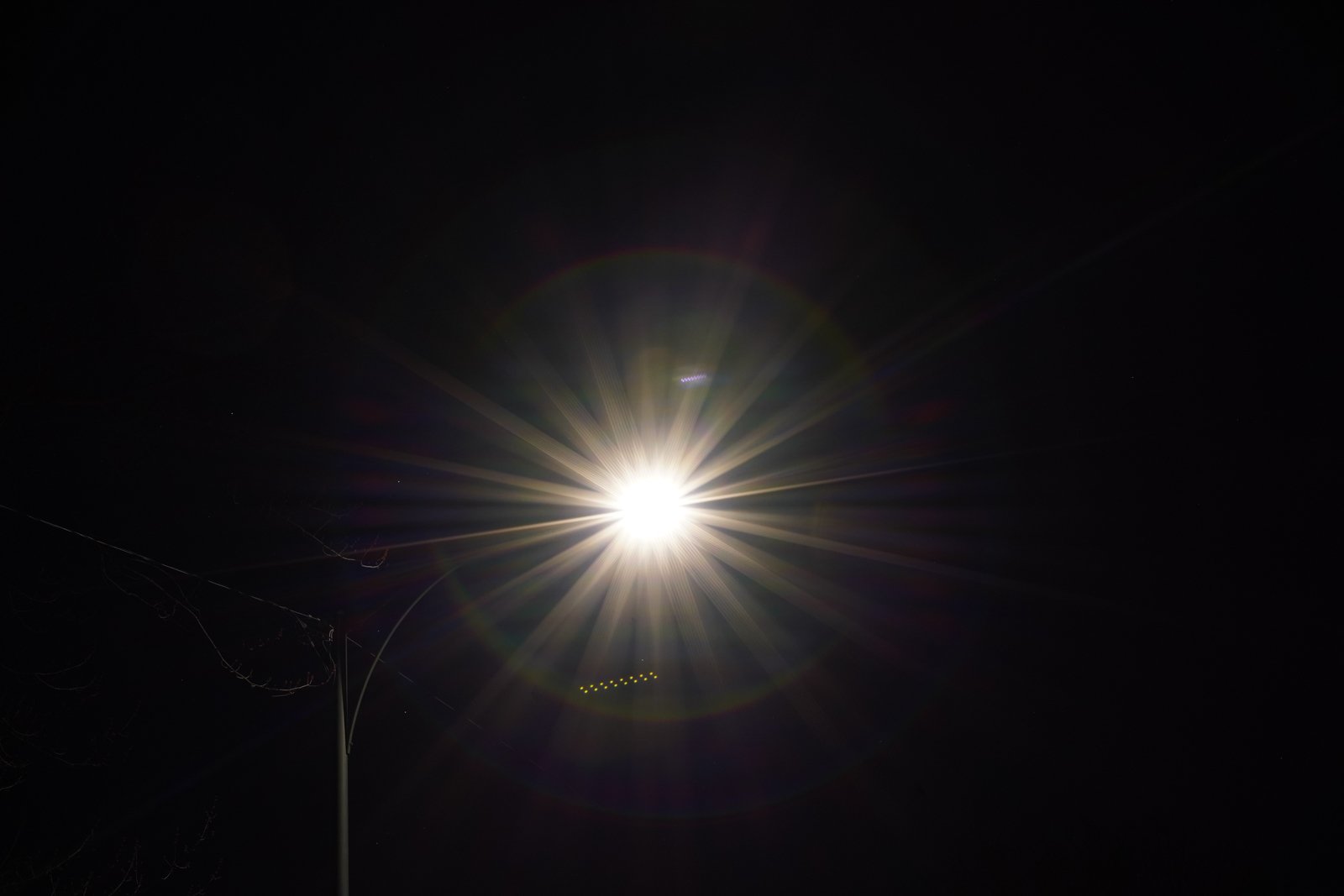 | 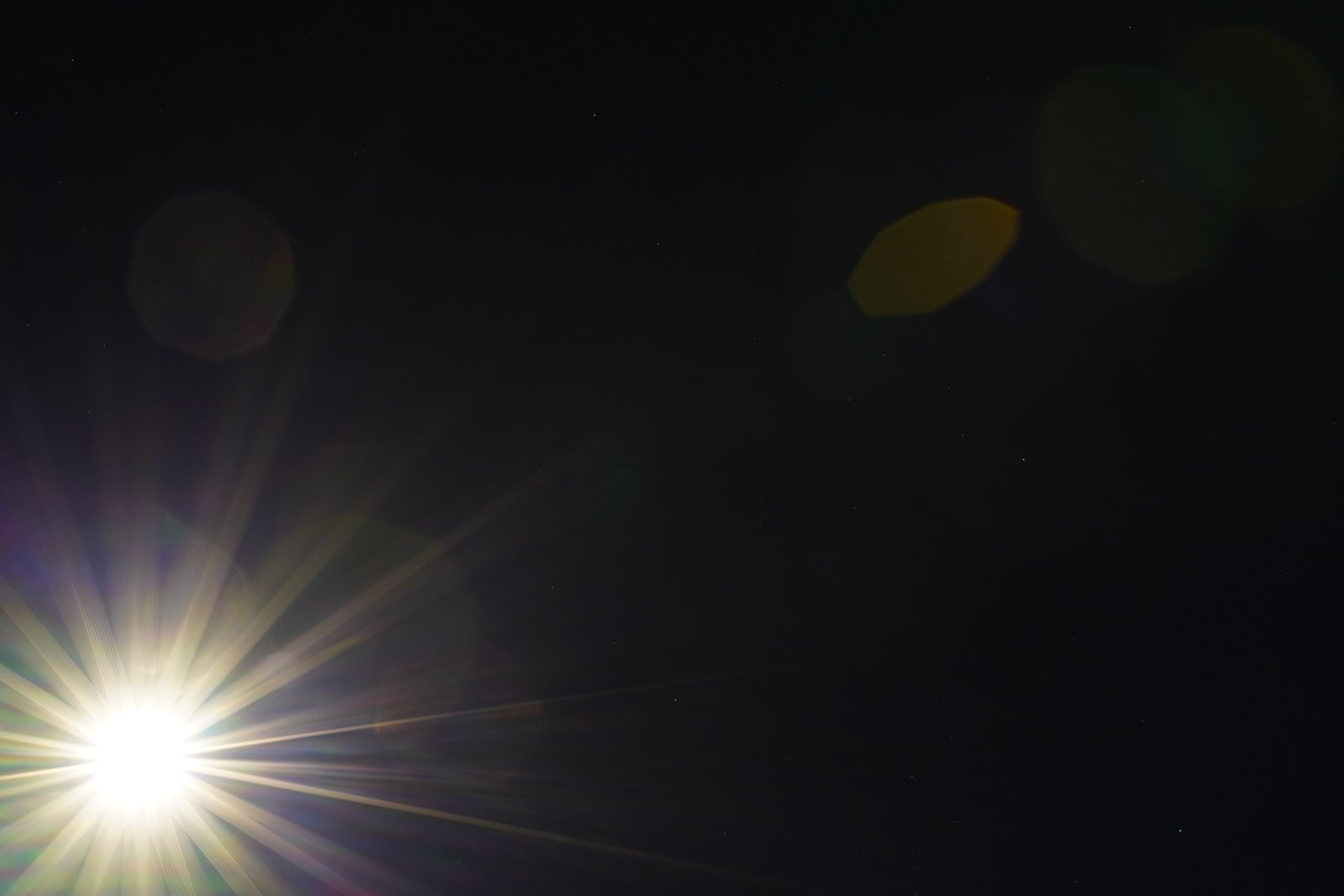 |
| F22 | 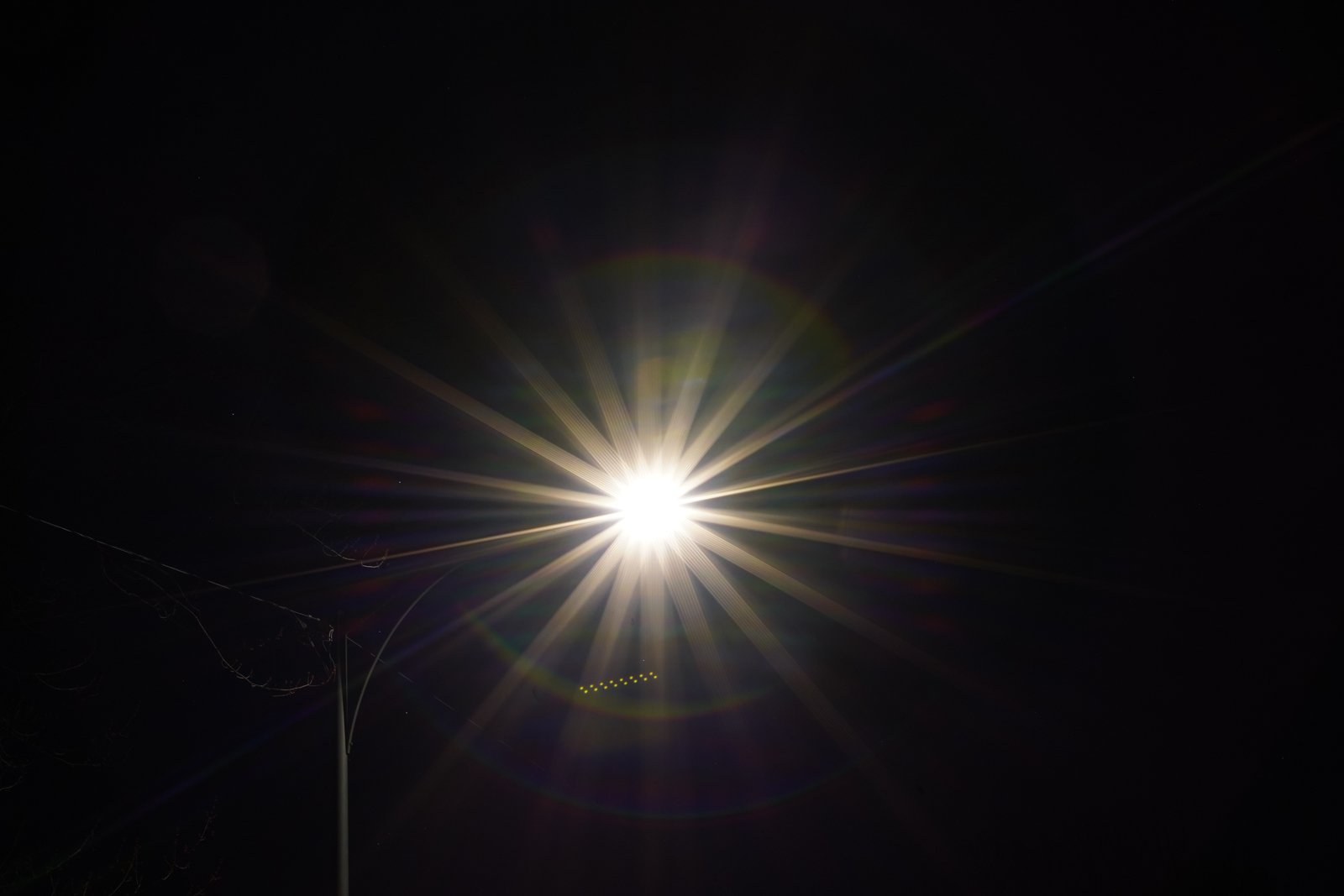 | 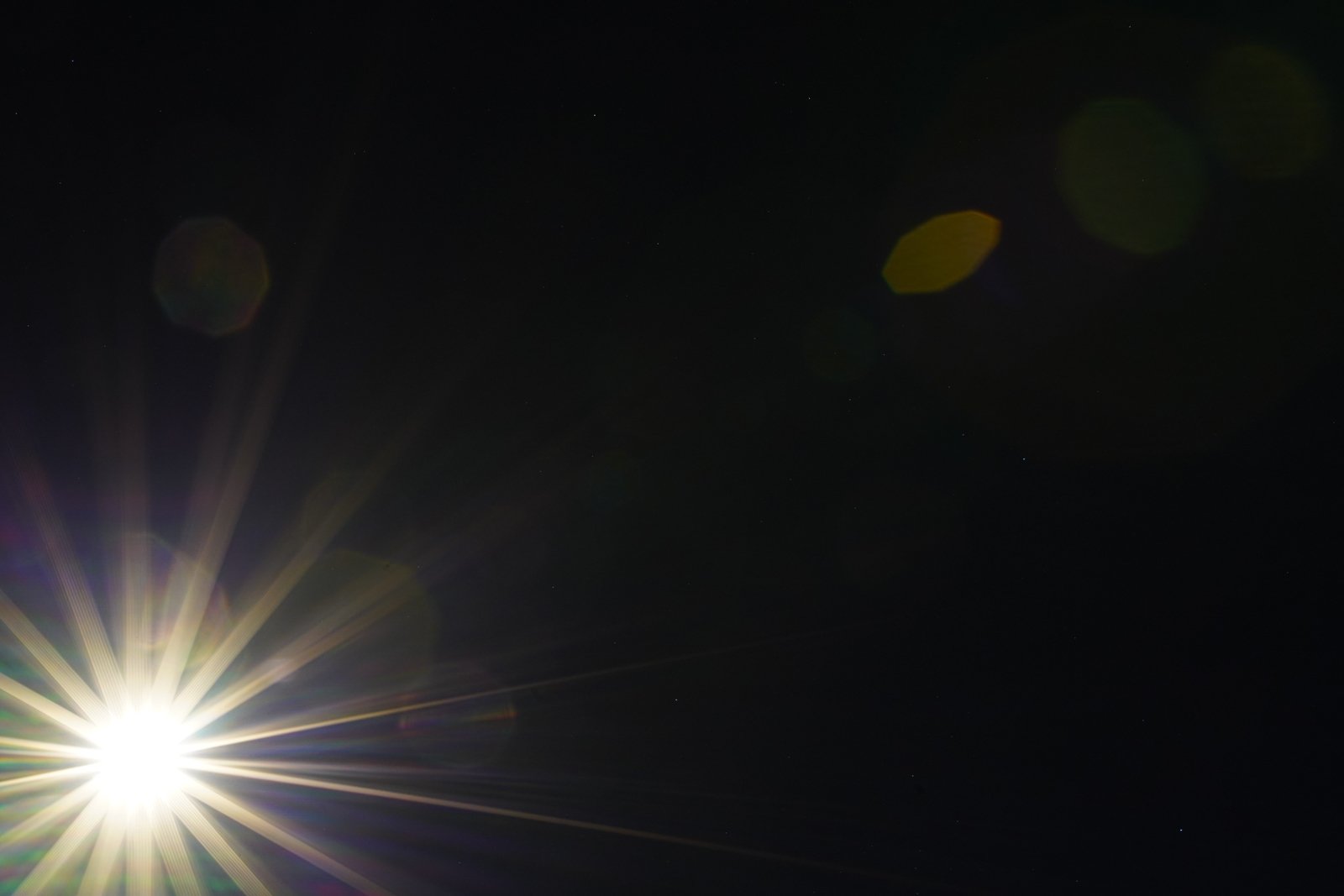 |
In the center at 75mm, there is less ghosting but more flare than at 28mm. Some ghosts appear but they are not overly disturbing. The flare is mostly limited to an area close to the light source.
With the light in the corner, there is almost no ghosting below F8; it will certainly not be disturbing. Flare is again present, and again not overly distracting. Not perfect but not too bad.
Chromatic aberration
Chromatic aberration (CA) occurs because different colours do not always have the same focal point. With modern lenses designs, which are better corrected than vintage designs, this is more likely to occur in out-of-focus areas. CA effects are more visible near fast transitions from bright to dark areas.
Most modern cameras have built-in tools to remove CA. Digital manipulations can have an impact on other aspects of an image, thus it is useful to know how a lens performs when those automatic corrections are disabled.
Our test sets up the camera at 45° and focuses on the center of the frame, with targets at the center, top and bottom. Images are captured at varying apertures at 50mm.
| Top | Center | Bottom | |
| F2.8 | 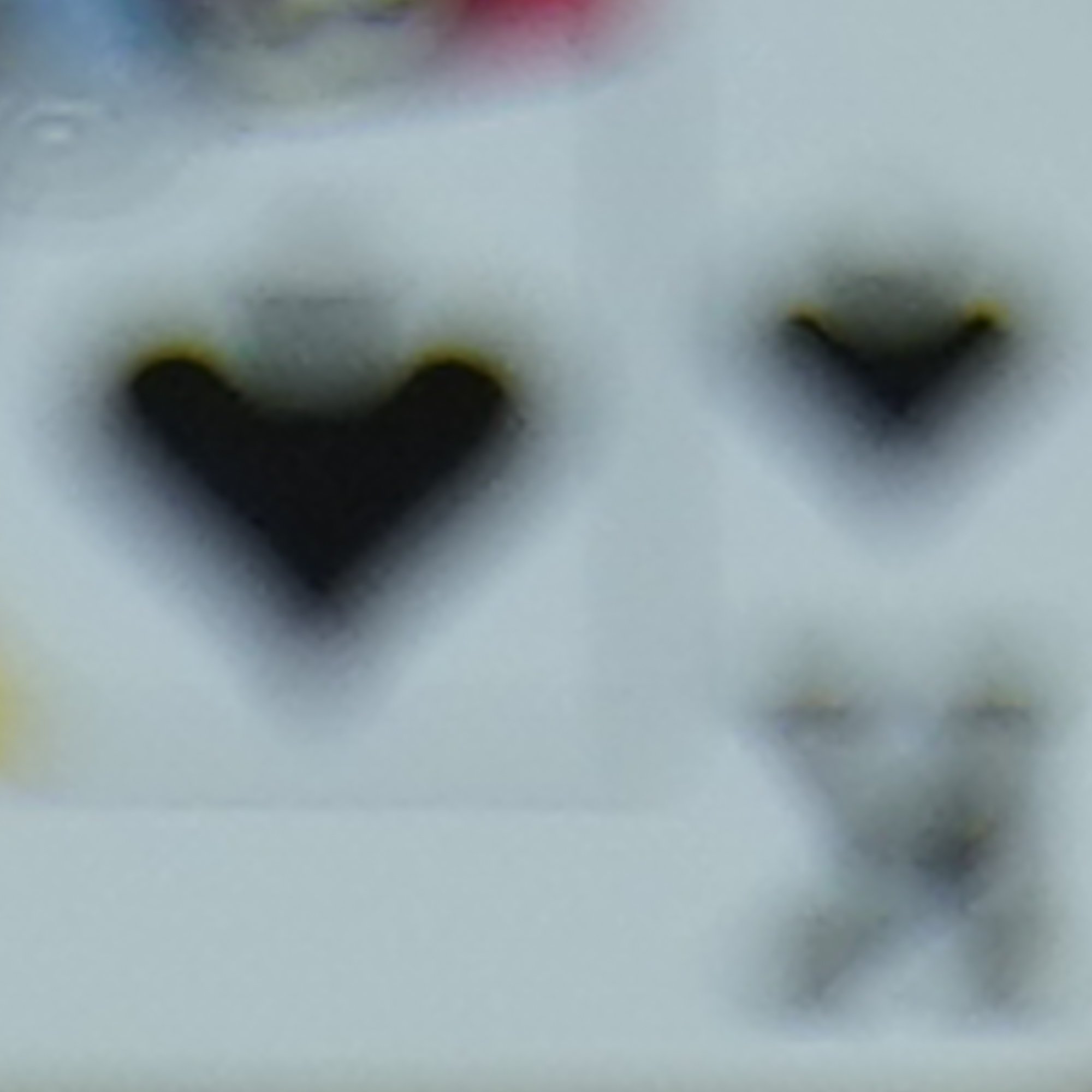 |  |  |
| F4 | 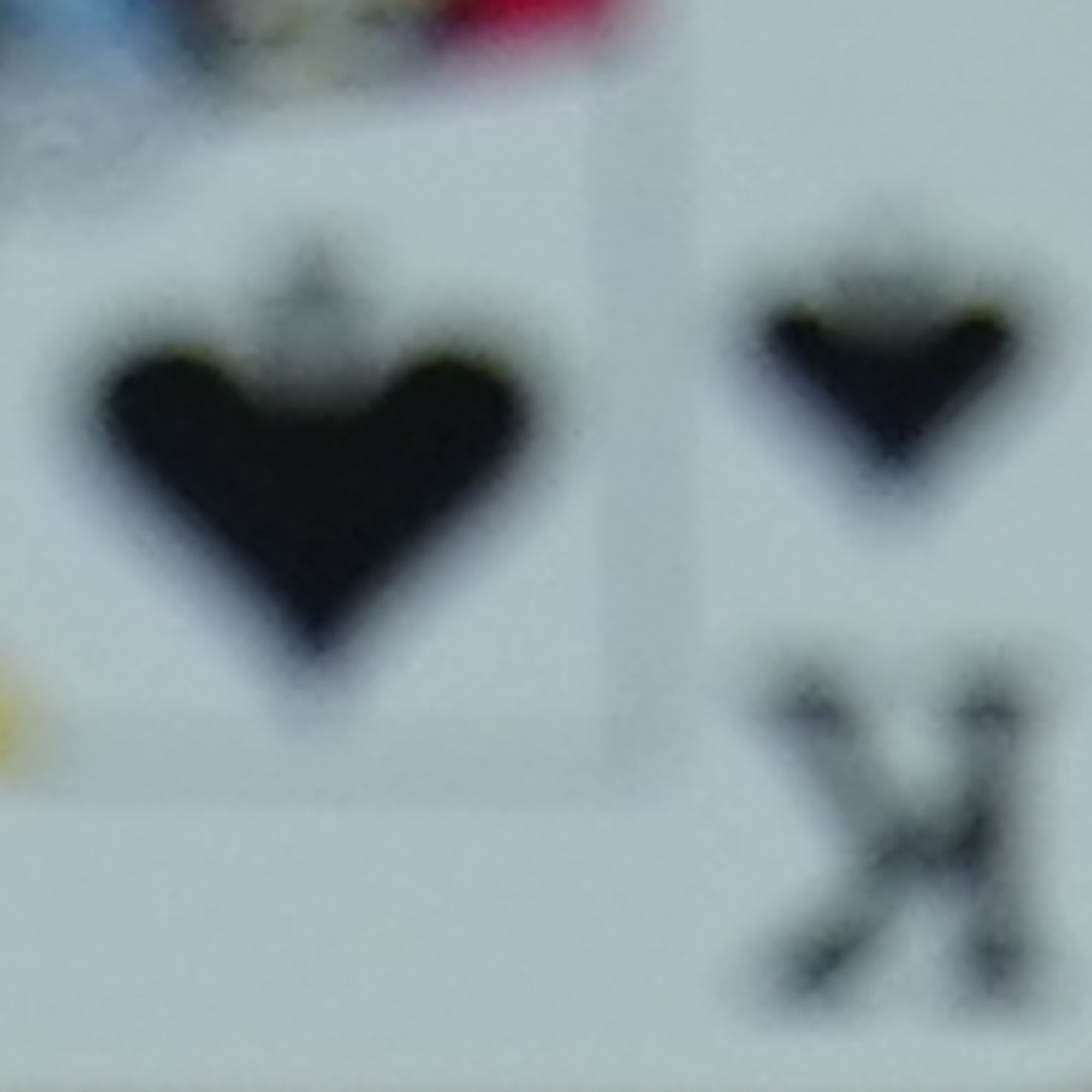 |  | 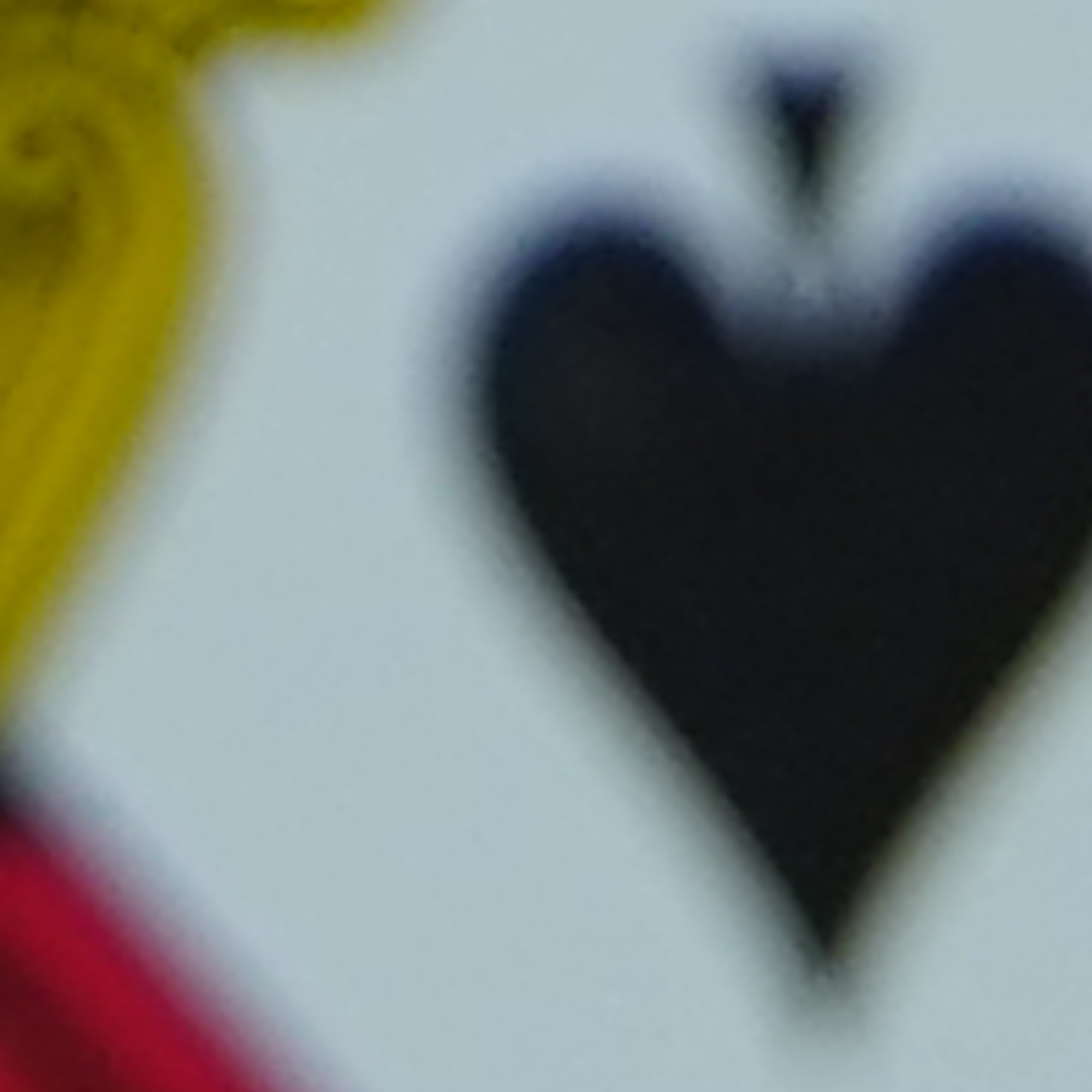 |
| F5.6 | 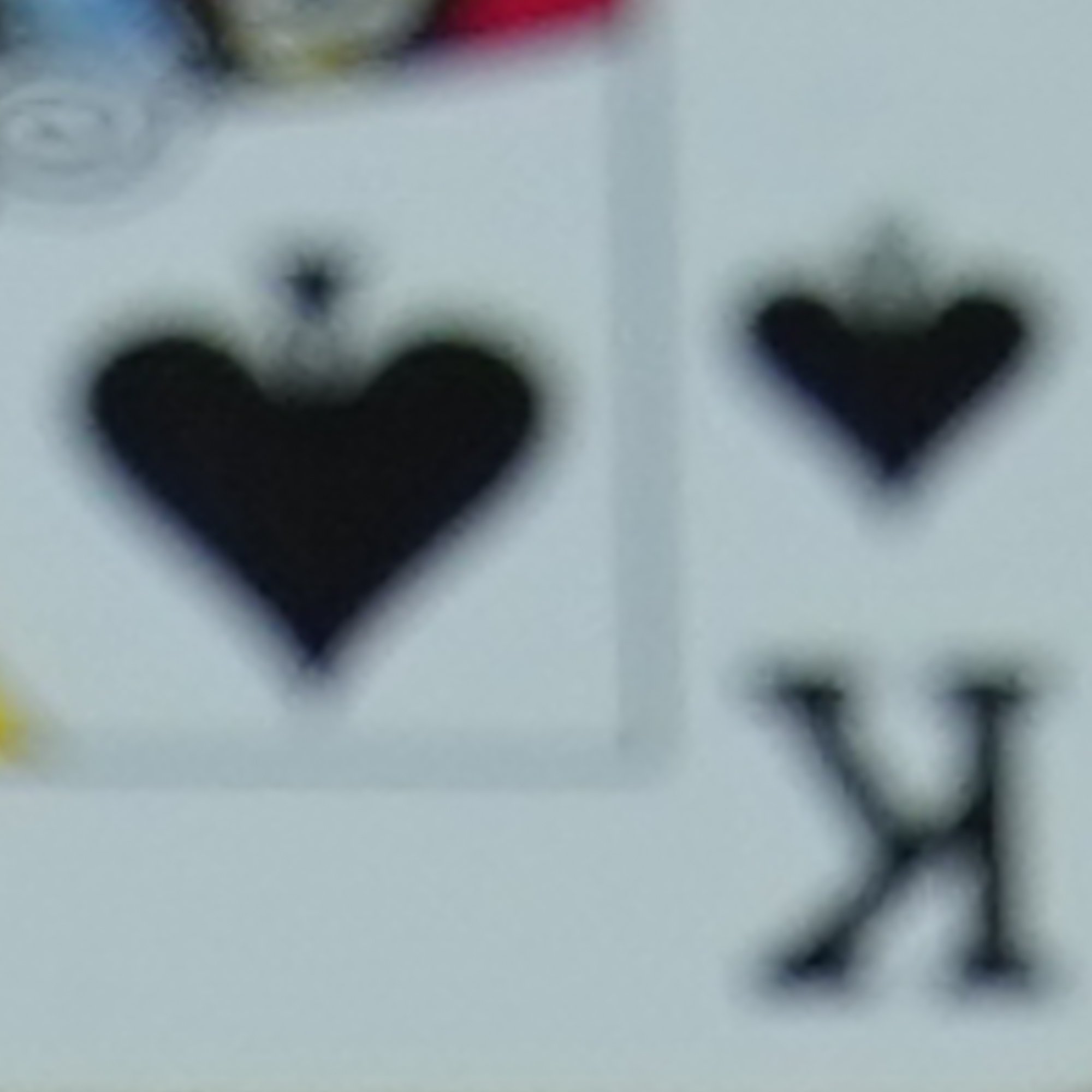 |  |  |
| F8 | 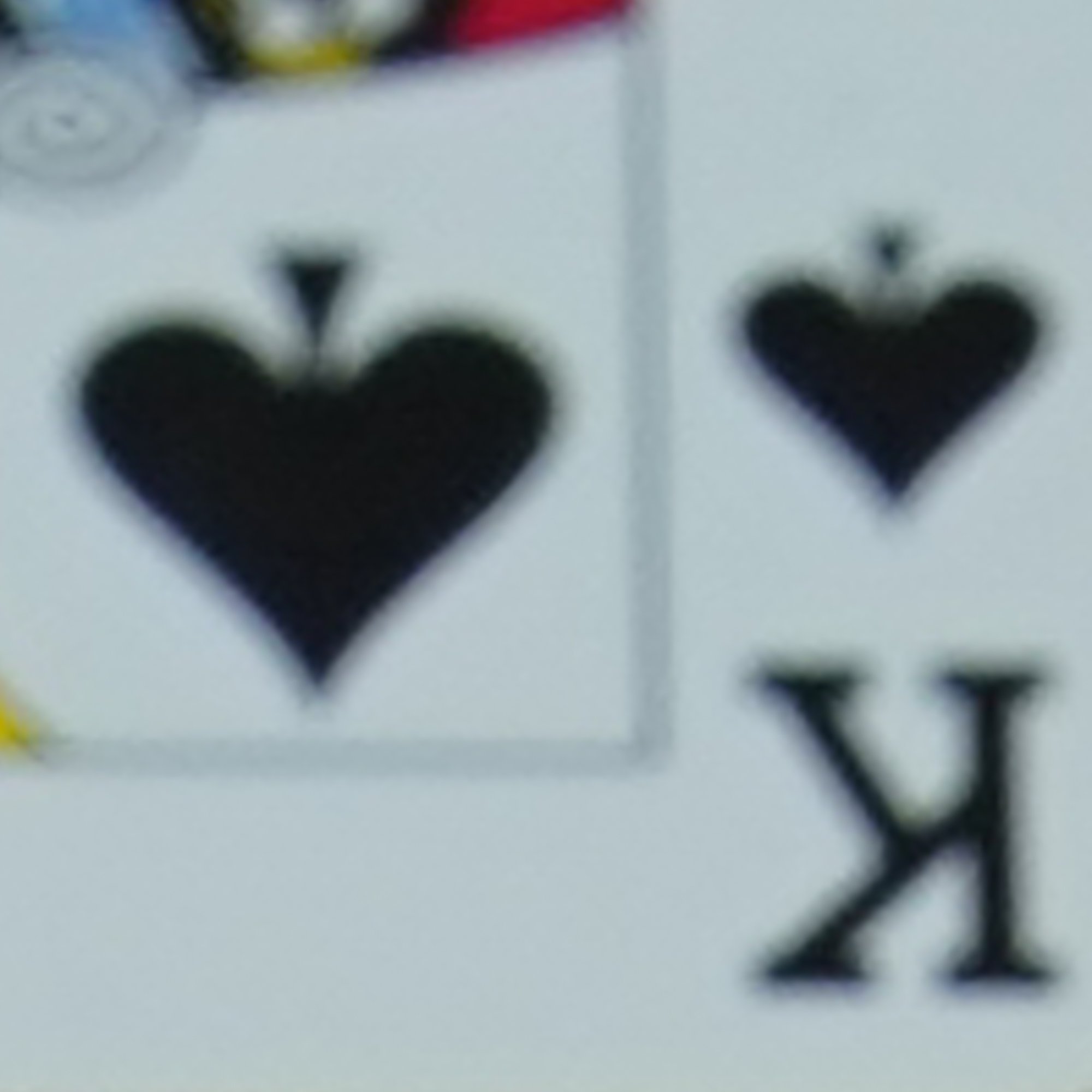 |  |  |
| F11 | 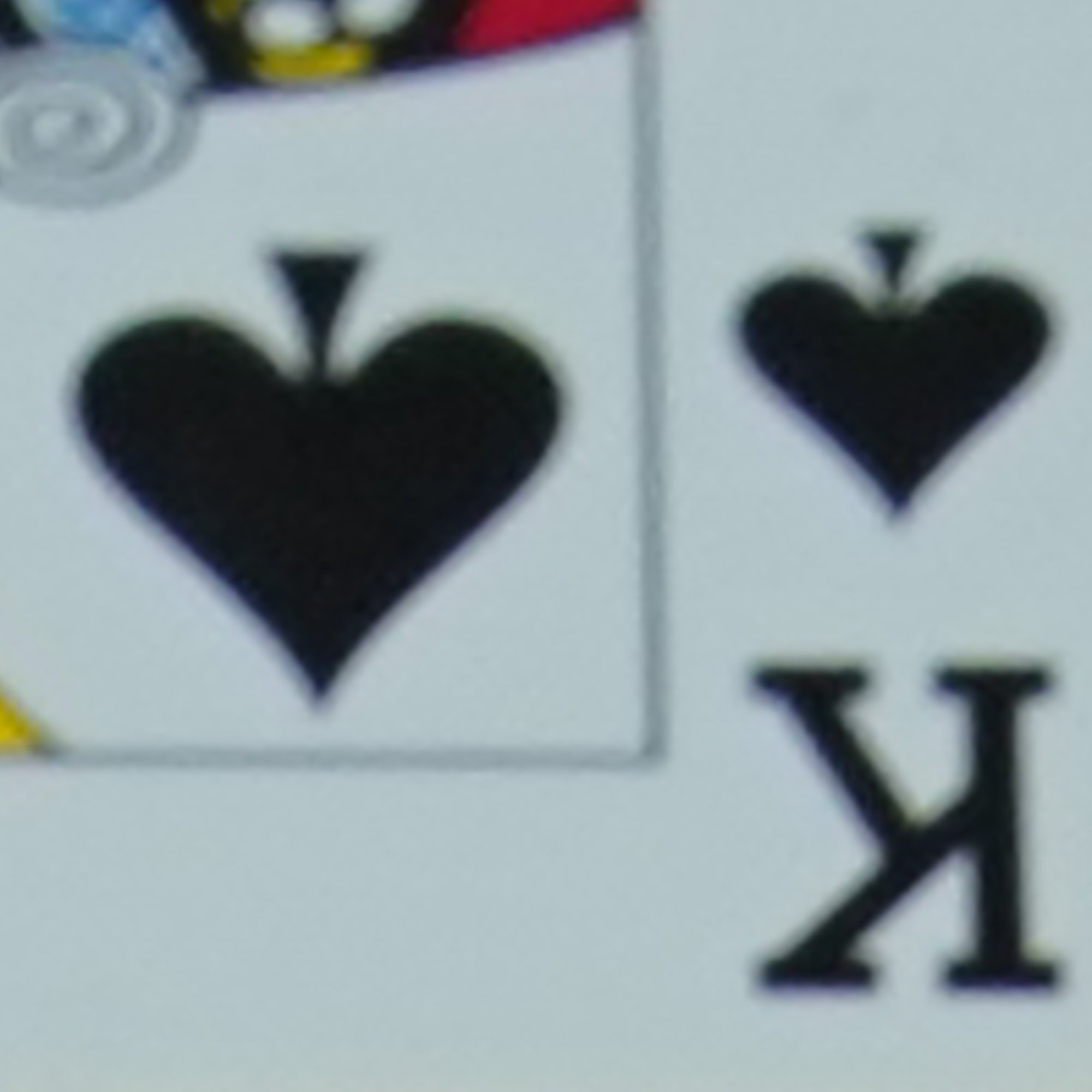 |  |  |
| F16 | 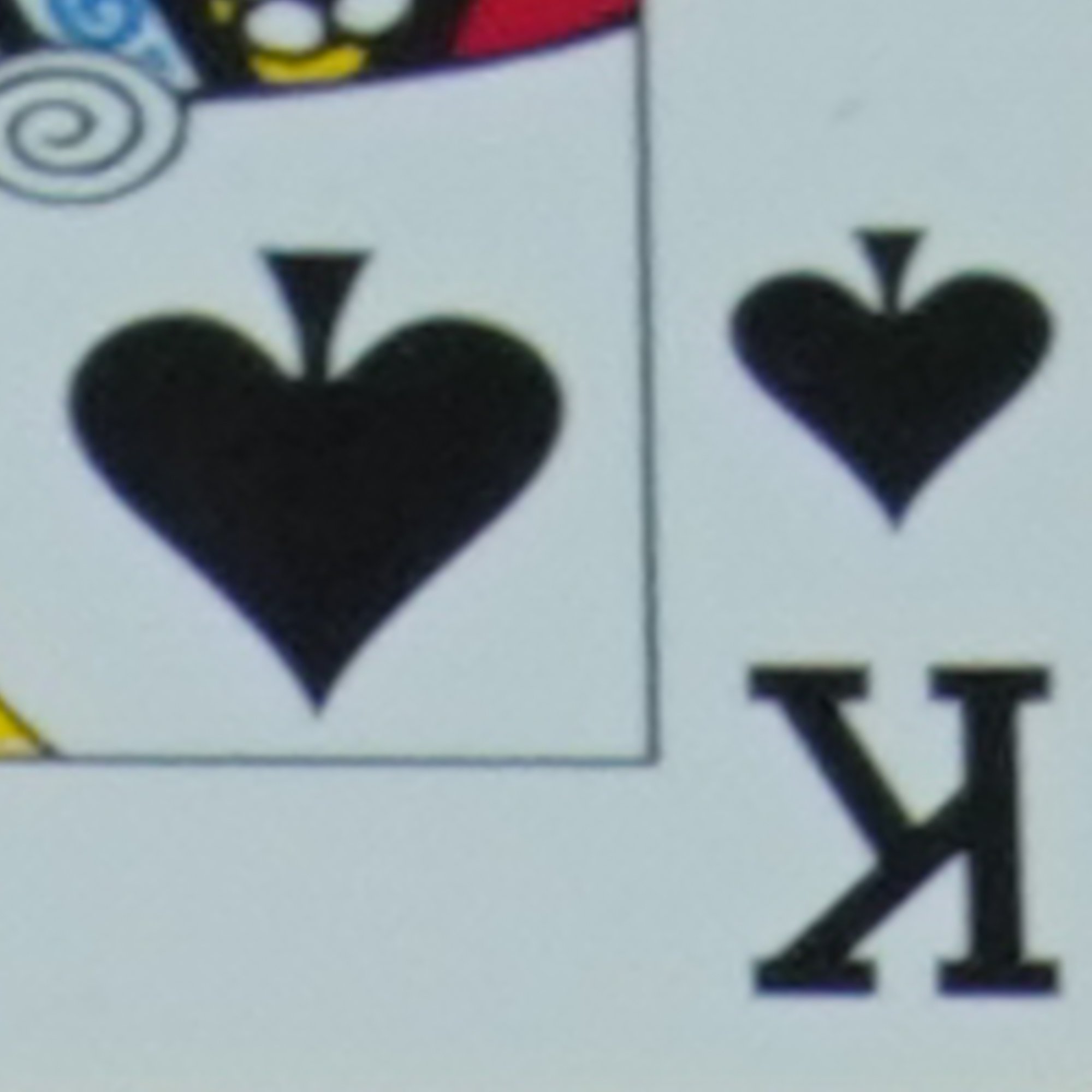 |  |  |
| F22 | 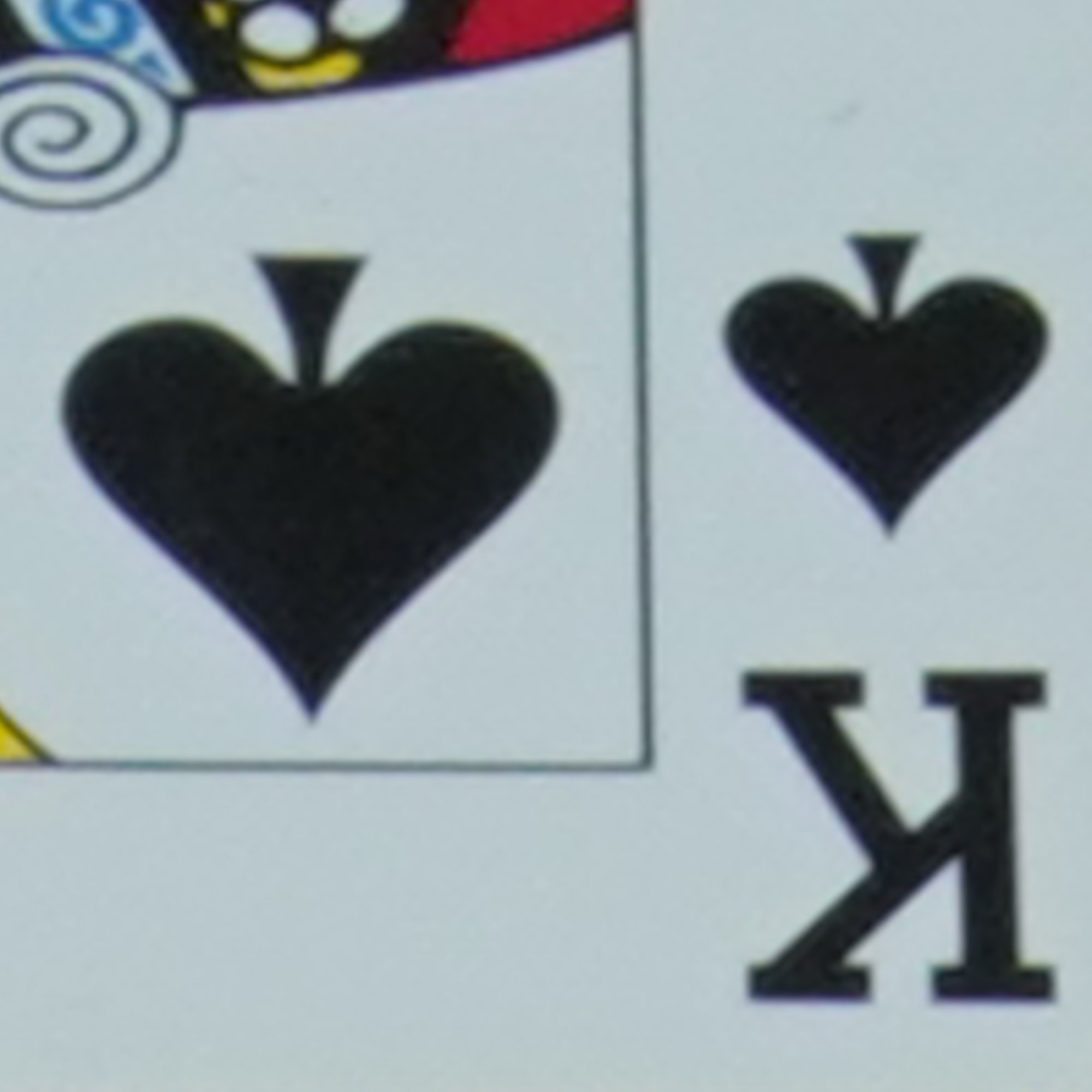 |  |  |
The results above are almost perfect. There is nothing to see in the center and the top sections. There is a hint of CA on the bottom section, hard to spot until the image comes in focus. It manifests as blue and yellow bands on black edges.
CA will be hard to spot in real life and leaving the automatic corrections active will completely remove what little effect there is.
Purple fringing
There were no occurrences of purple fringing in our tests with the Tamron 28-75mm.
Distortion
Distortion refers to a lens’s ability to represent straight lines as straight lines… Wide angle lenses frequently generate barrel distortion, while longer focal lengths are more likely to cause pincushion distortion.
The Tamron 28-75mm covers a roughly 3x focal and reaches a wide aperture. As such, we expect some distortion, particularly at the wider end.
We use a standard test pattern of straight lines and test at varying focal lengths.
The images below show the uncorrected and corrected distortion figures at various focal lengths.
| Uncorrected 28mm | 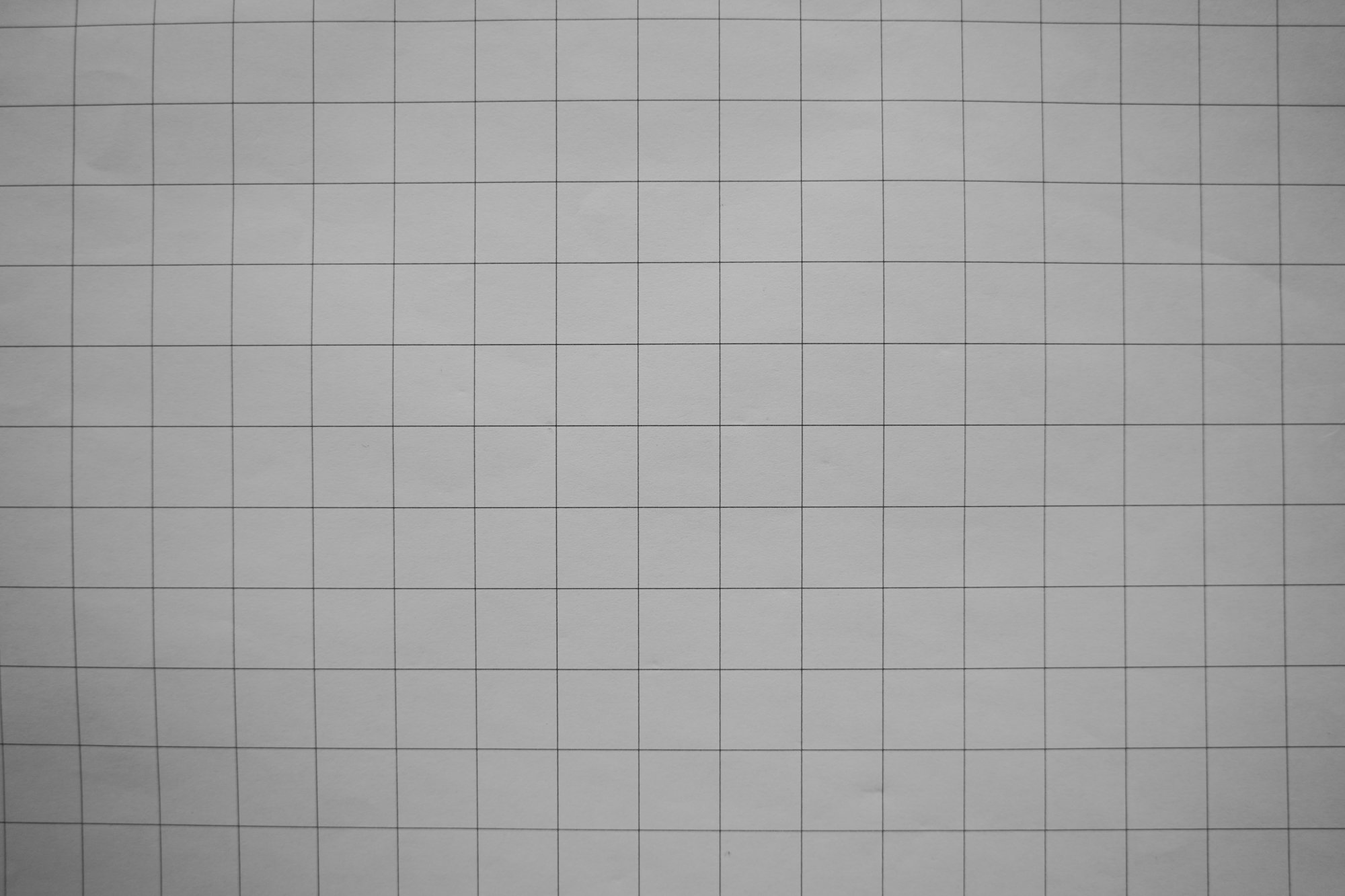 |
| Corrected 28mm | 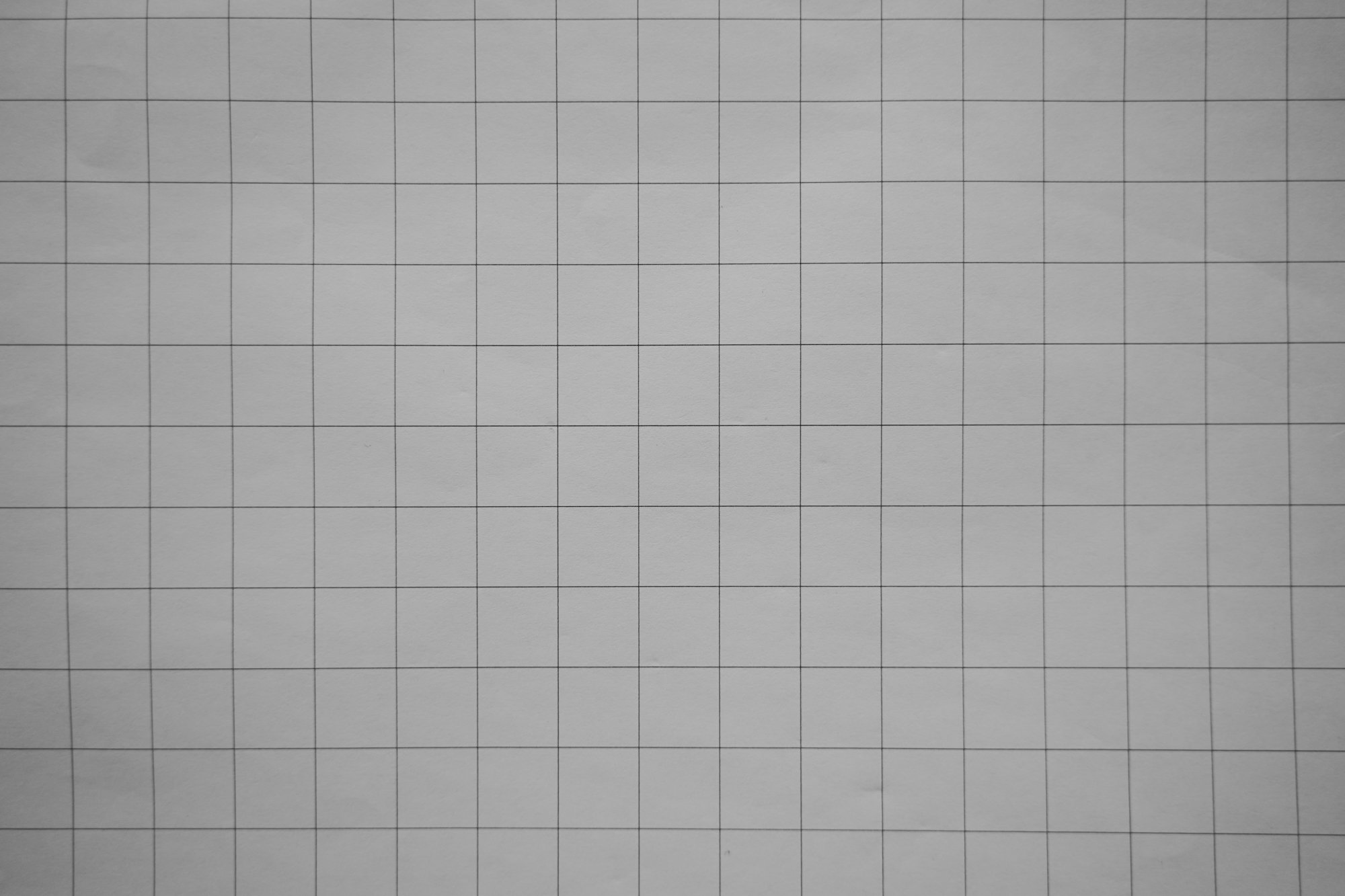 |
| Uncorrected 50mm | 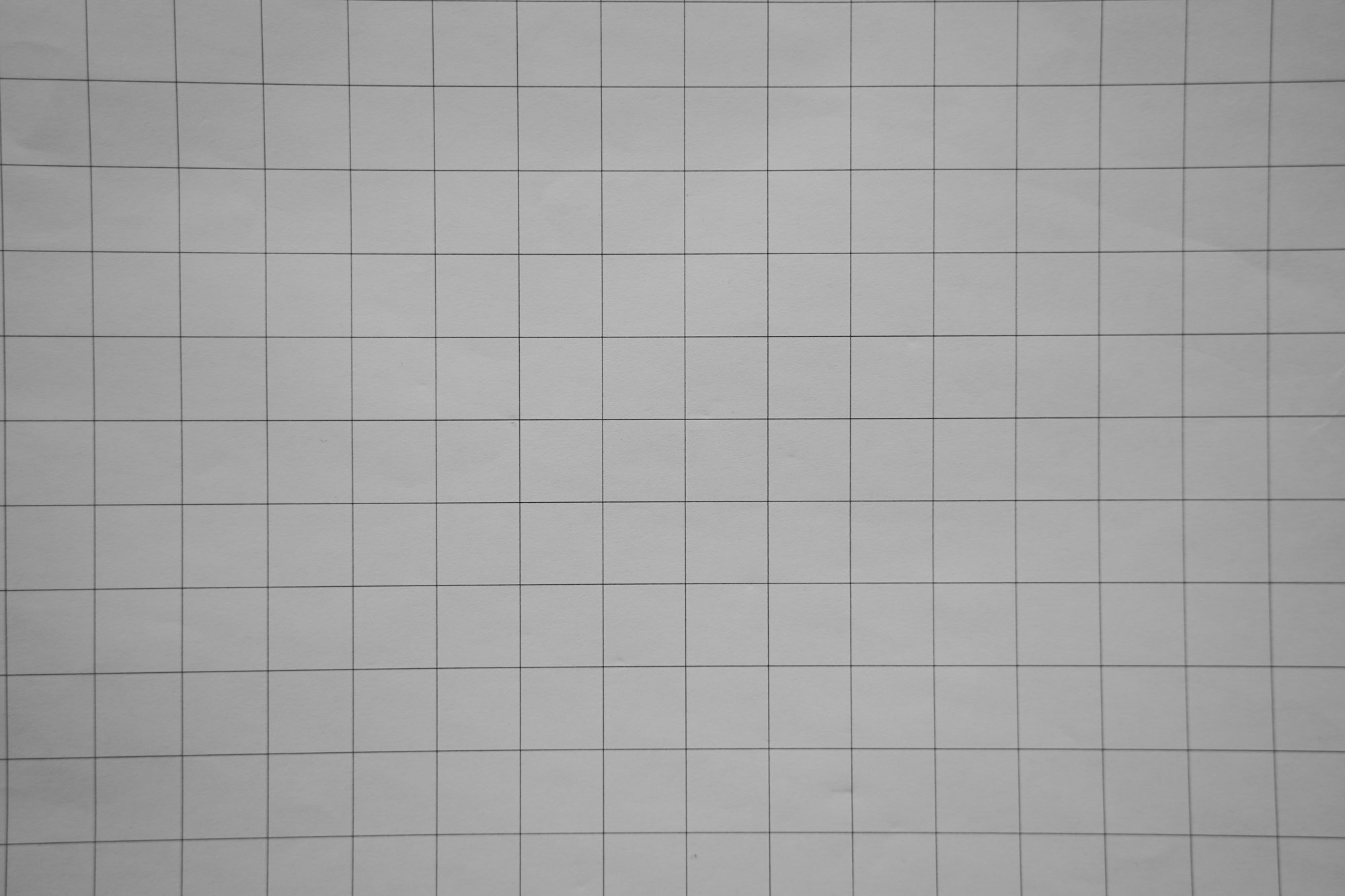 |
| Corrected 50mm | 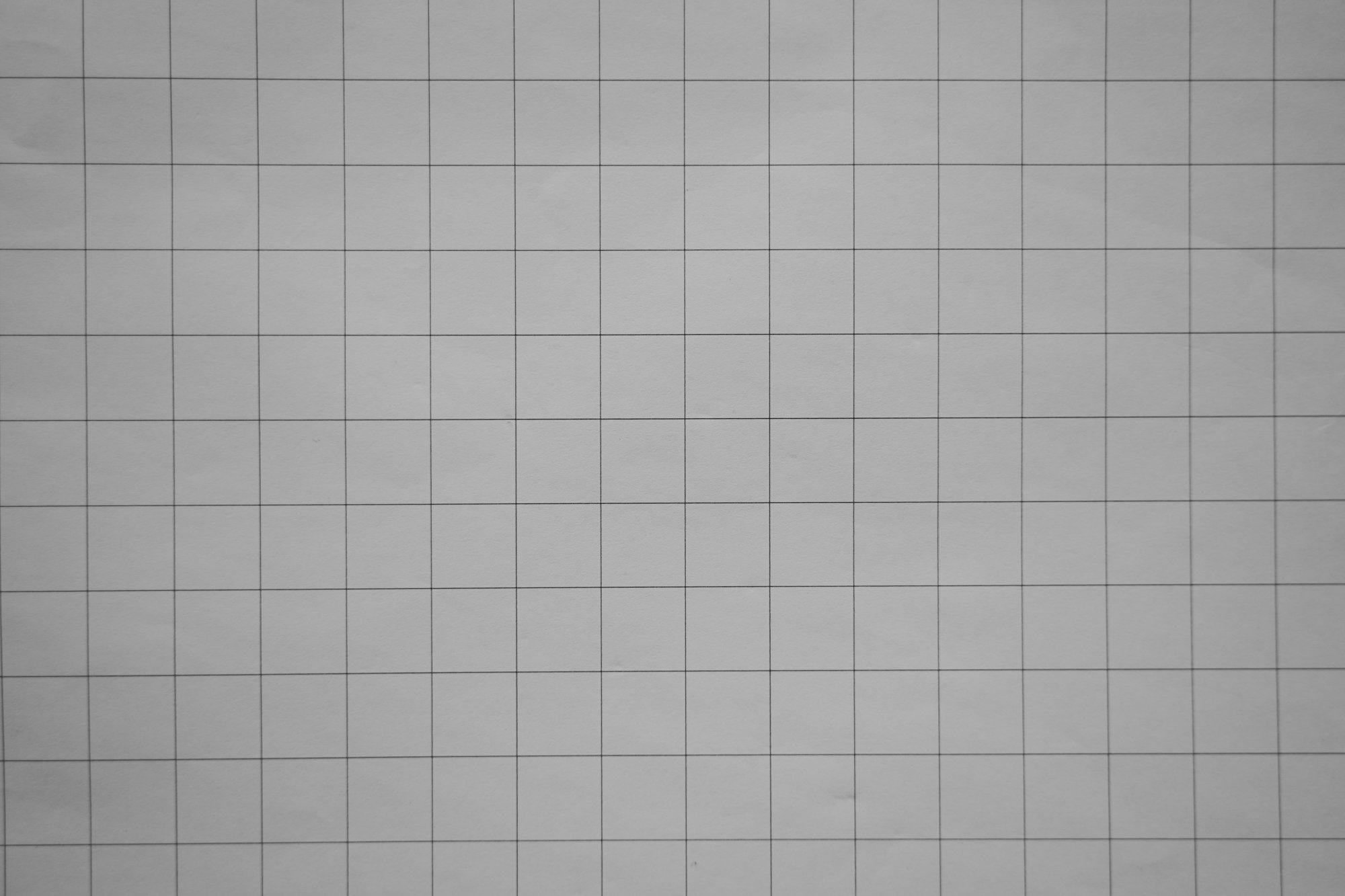 |
| Uncorrected 75mm | 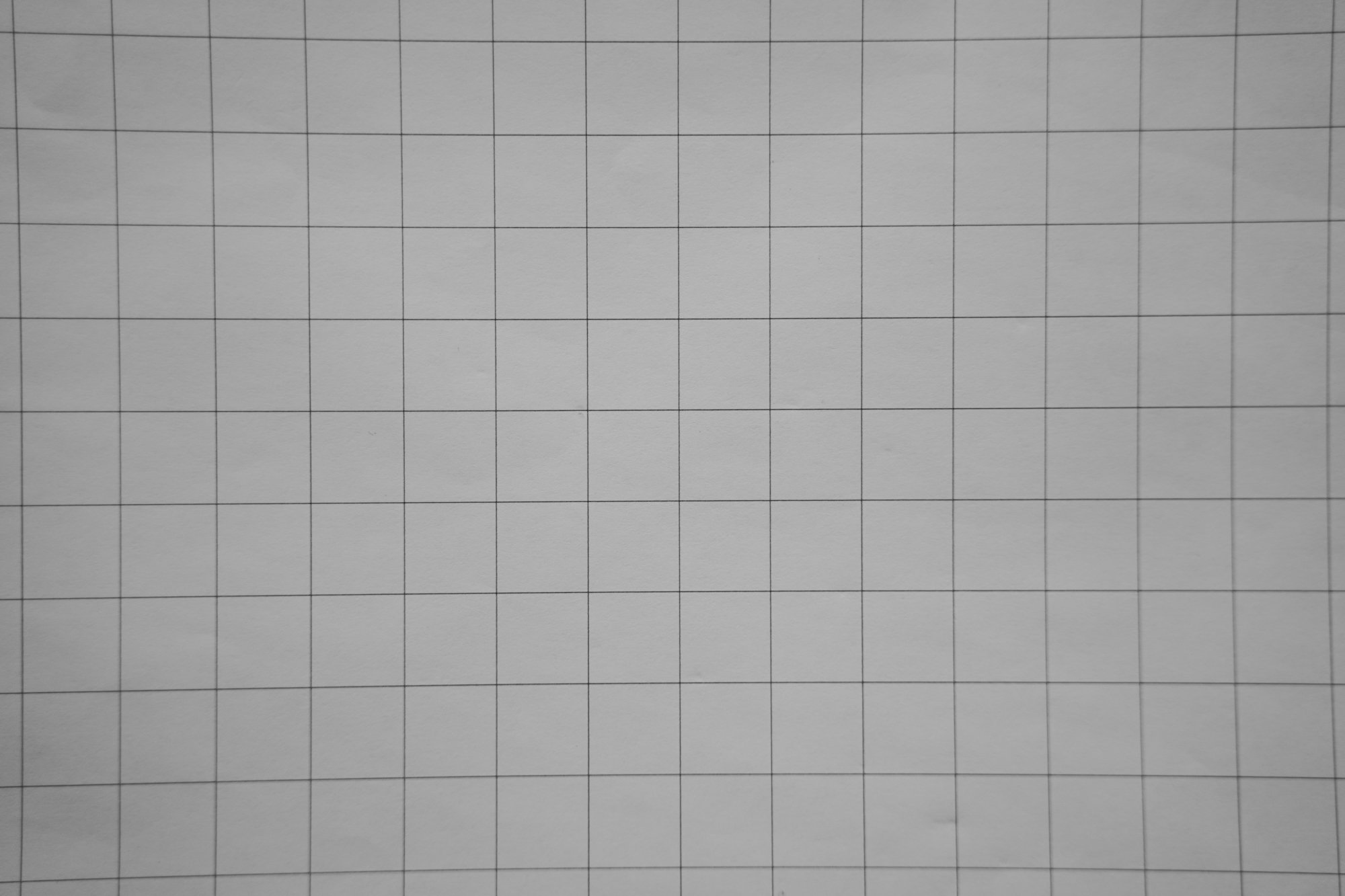 |
| Corrected 75mm | 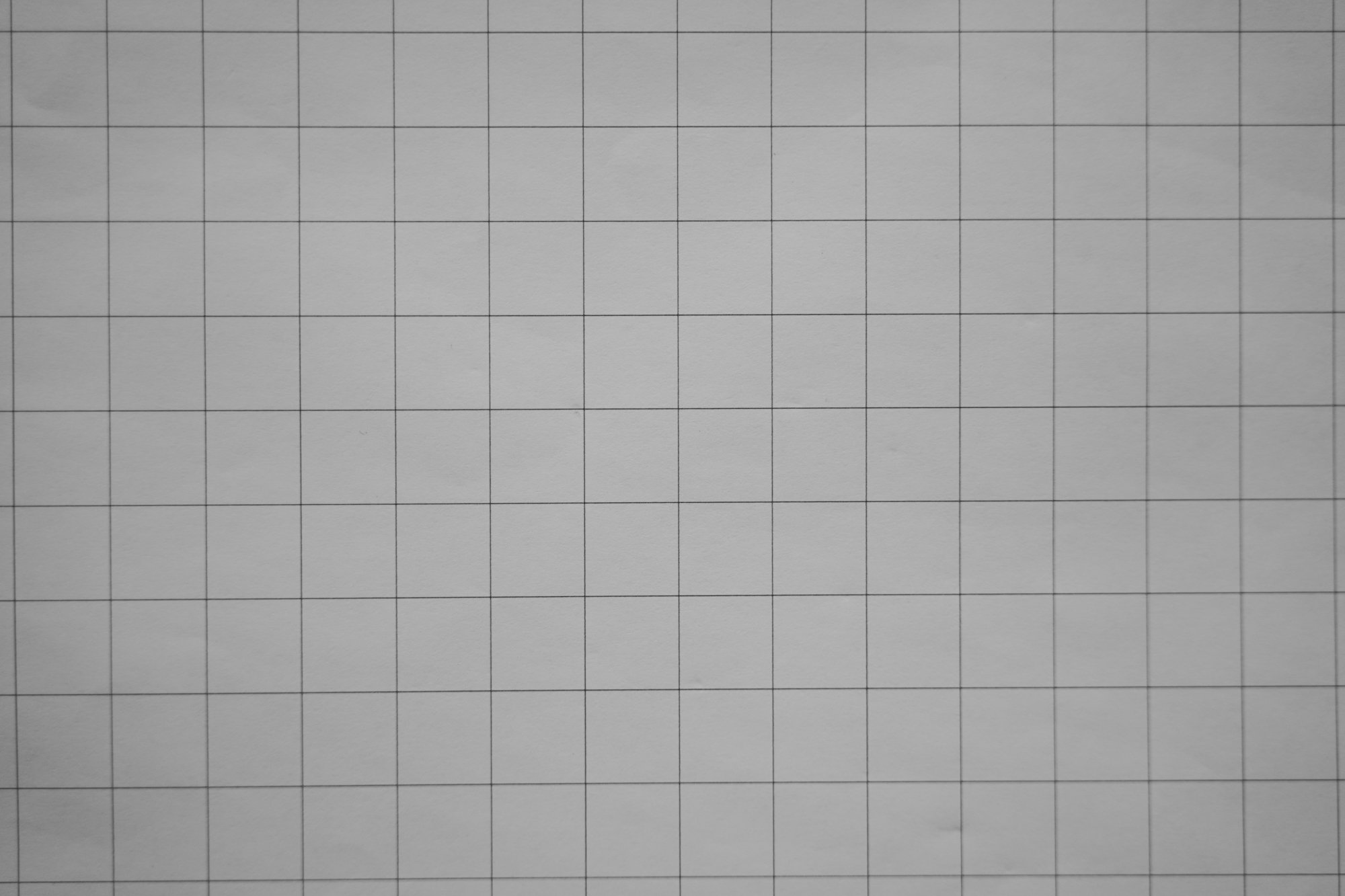 |
The Tamron 28-75mm shows well-controlled distortion even when left uncorrected. We measured 1% of barrel distortion at 28mm, 1.1% of pincushion distortion at 50mm and 1.2% of pincushion at 75mm.
These results mean, first, that distortion will not be a major problem, and second that built-in corrections will easily take care of it.
Sample images
Here is a gallery of samples images captured with the Tamron 28-75mm. You can click on individual images for a larger view.
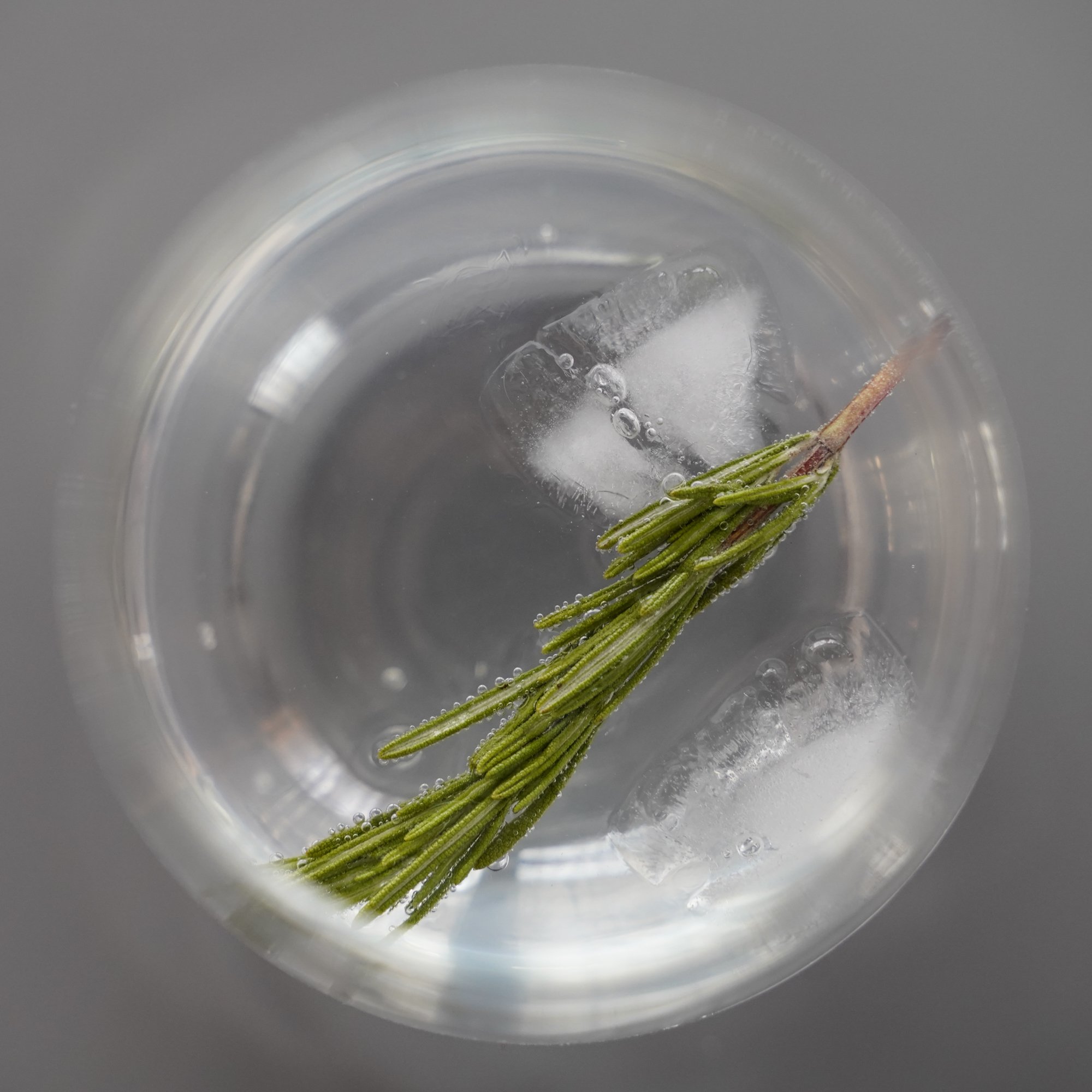
A7C, F4.5, 1/30s, ISO 1250, 75mm 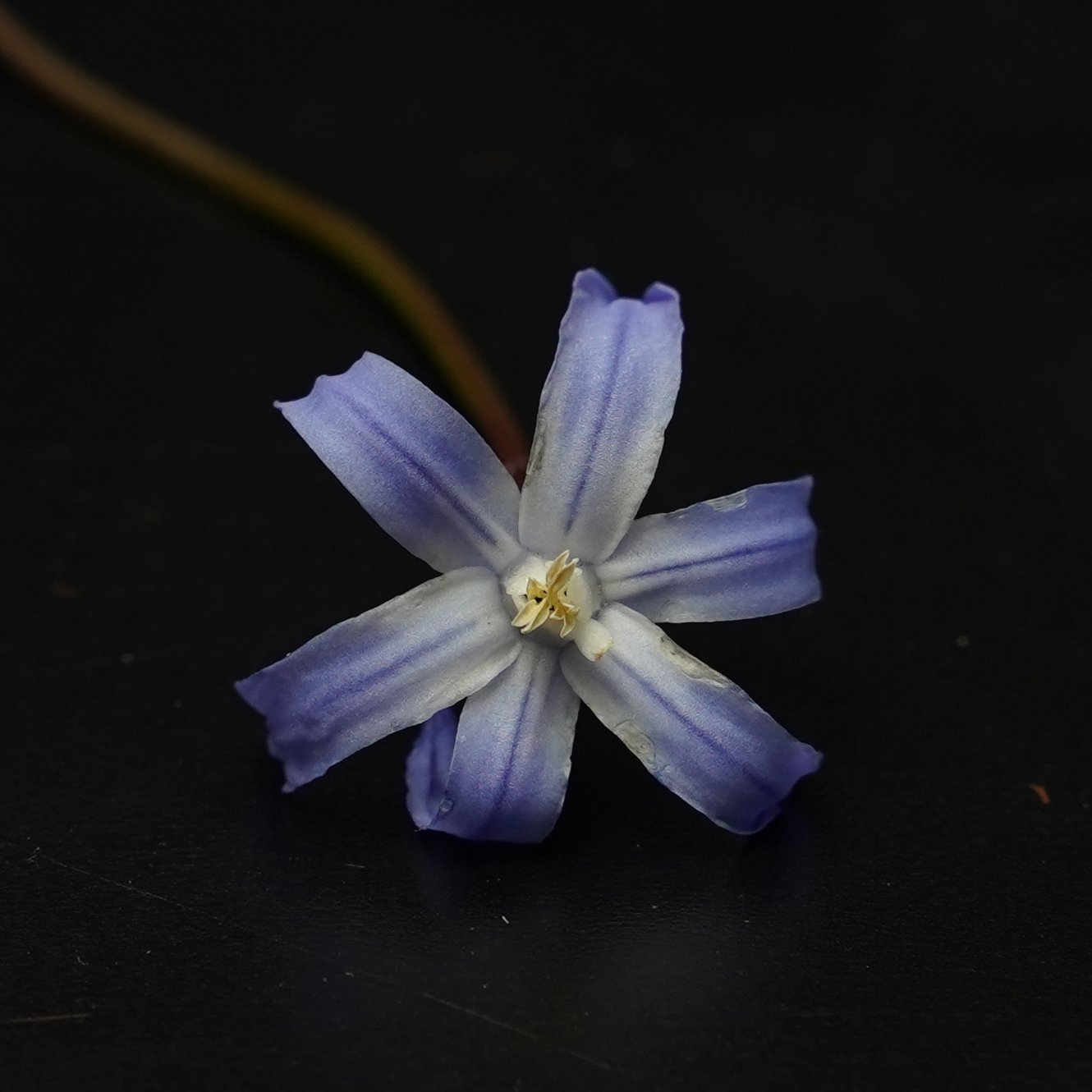
A7C, F6.3, 1/60s, ISO 640, 75mm 
A7C, F3.5, 1/125s, ISO 320, 75mm 
A7C, F5.6, 1/800s, ISO 320, 75mm 
A7C, F5.6, 1/320s, ISO 320, 42mm 
A7C, F5.6, 1/1250s, ISO 400, 75mm 
A7C, F2.8, 1/2500s, ISO 160, 75mm 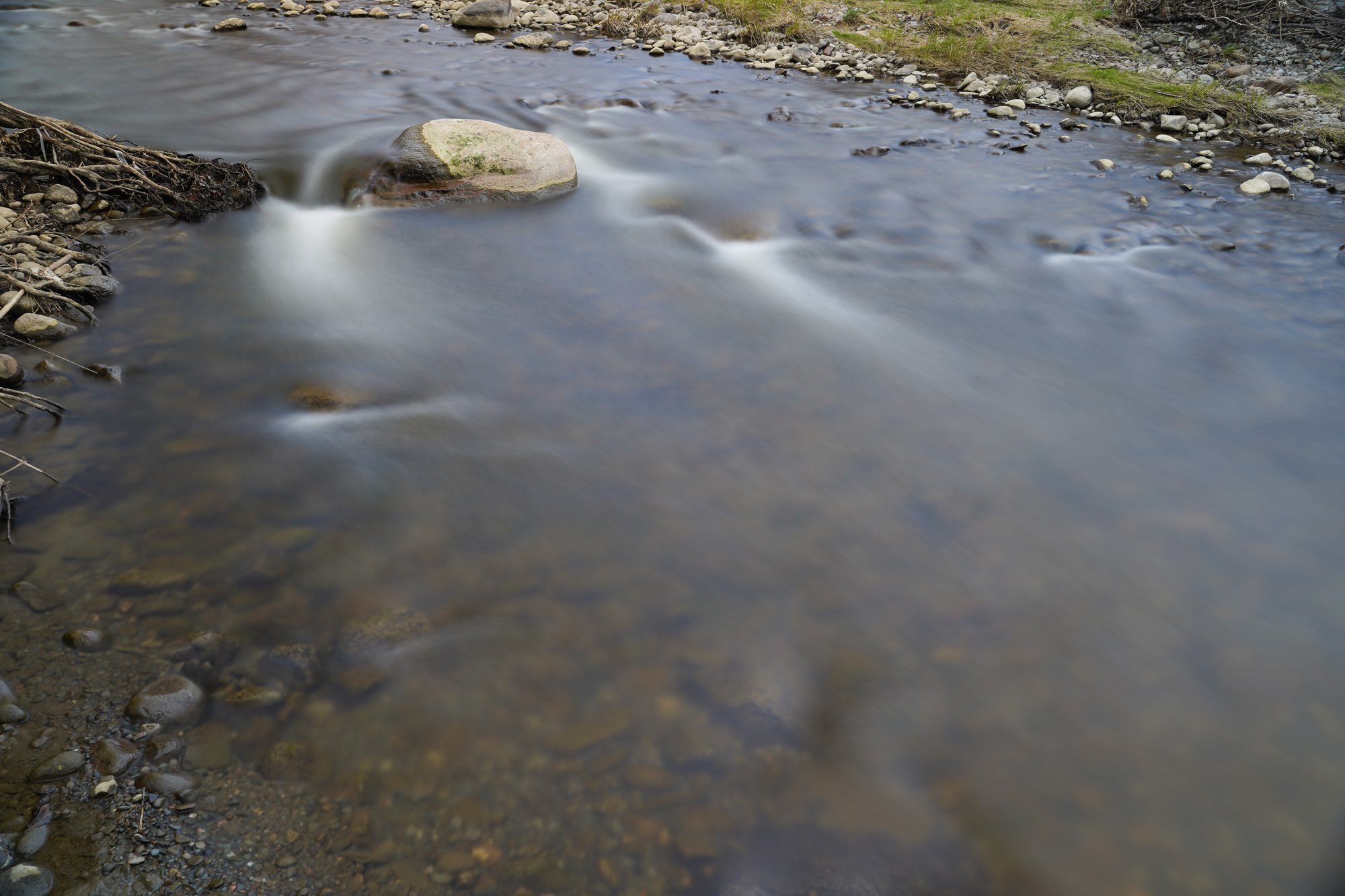
A7C, F9, 15s, ISO 100, 28mm 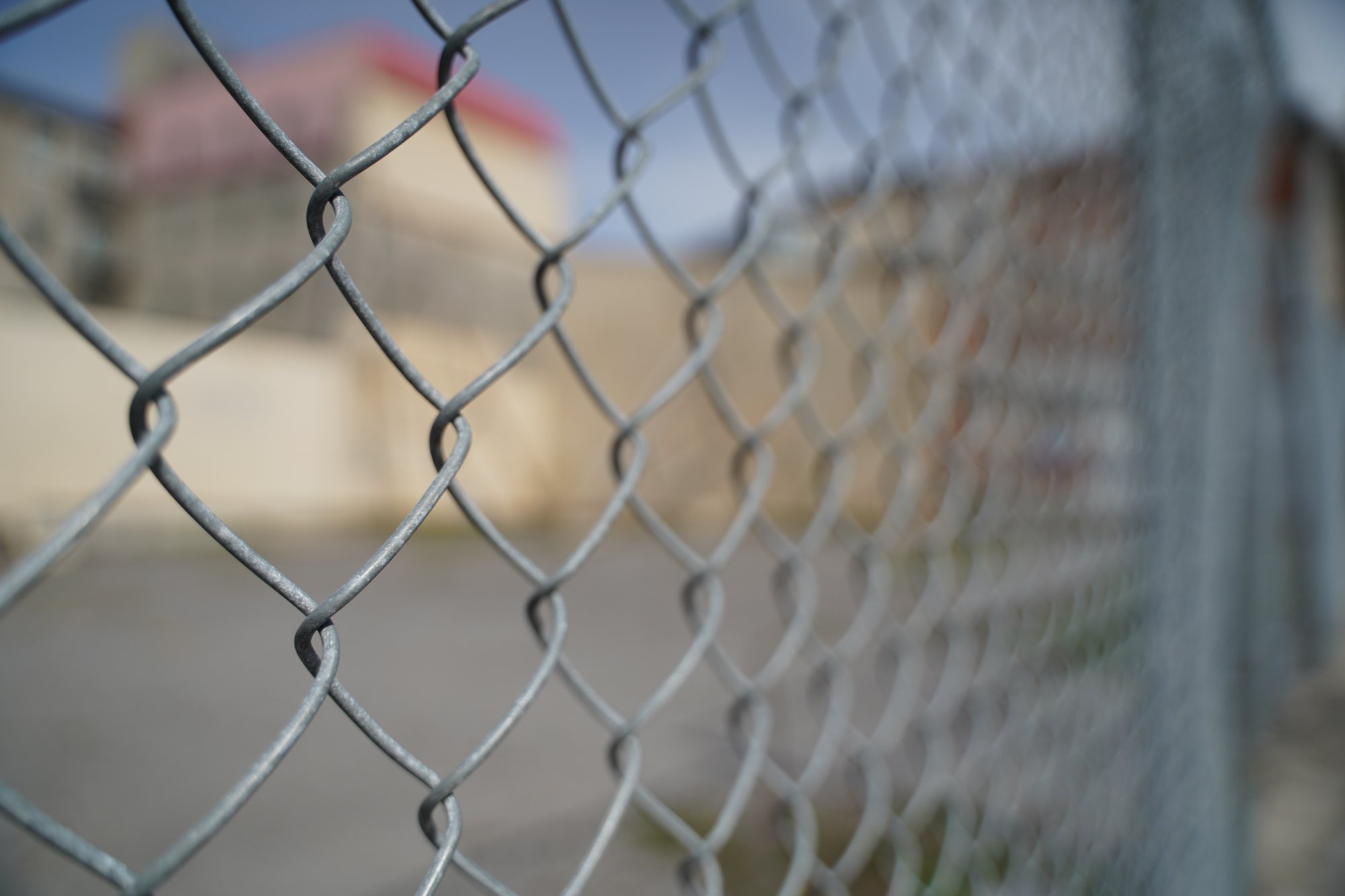
A7C, F2.8, 1/2000s, ISO 160, 28mm 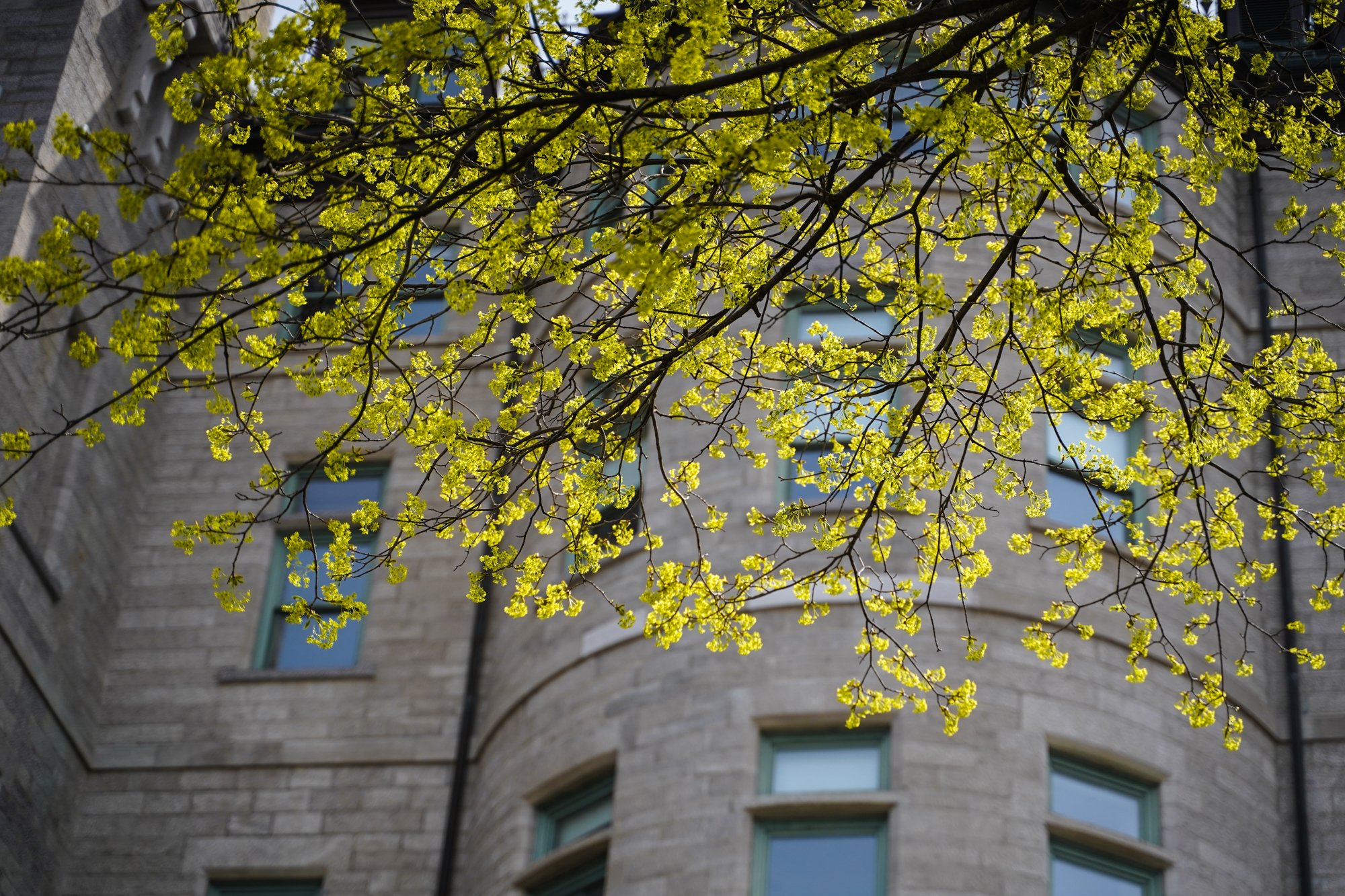
A7C, F2.8, 1/4000s, ISO 250, 75mm 
A7C, F3.2, 1/4000s, ISO 320, 59mm 
A7C, F4.5, 1/800s, ISO 100, 28mm 
A7C, F6.3, 1/4000s, ISO 640, 75mm 
A7C, F5, 1/500s, ISO 160, 28mm 
A7C, F3.2, 1/4000s, ISO 160, 41mm 
A7C, F5.6, 1/1000s, ISO 320, 28mm 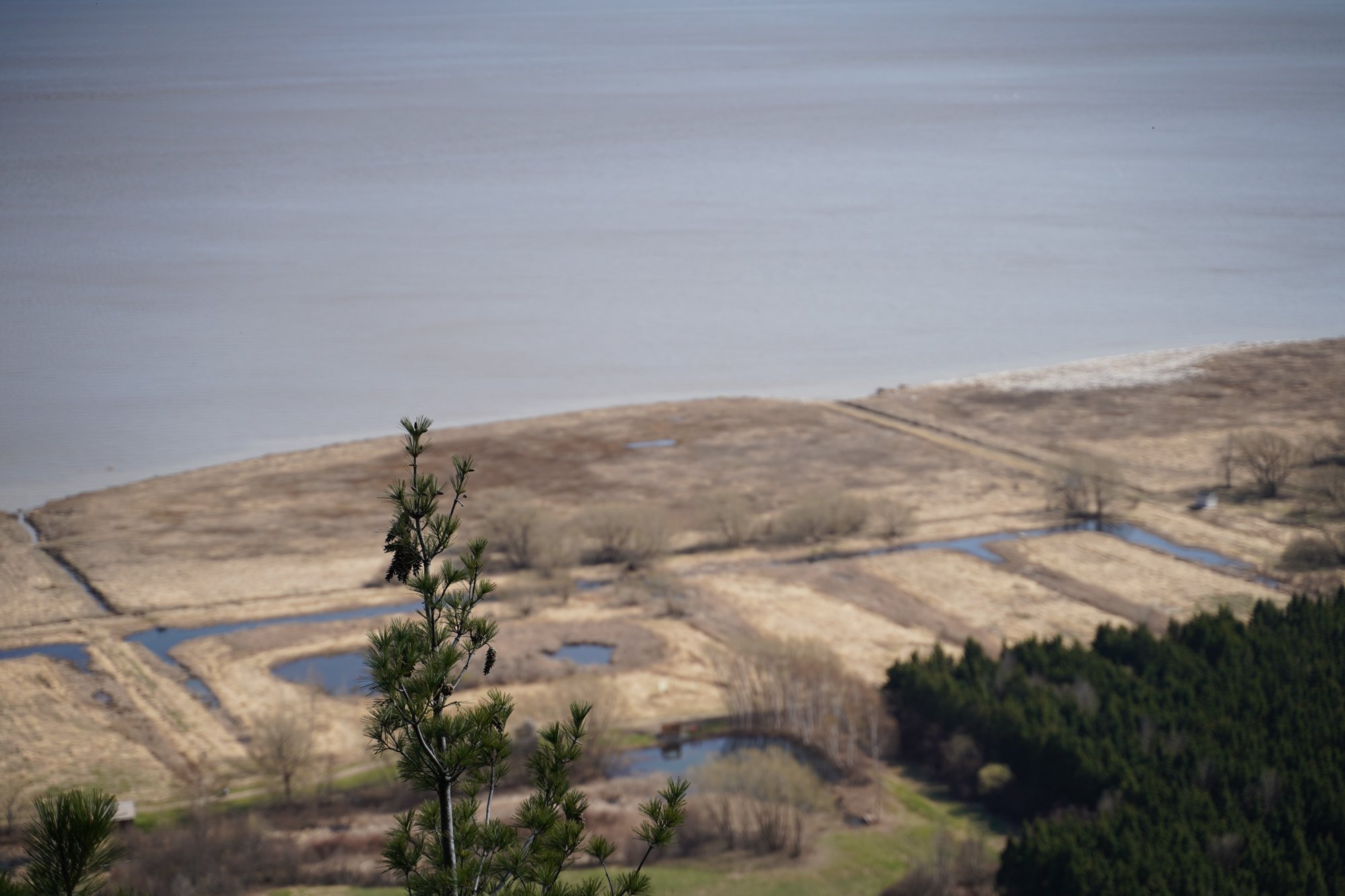
A7C, F3.2, 1/4000s, ISO 200, 75mm 
A7C, F4.5, 1/800s, ISO 400, 75mm 
A7C, F35.6 1/2500s, ISO 640, 29mm 
A7C, F8, 1/3200s, ISO 640, 71mm 
A7C, F5, 1/4000s, ISO 500, 62mm 
A7C, F8, 1/4000s, ISO 1250, 28mm 
A7C, F2.8, 1/2000s, ISO 160, 28mm 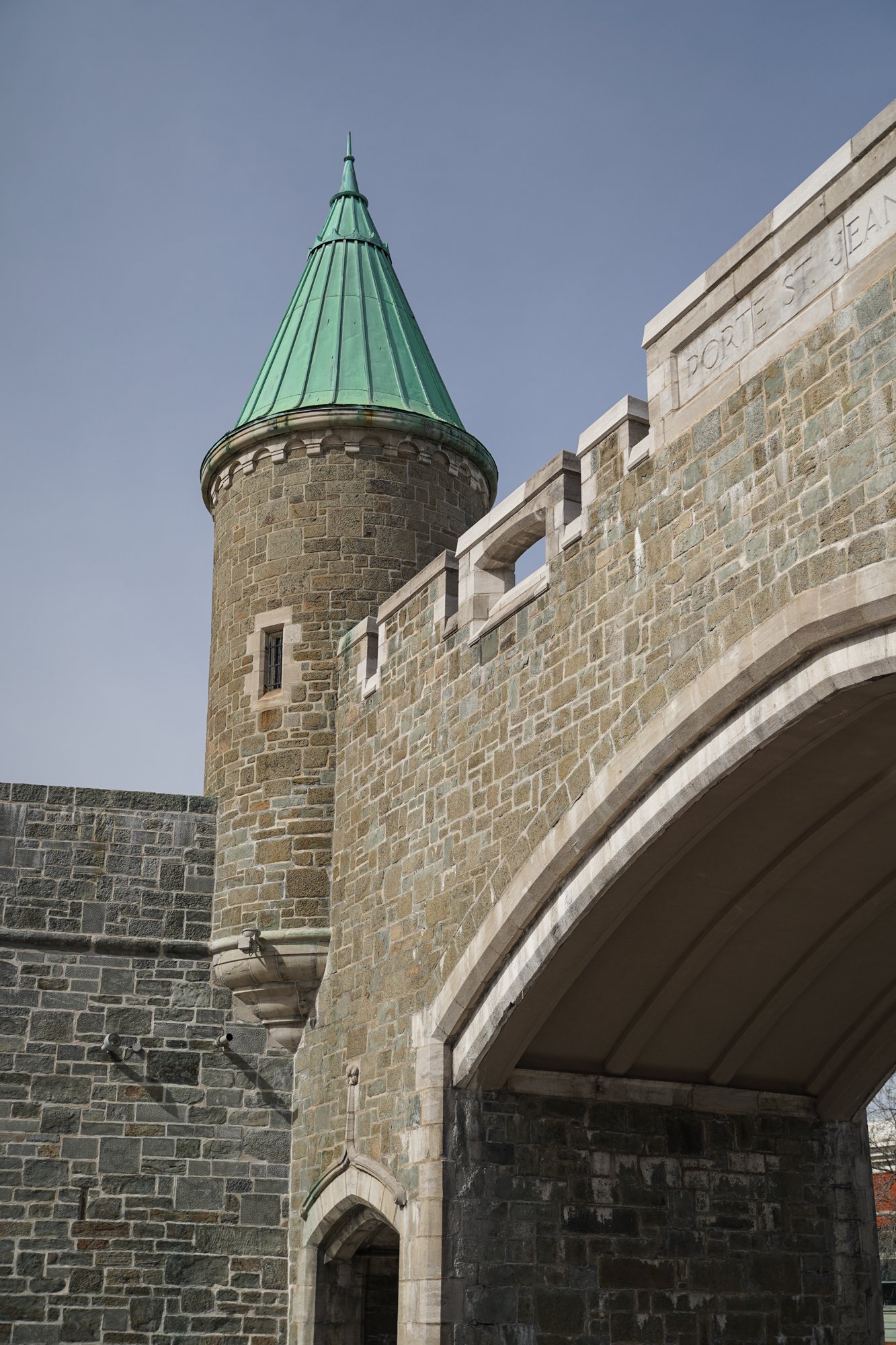
A7C, F2.8, 1/2500s, ISO 160, 41mm 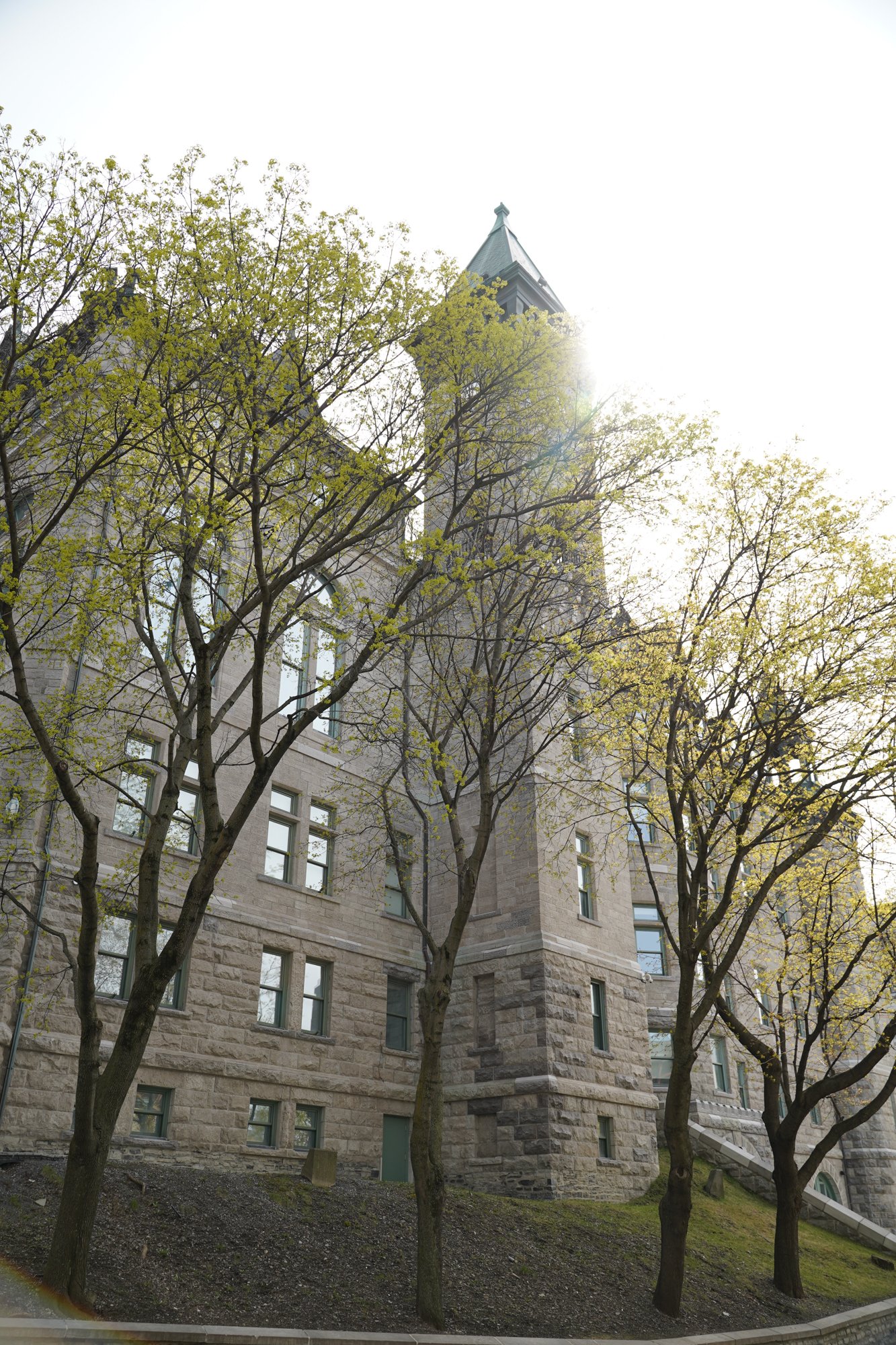
A7C, F4.5, 1/250s, ISO 160, 28mm 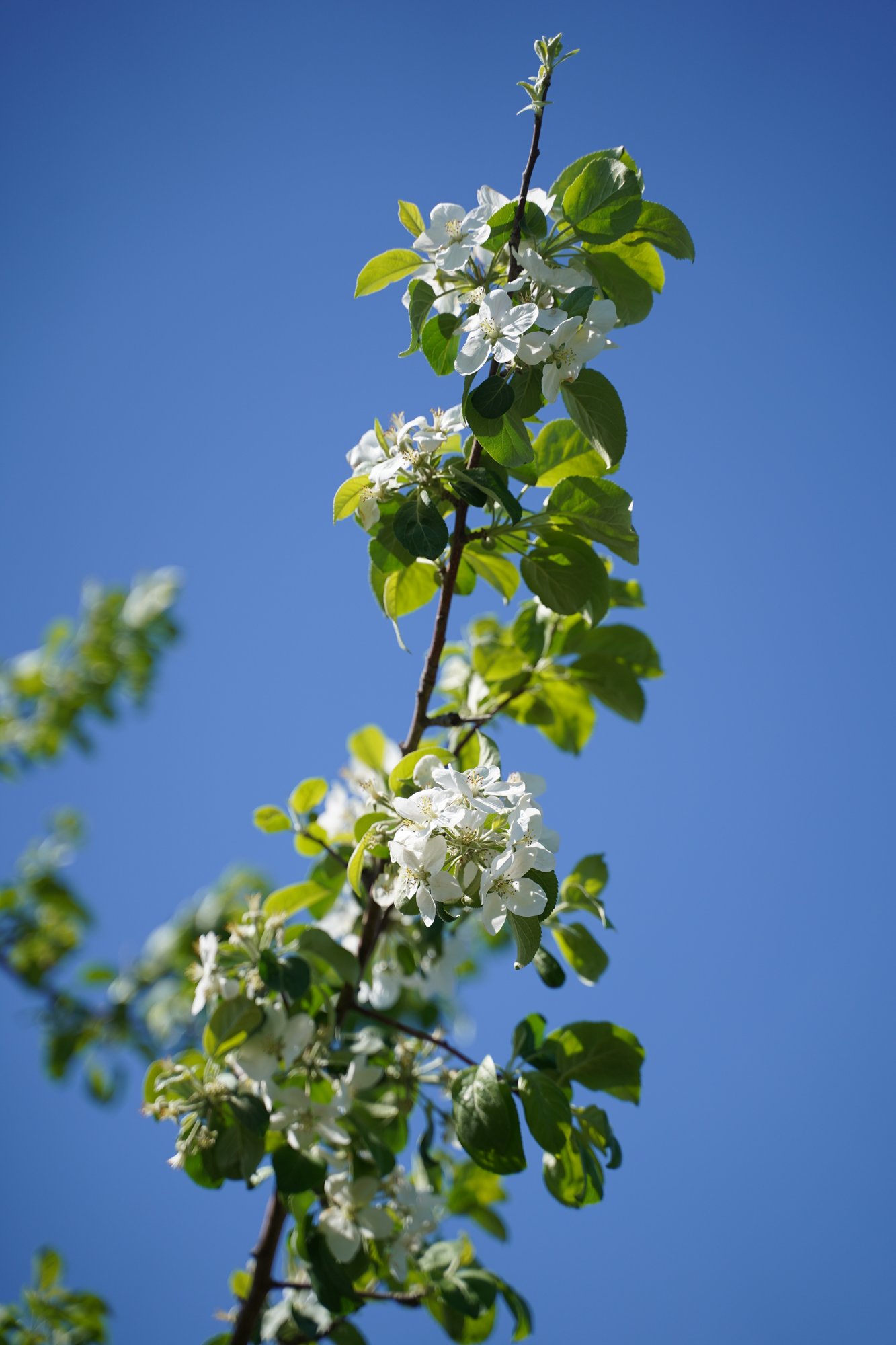
A7C, F3.2, 1/2000s, ISO 100, 75mm 
A7C, F4, 1/250s, ISO 160, 28mm 
A7C, F2.8, 1/800s, ISO 160, 75mm 
A7C, F3.2, 1/1250s, ISO 100, 75mm 
A7C, F5, 1/800s, ISO 160, 65mm 
A7C, F13, 1/320s, ISO 320, 54mm 
A7C, F9, 1/4000s, ISO 200, 75mm 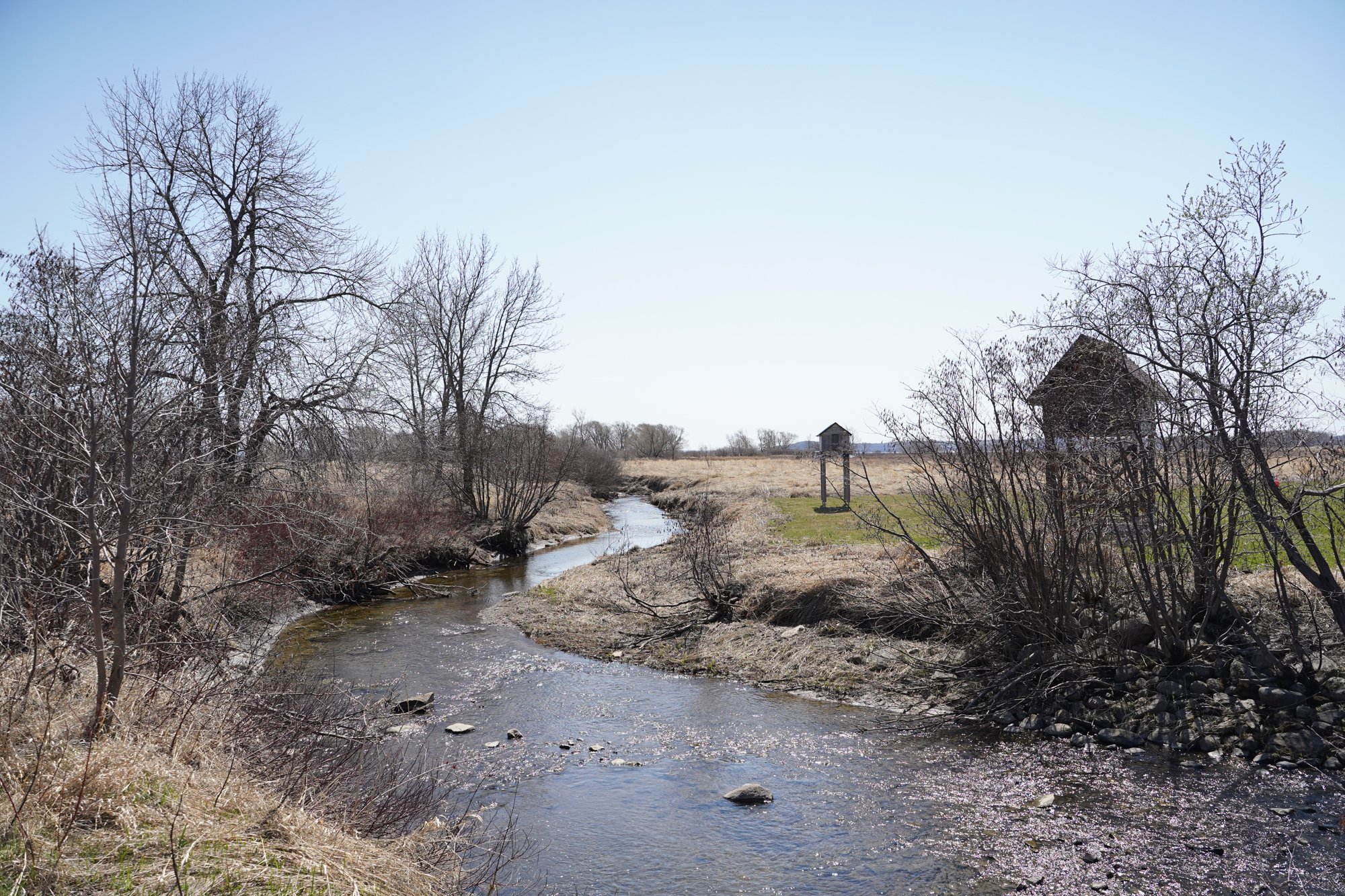
A7C, F5, 1/4000s, ISO 500, 28mm 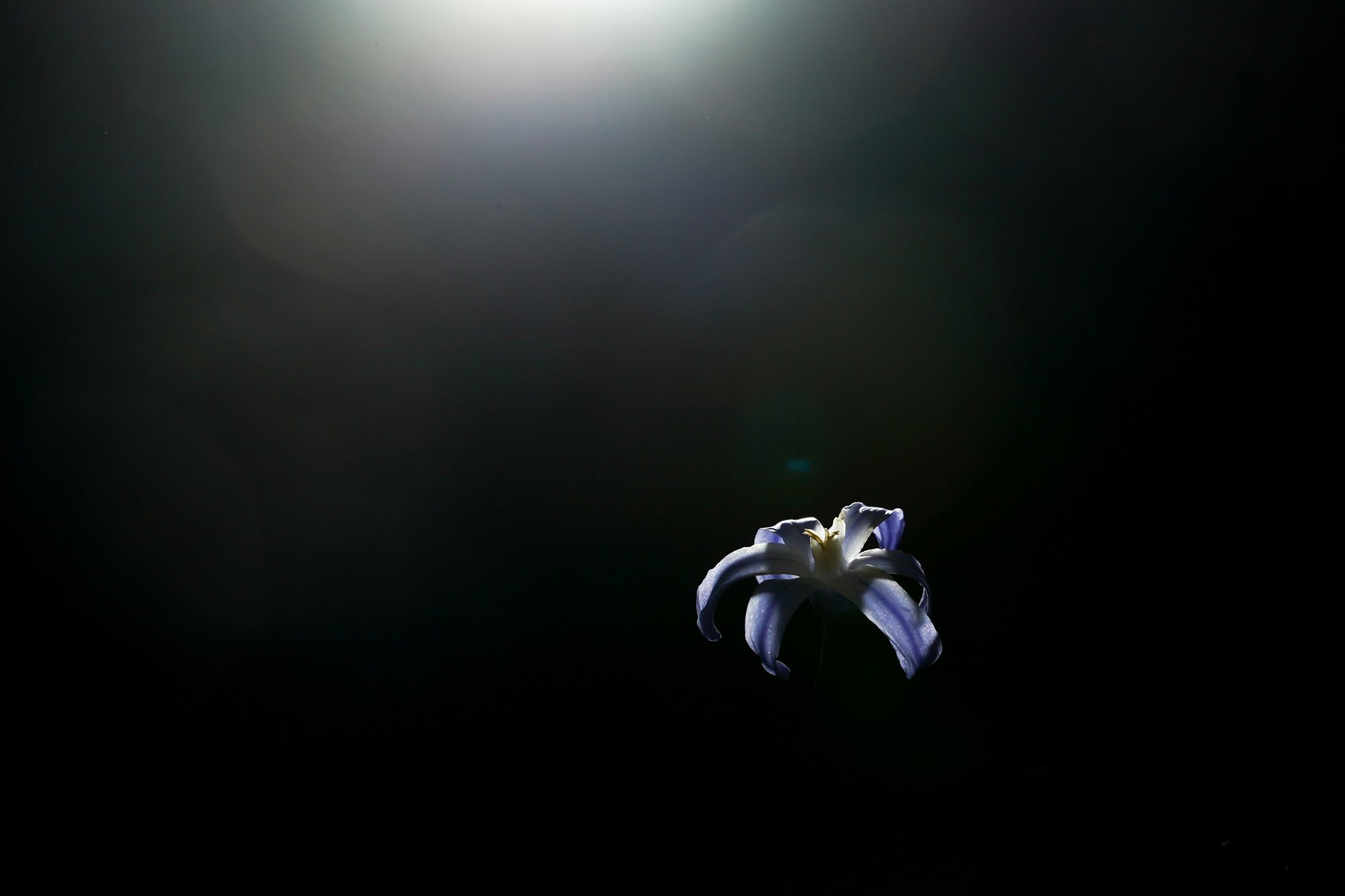
A7C, F10, 1/60s, ISO 200, 75mm 
A7C, F9, 30s, ISO 100, 75mm 
A7C, F9, 13s, ISO 100, 61mm 
A7C, F3.2, 1/400s, ISO 100, 75mm 
A7C, F4, 1/1250s, ISO 100, 75mm 
A7C, F2.8, 1/3200s, ISO 160, 68mm 
A7C, F3.5, 1/4000s, ISO 160, 53mm 
A7C, F5.6, 1/800s, ISO 320, 75mm 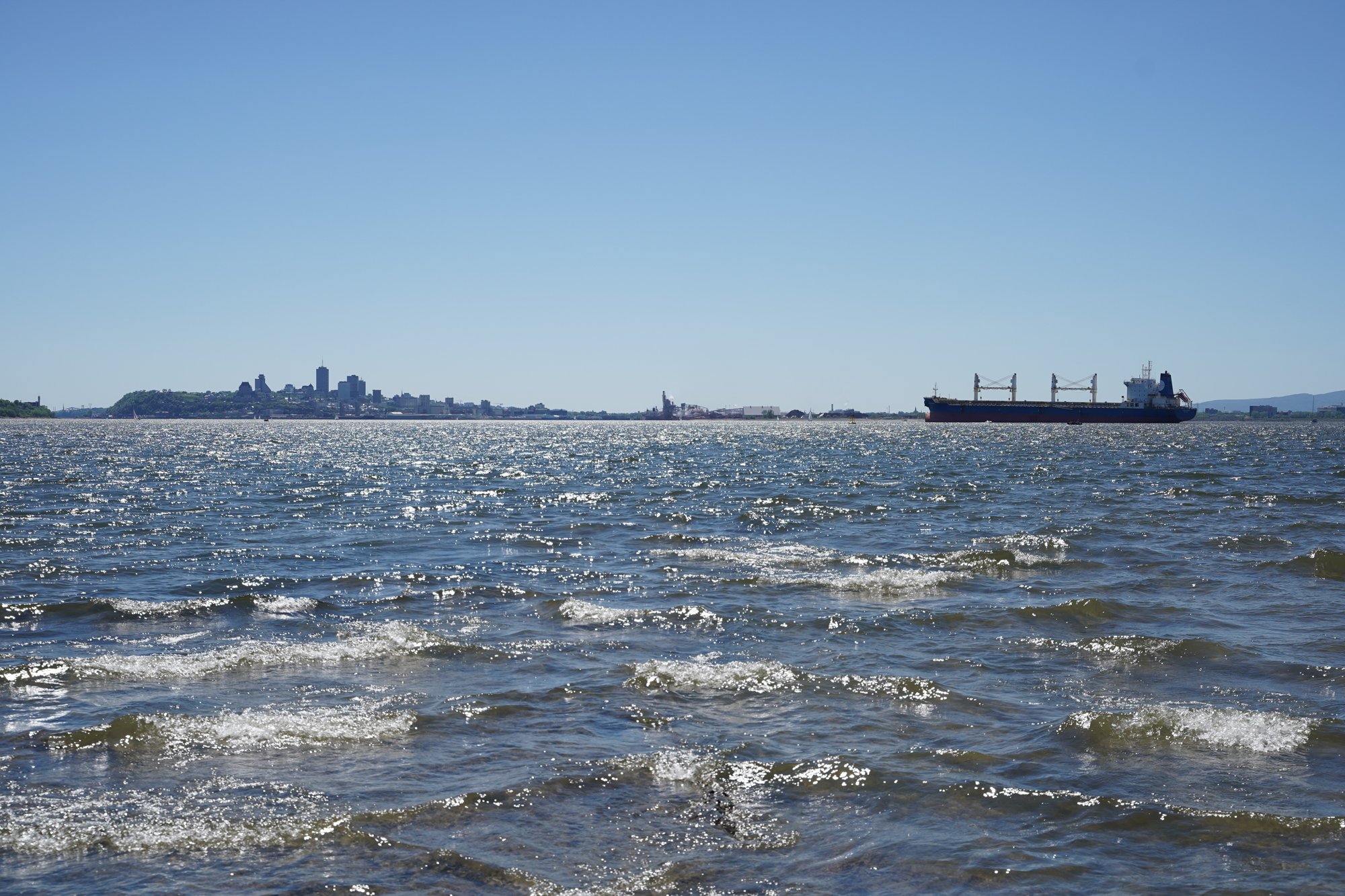
A7C, F5.6, 1/1250s, ISO 100, 45mm
Conclusion
The Tamron 28-75mm F2.8 offers, on paper, a lot of reasons to appreciate it. Low cost, comparatively small size, weather resistance, fast aperture, convenient walk-around range, and even some close focusing capabilities. For many, this is enough to recommend it. The price in particular sets it aside. But if the lens did not deliver good images, all of this would be for nothing.
Thankfully, that’s not the case. The 28-75mm F2.8 is a capable and dependable lens.
Build quality is good. The 28-75mm offers basic features, with no controls or switches, but it is well assembled, very light, and is even weather resistant. The plastic outer shell is the same as the one used on the company’s small primes. Here, the larger size highlights the cheaper material (when compared with metal). It does not feel cheap but it’s certainly not premium.
Optical performances are in many cases impressive. In particular, center sharpness is a strong aspect. Sadly, edges and corners never truly catch up except wide open. At most focal lengths, the lens will do better when subject isolation is required. Note, however, that in general use (outside the test lab) this discrepancy between center and corners isn’t as visible. That’s explained in part because the center region expands close to the very edges. Also, at 28mm it does pretty well for uniformity across the frame, a good thing for landscape photography.
Distortion is present but minimal, oscillating between 1% and 1.2%.
Chromatic aberration is almost entirely absent, as is purple fringing.
Bokeh and out-of-focus rendering are generally pleasing. Highlights are well-shapes and the transitions are smooth. The background can get busy in some occurrences, but in general terms the lens does well.
Flare and ghosting are average. Ghosting dominates at wider apertures, and flare at longer. Never dramatic but other lenses do better.
Starbursts are nothing special: rays appear only at smaller apertures and tend to diverge instead of tapering.
Vignetting is kept well under control. Easy to correct in post-processing, it will truly be noticeable (if left uncorrected) only at wider apertures.
Focusing is certainly a strong point : the lens can compete with the best, both for tracking and for pure AF speed.
In summary, we can write about this lens almost exactly what we had written about other E-mount Tamron lenses. This 28-75mm is not without flaws, and will loose a direct comparison with Sony’s GM equivalent. However, it is smaller, lighter, much less expensive, while still delivering very good optical performances and managing to offer a constant F2.8 maximum aperture, weather sealing and fast AF. Given mirrorless’ emphasis on smaller sizes and lower weights, the Tamron 28-75mm strikes an ideal balance.
Users who look for 24mm at the wide end can either couple the Tamron with a prime or select the Sigma or Sony options, accepting a larger and heavier lens in the bargain and paying more money. Users stepping up from a kit lens will find in the Tamron much of what typically defines a “pro” lens, at a price still reasonable.
As are the three Tamron primes we reviewed previously, the 28-75mm F2.8 is, above all else, a sensible choice. Dependable, full-featured, fairly priced, it will be sufficient for many photographers.
Pros
- Light, comparatively compact and weather resistant
- Excellent center sharpness at nearly all apertures
- Almost no CA or PF
- Particularly good for portraits
- Useful close focusing capabilities at the wide end
- Reliable AF tracking, fast static AF
- Low price when compared with other F2.8 options
Cons
- No AF/MF switch, relies on camera menu
- Some flare and ghosting
- Weak corners and average edges except at the wide end
Before You Go
Do you already own this lens? Are you curious about it? If you do, we’d love to hear your thoughts in the comments below.

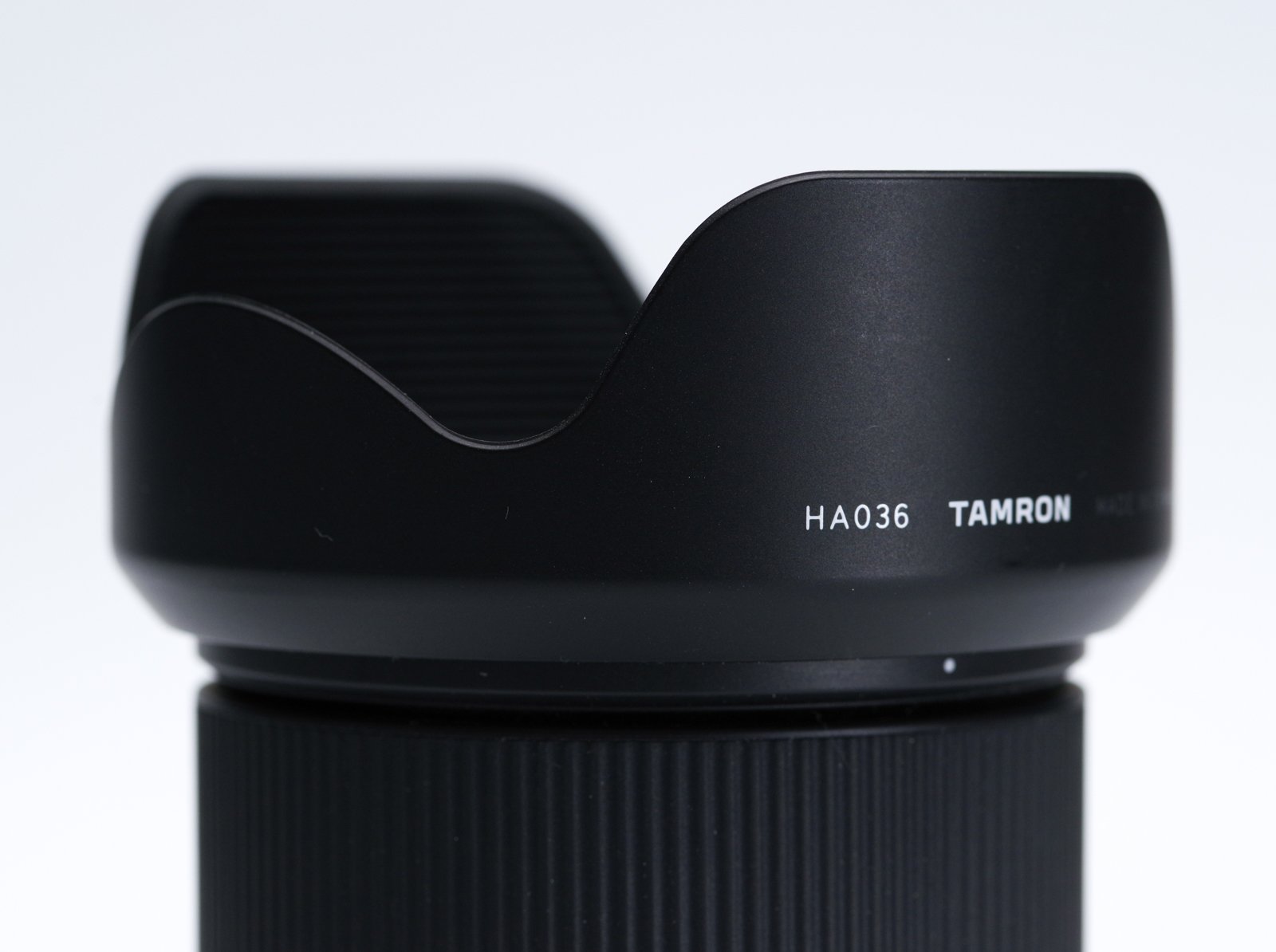
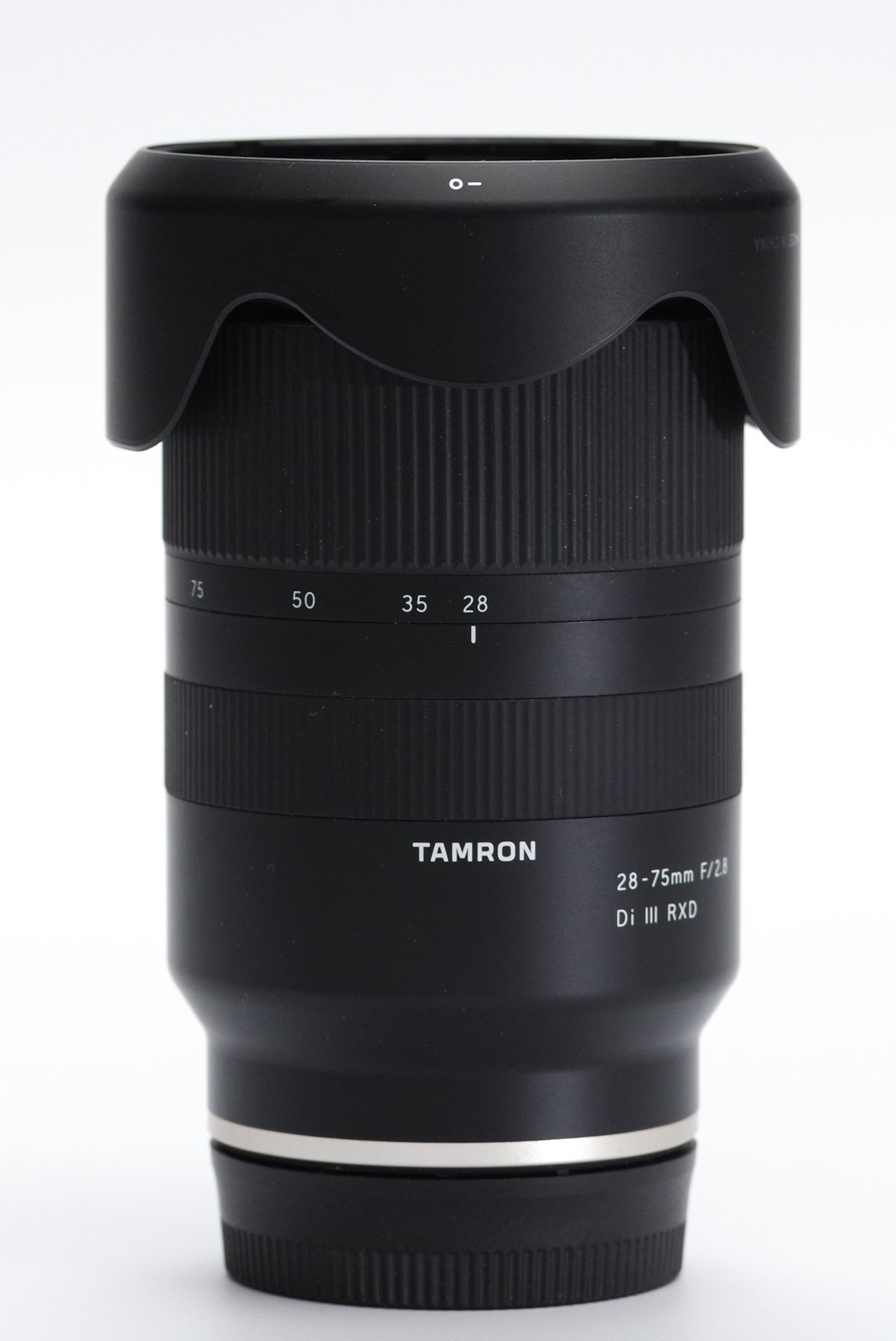
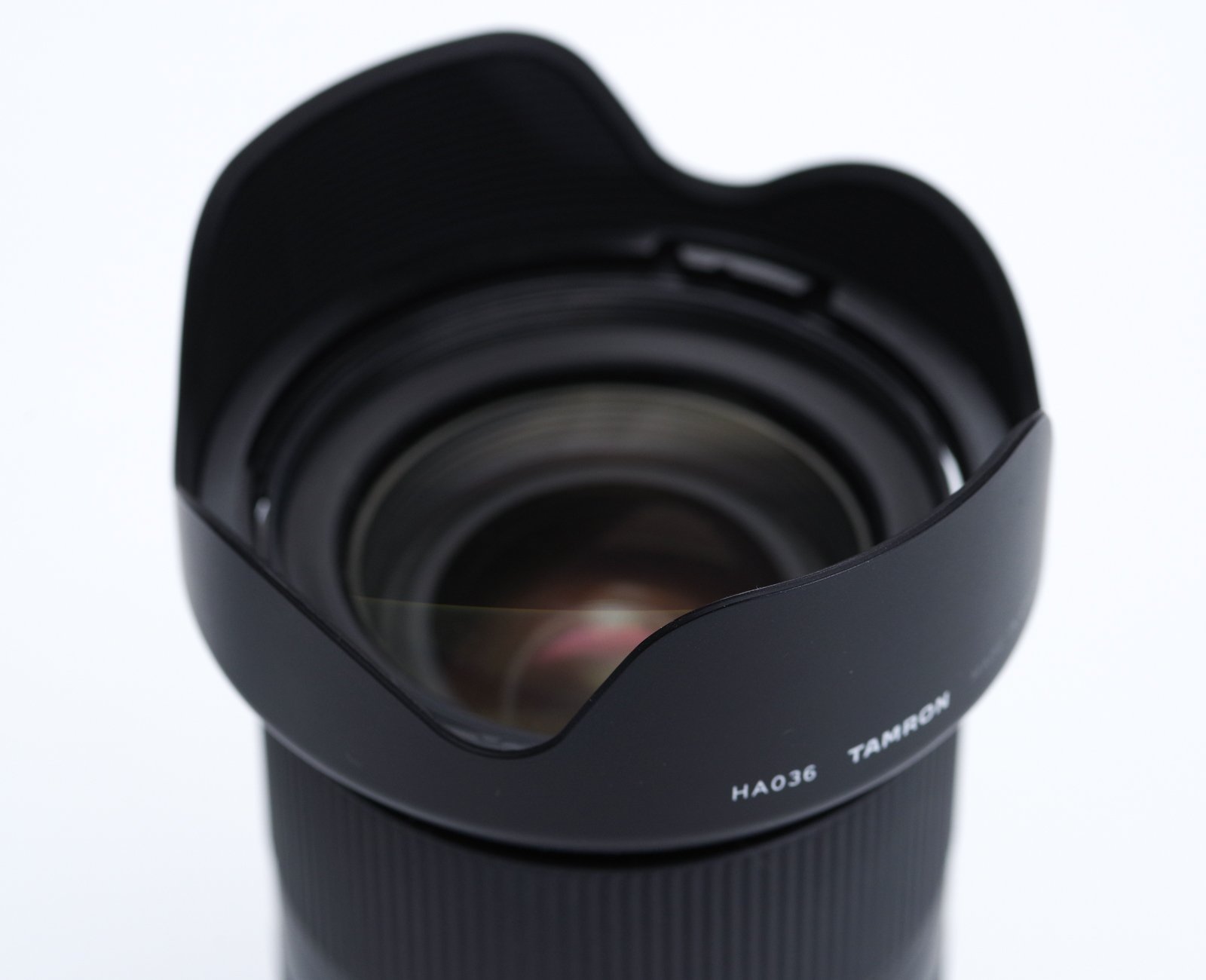
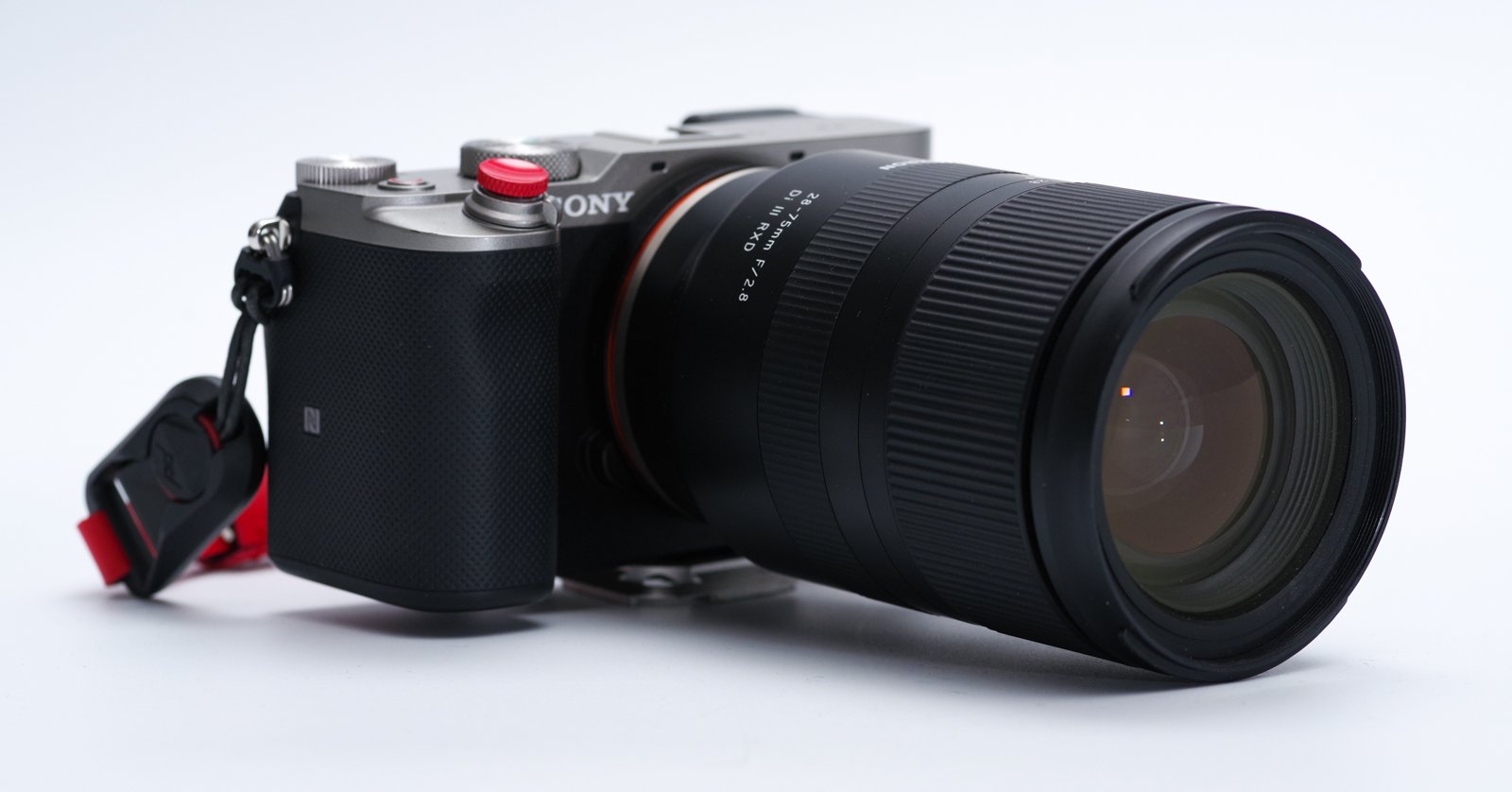
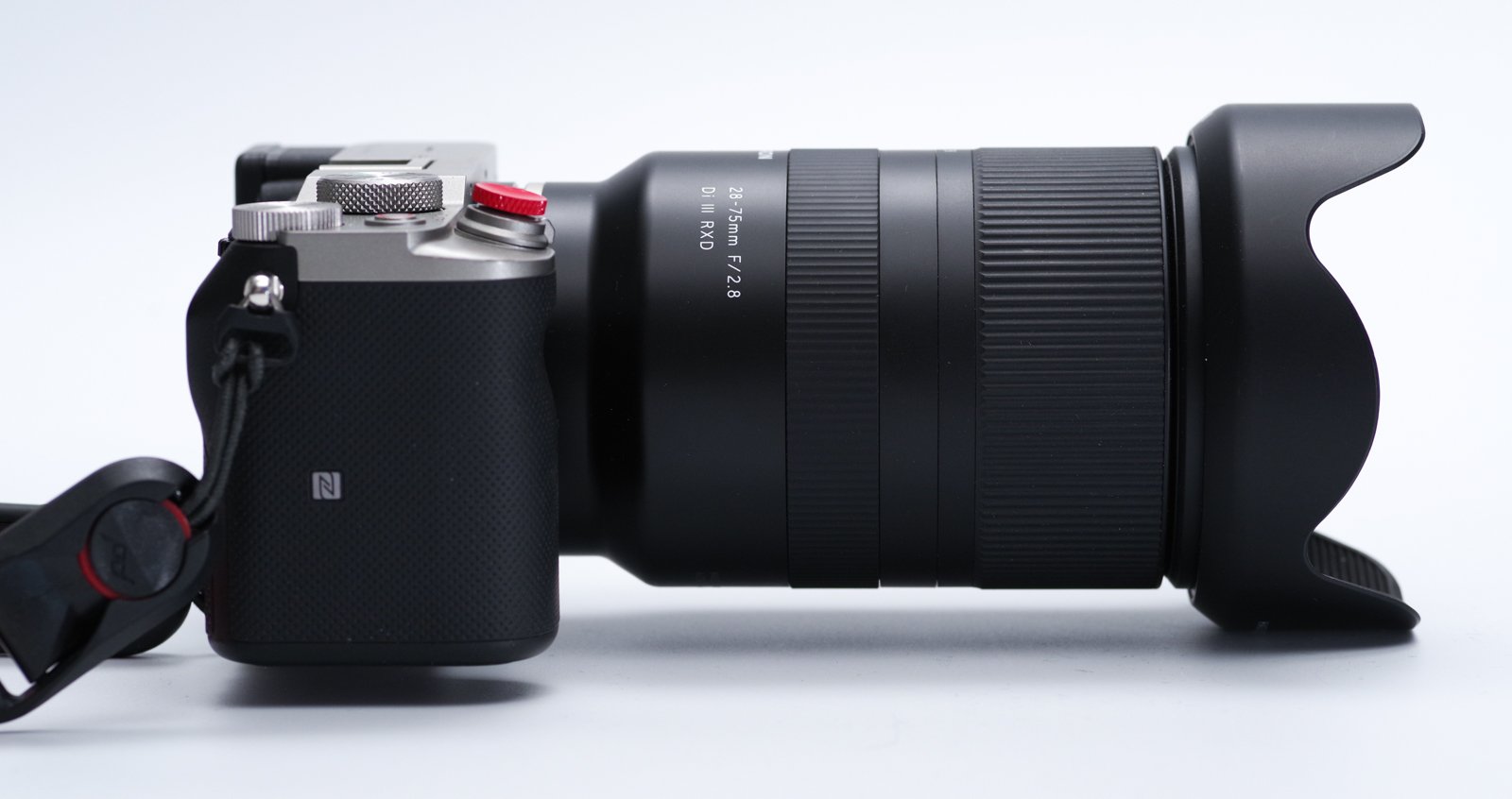
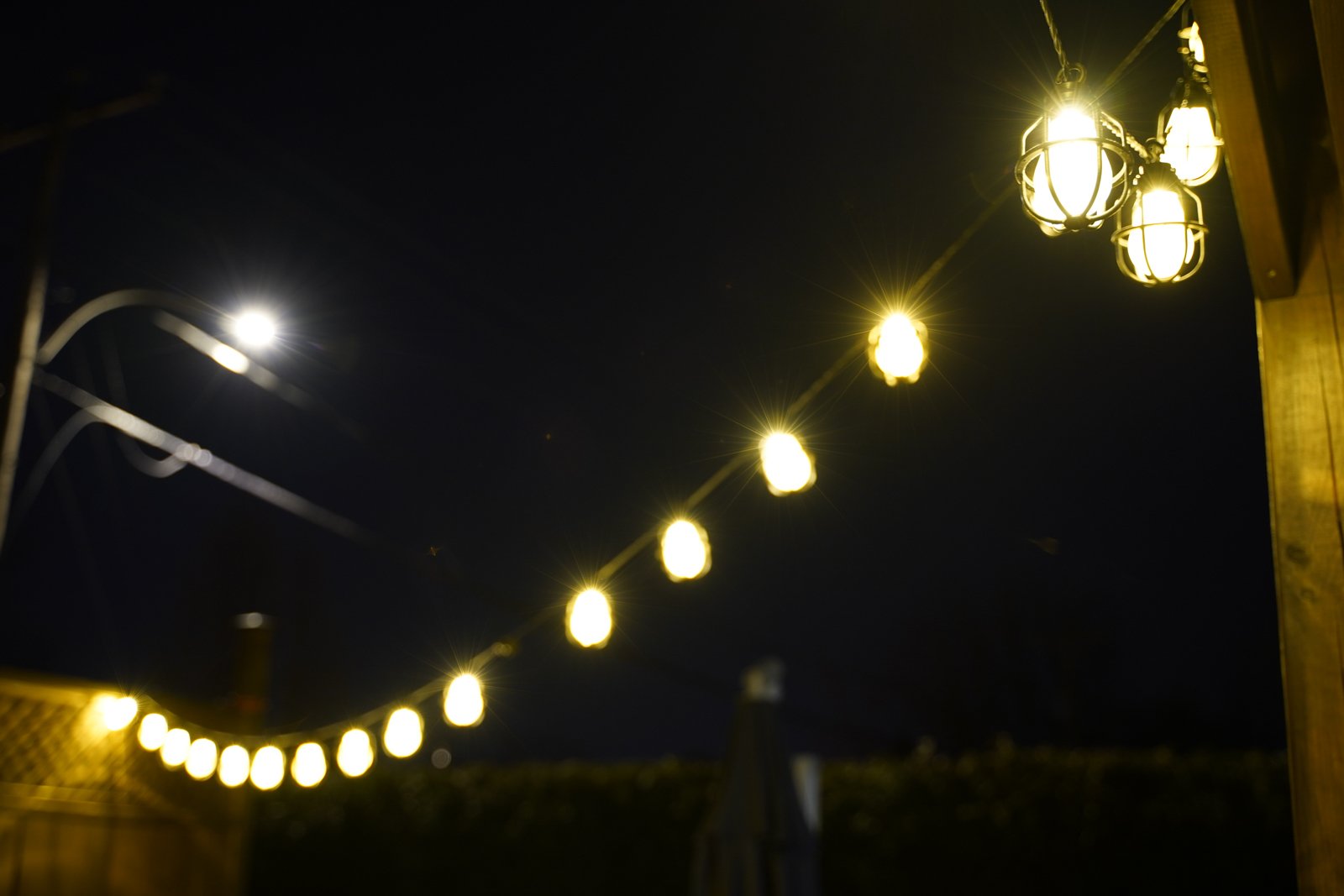
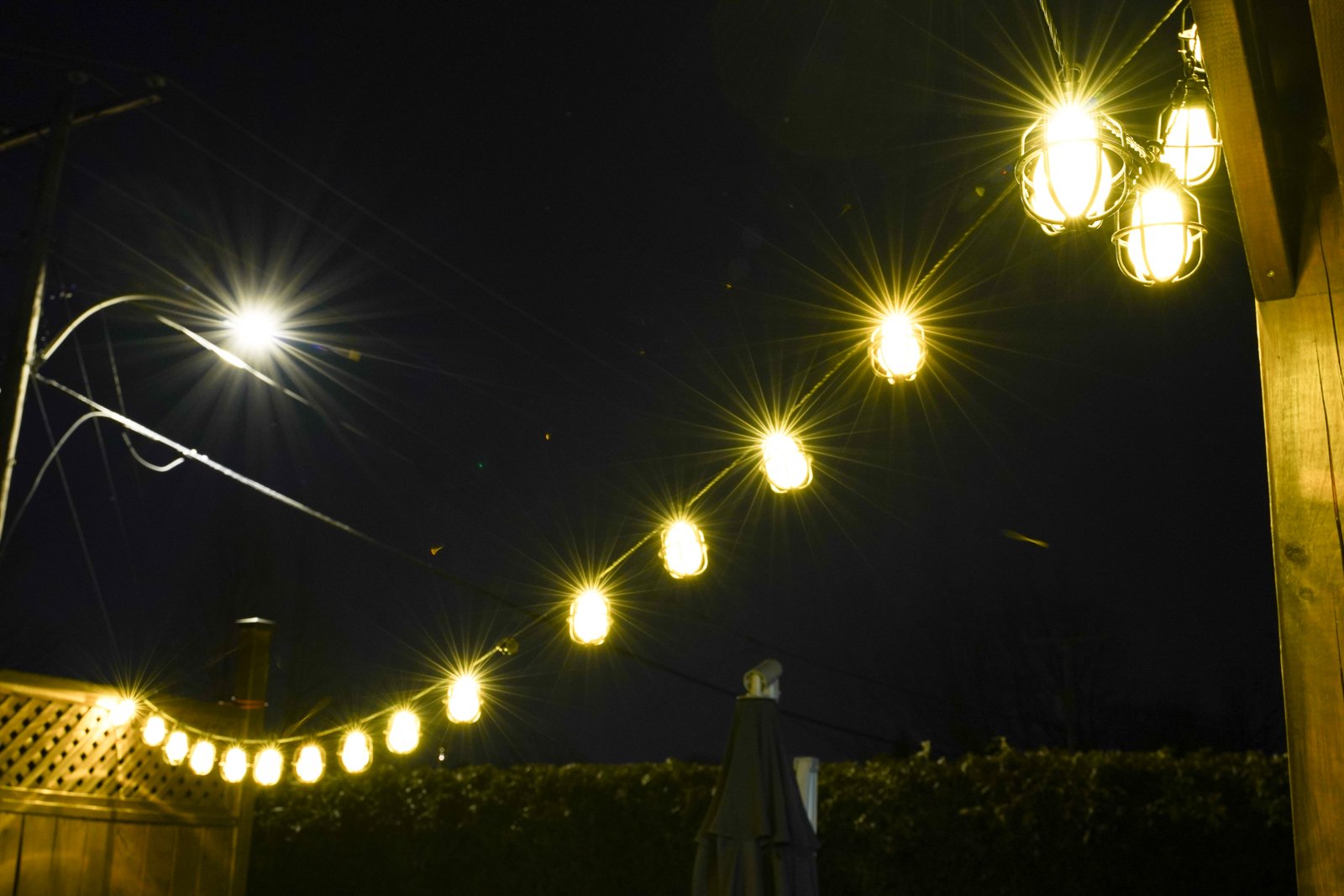
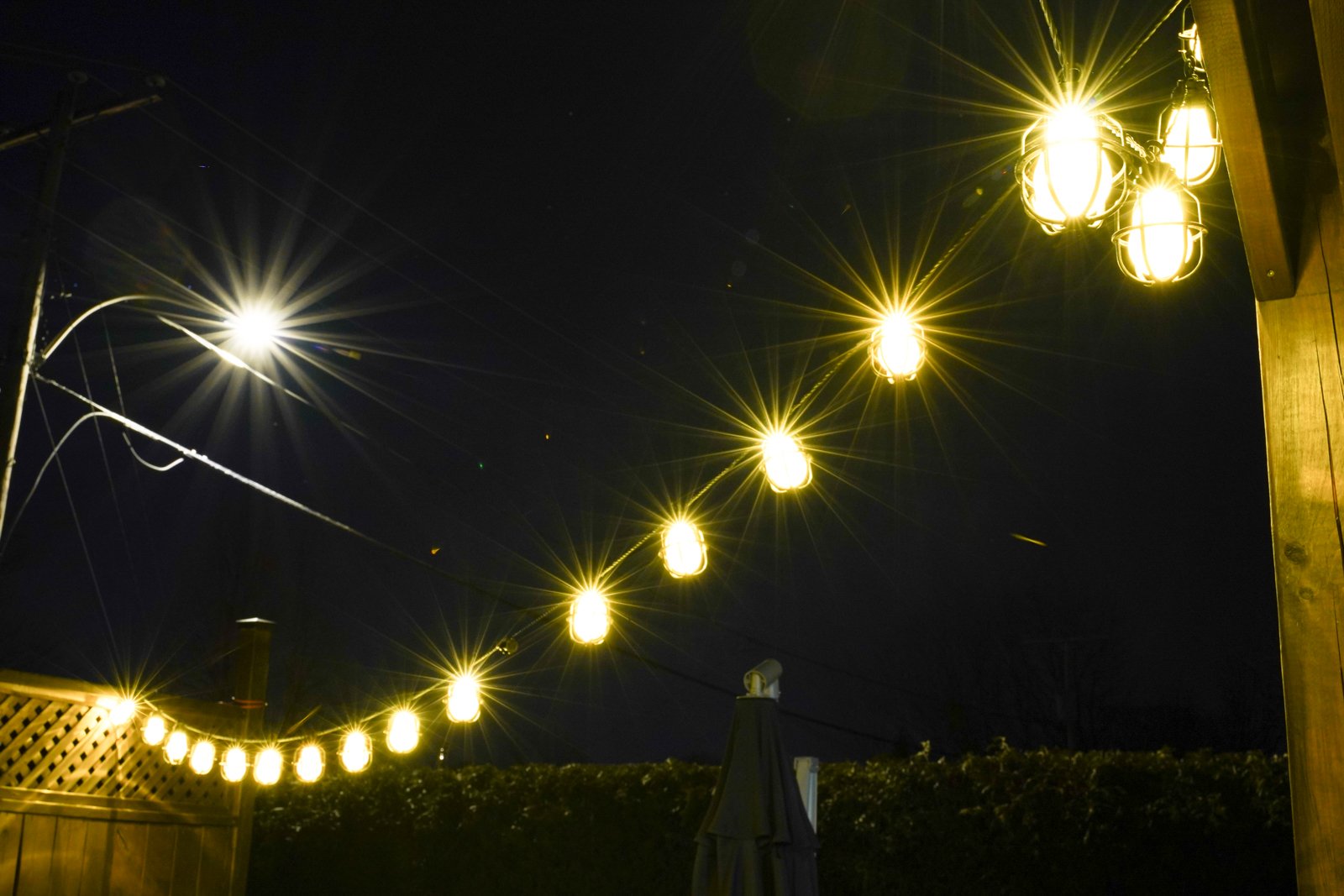





Leave a Reply